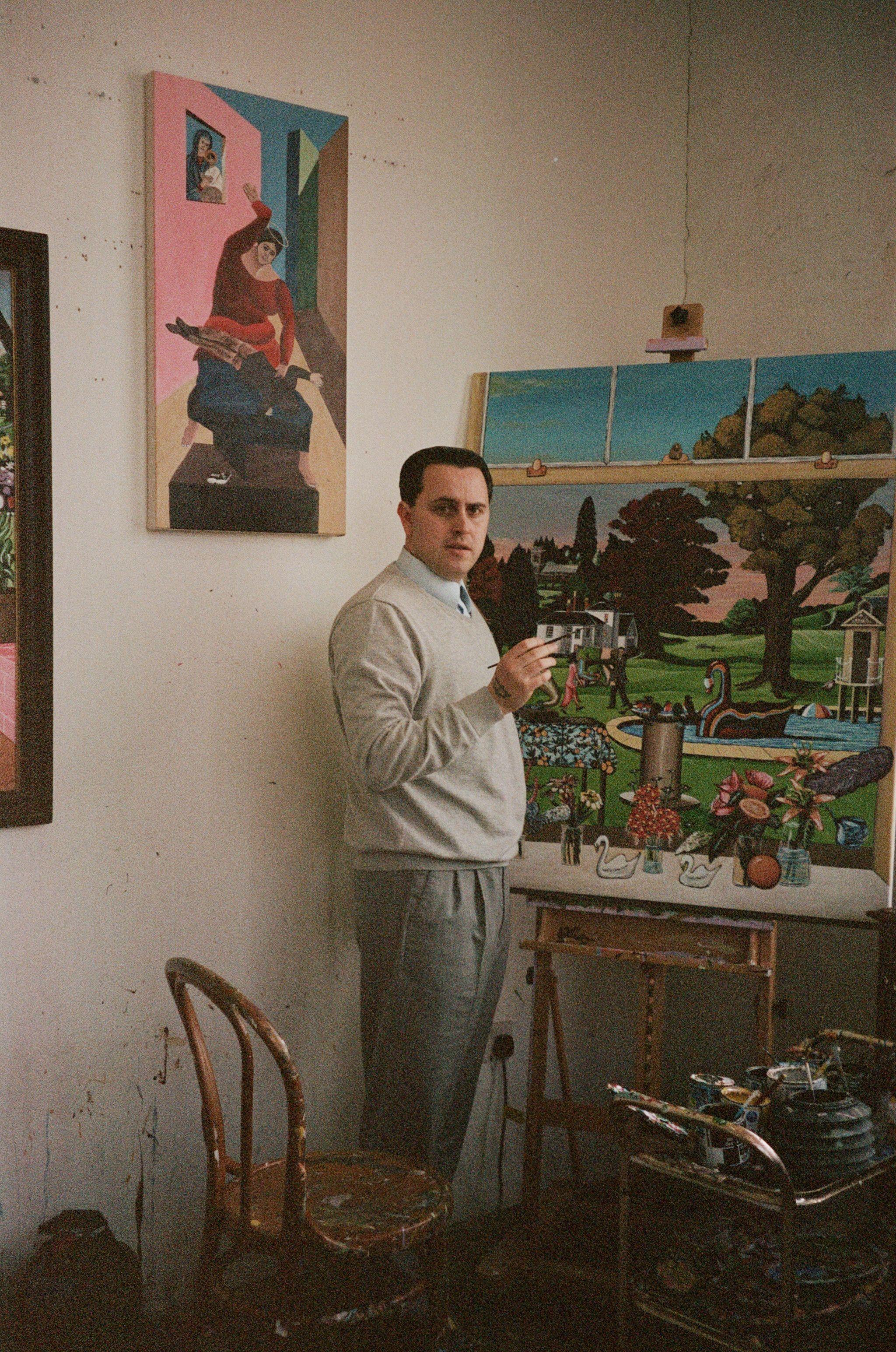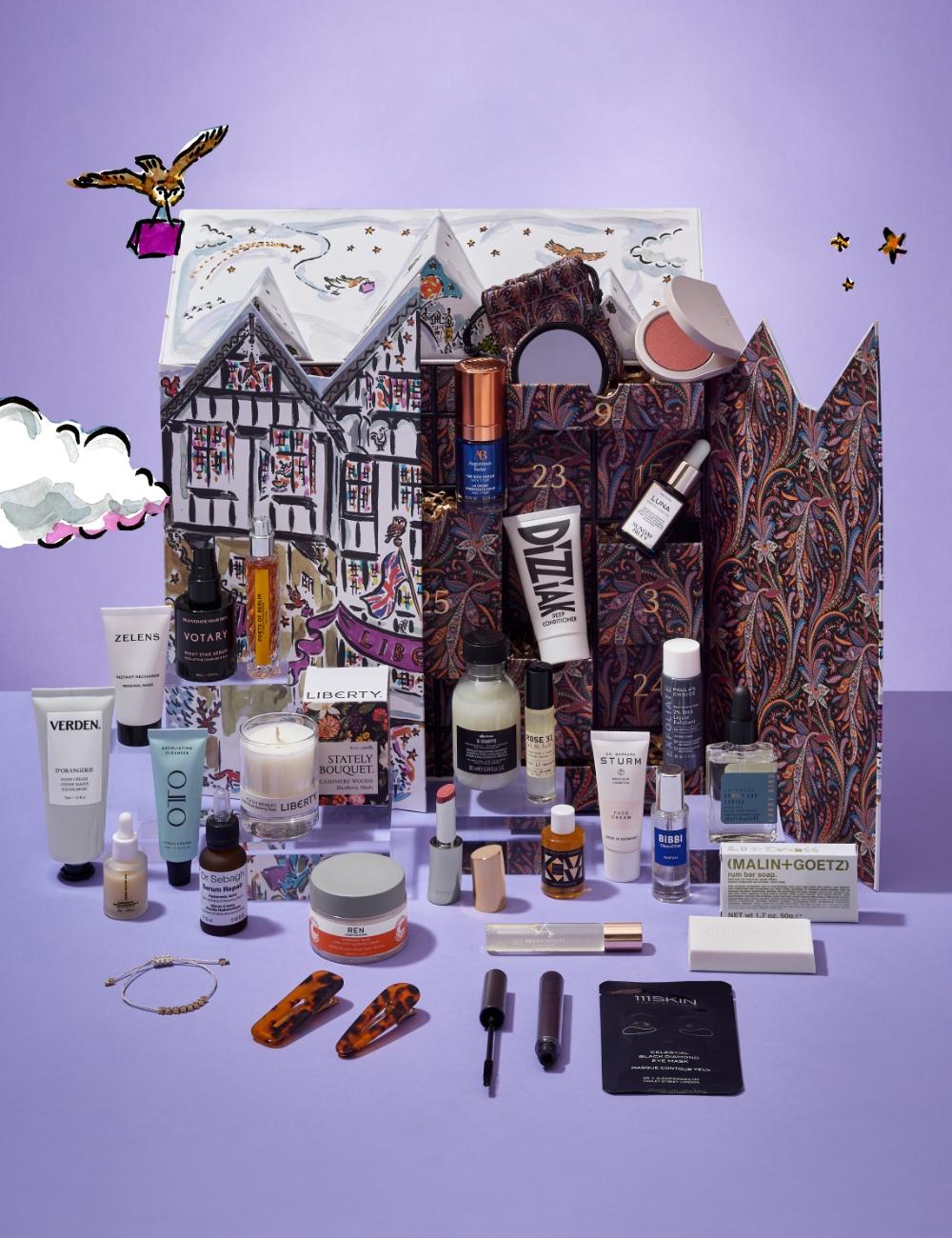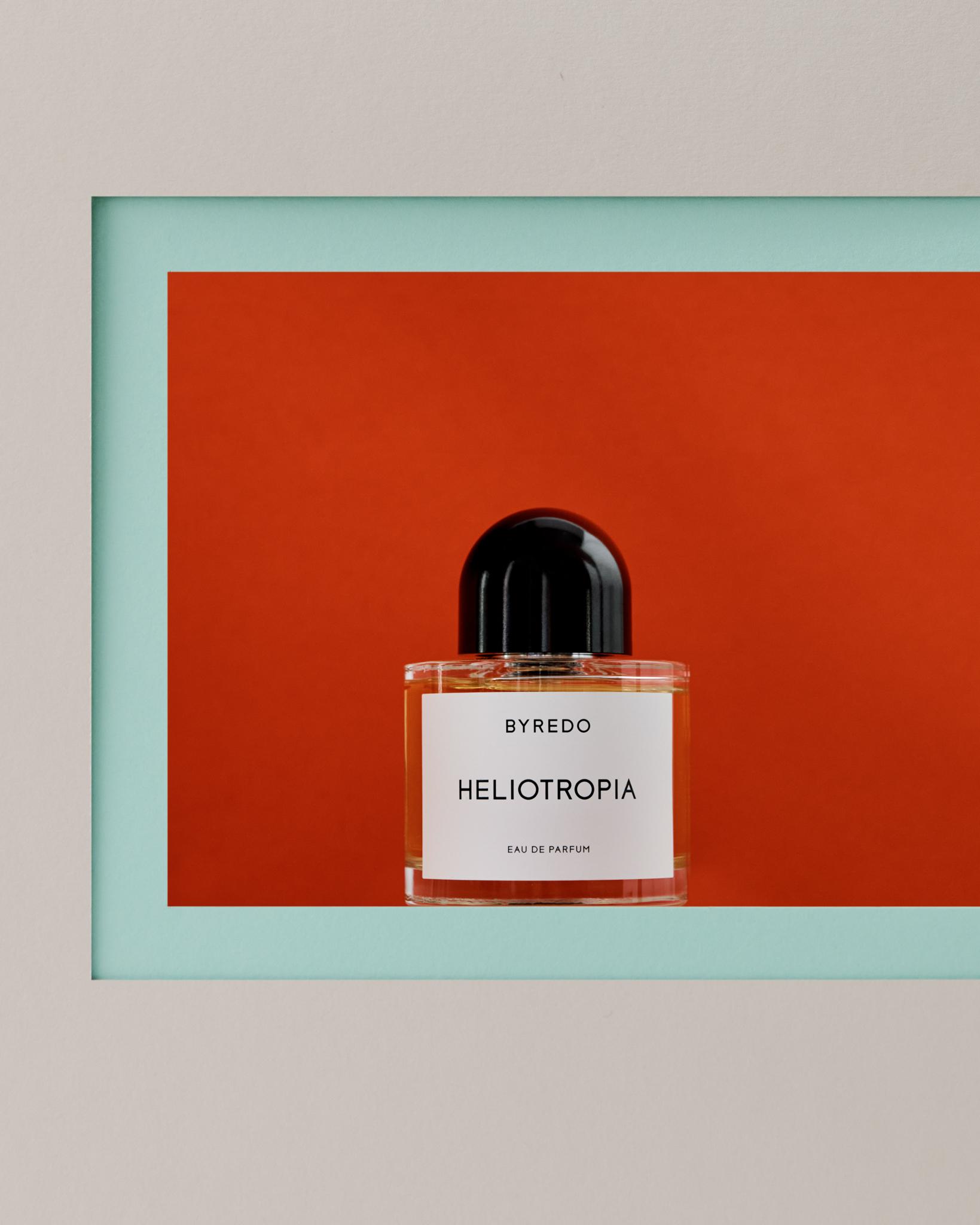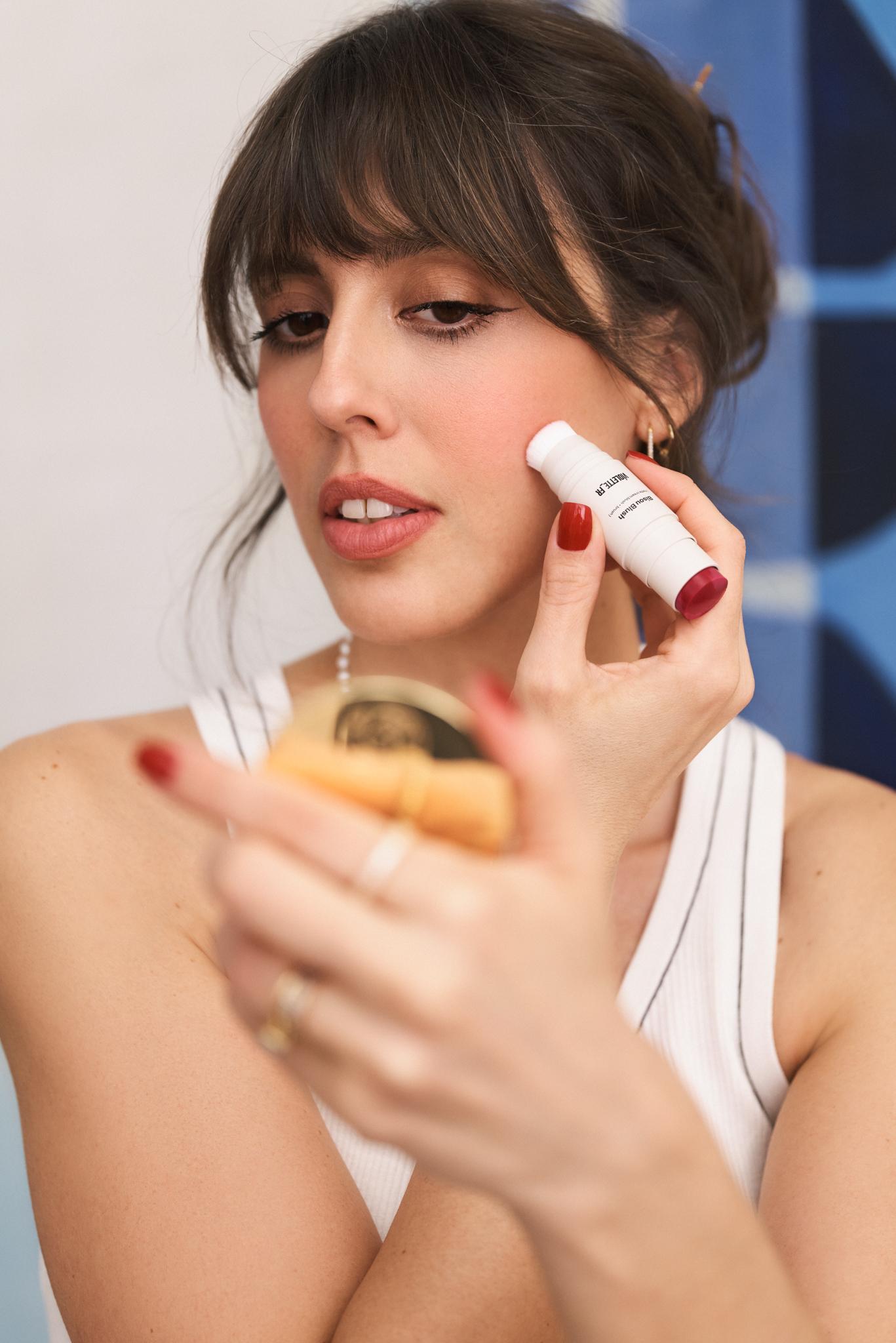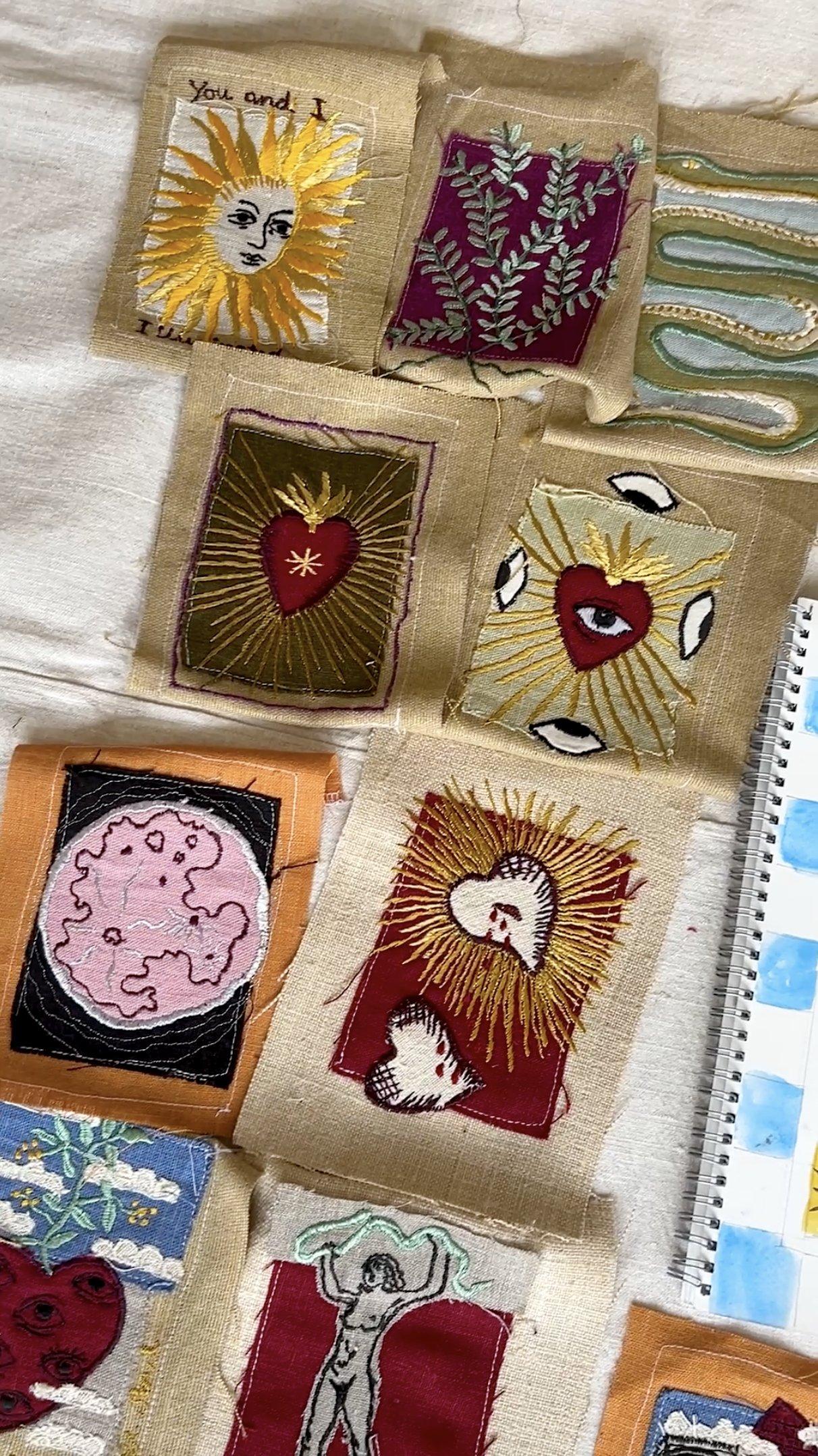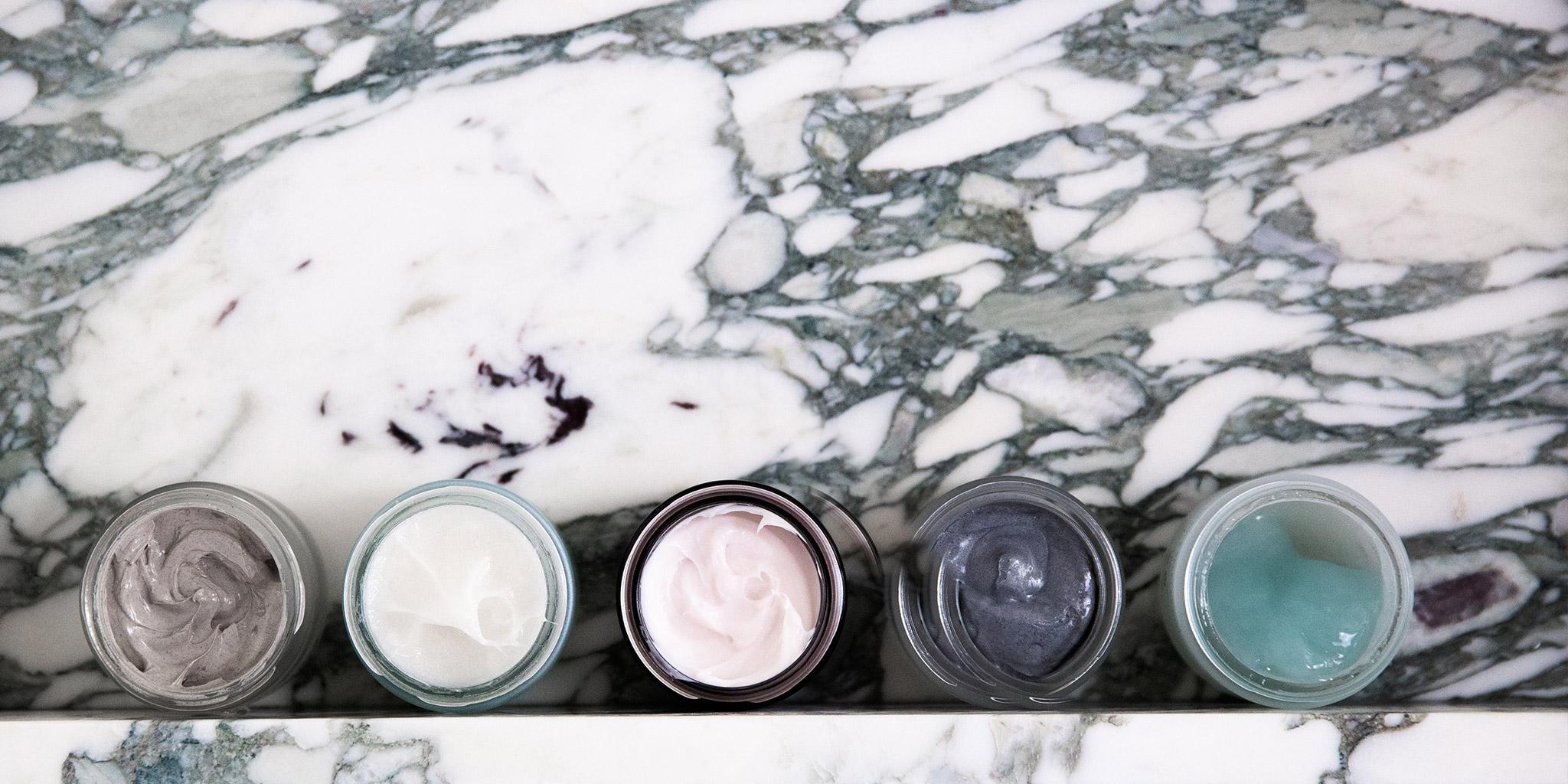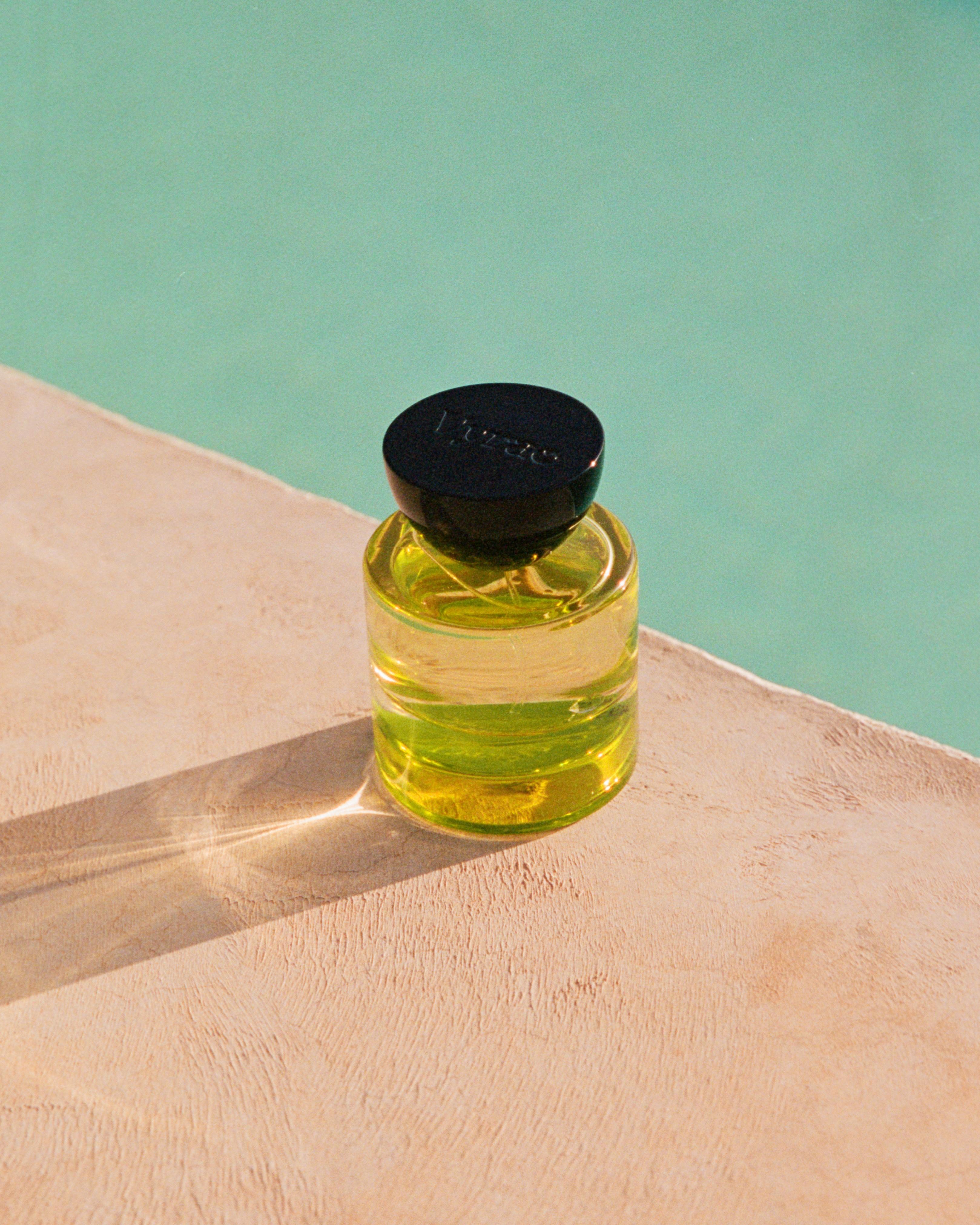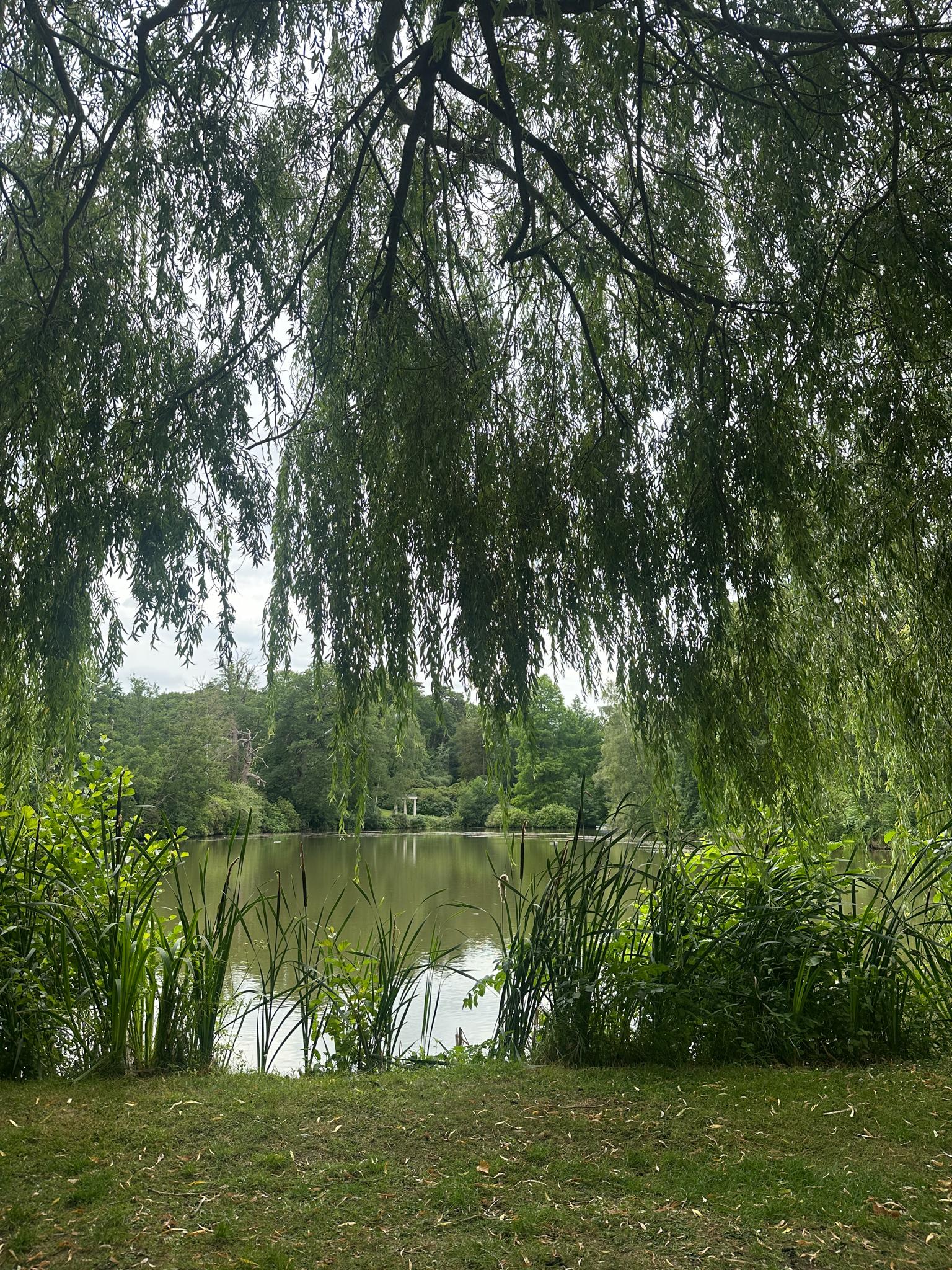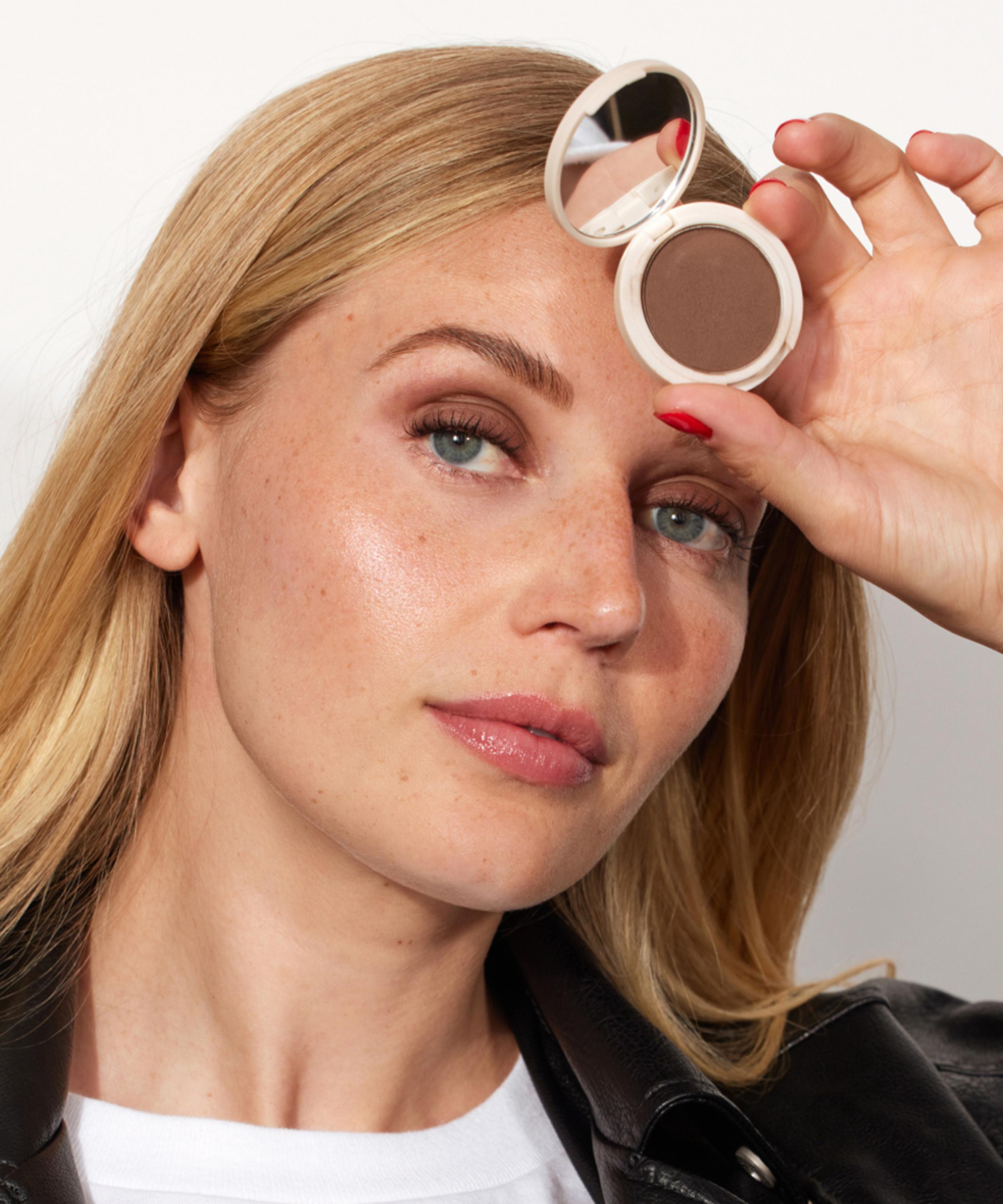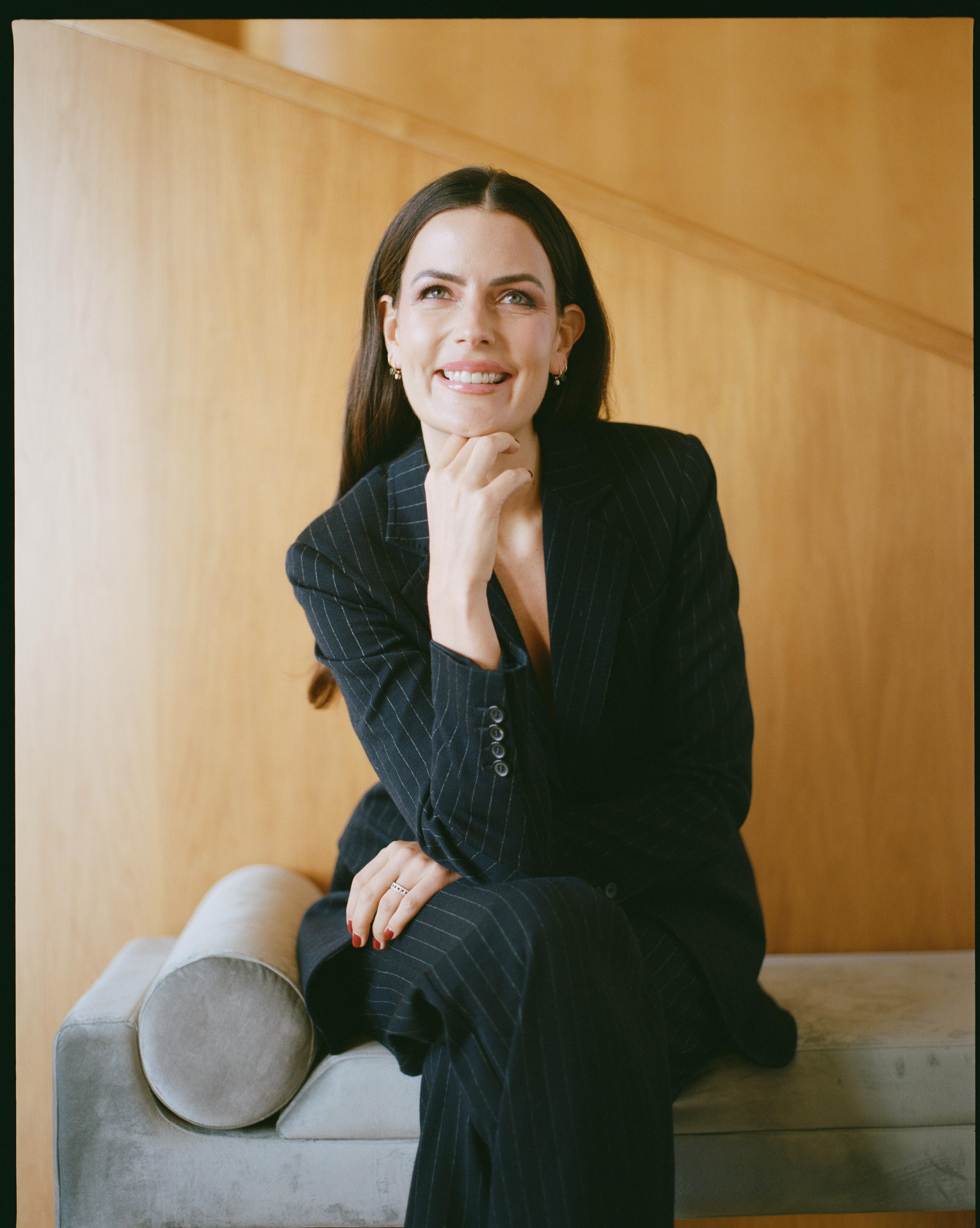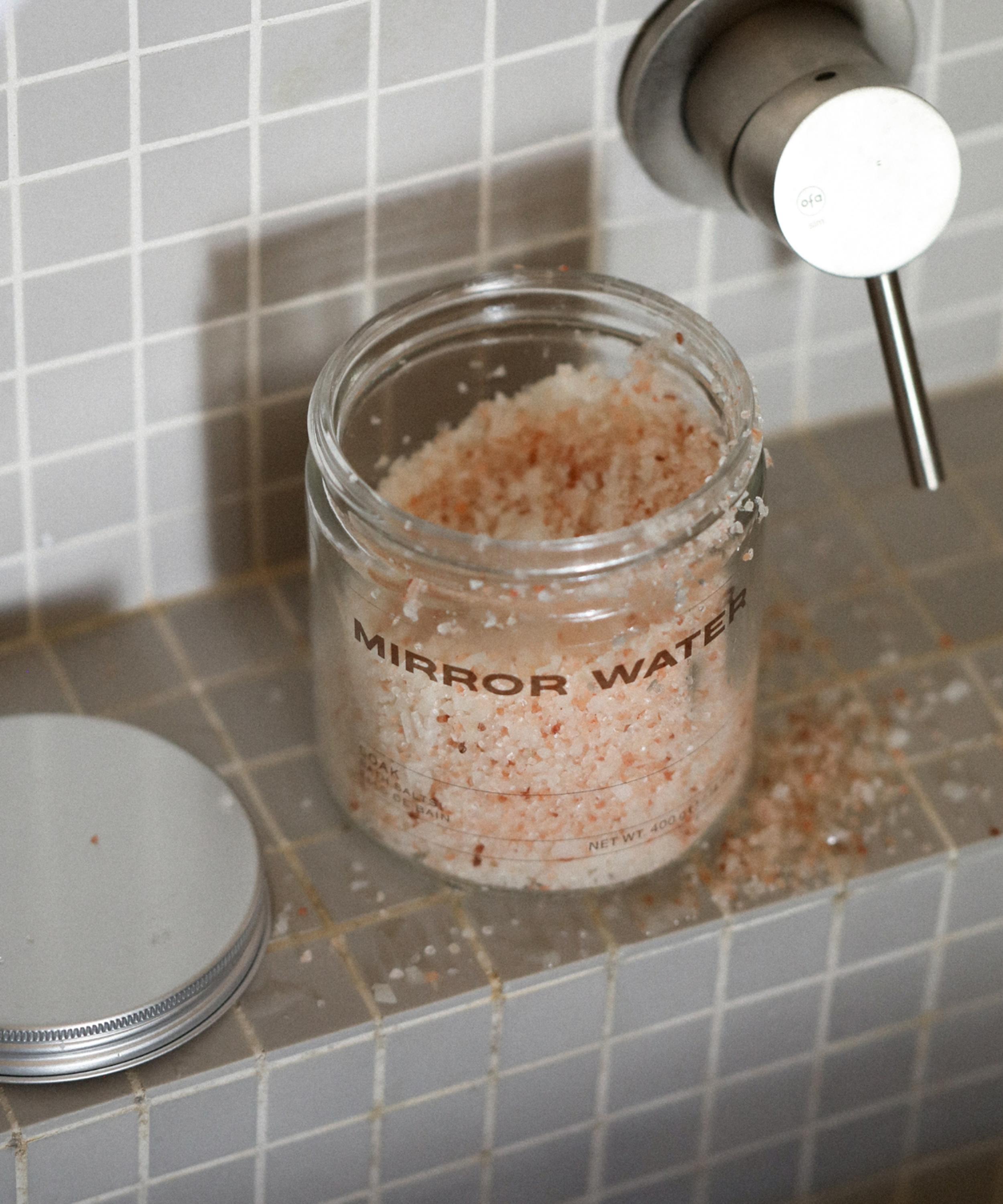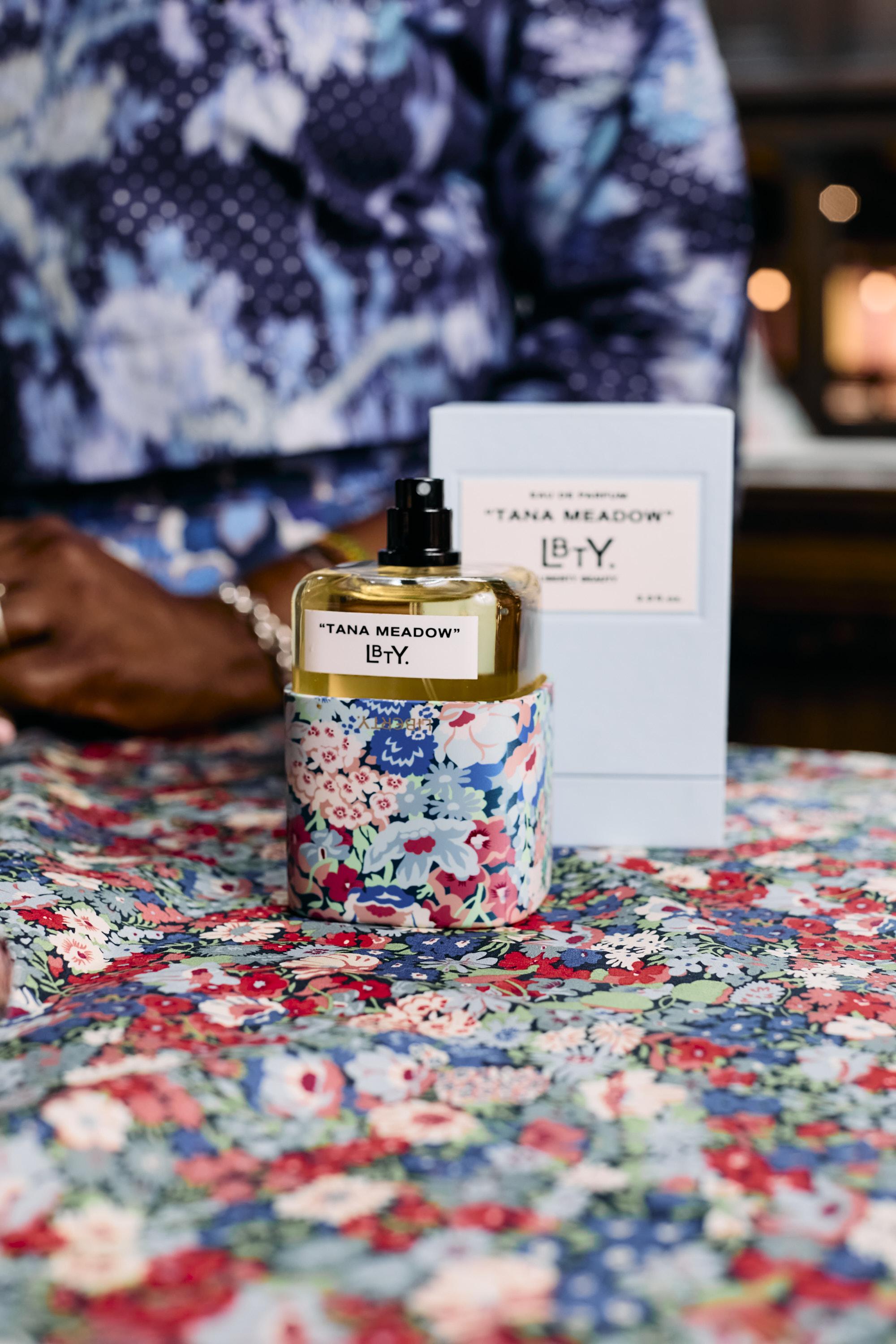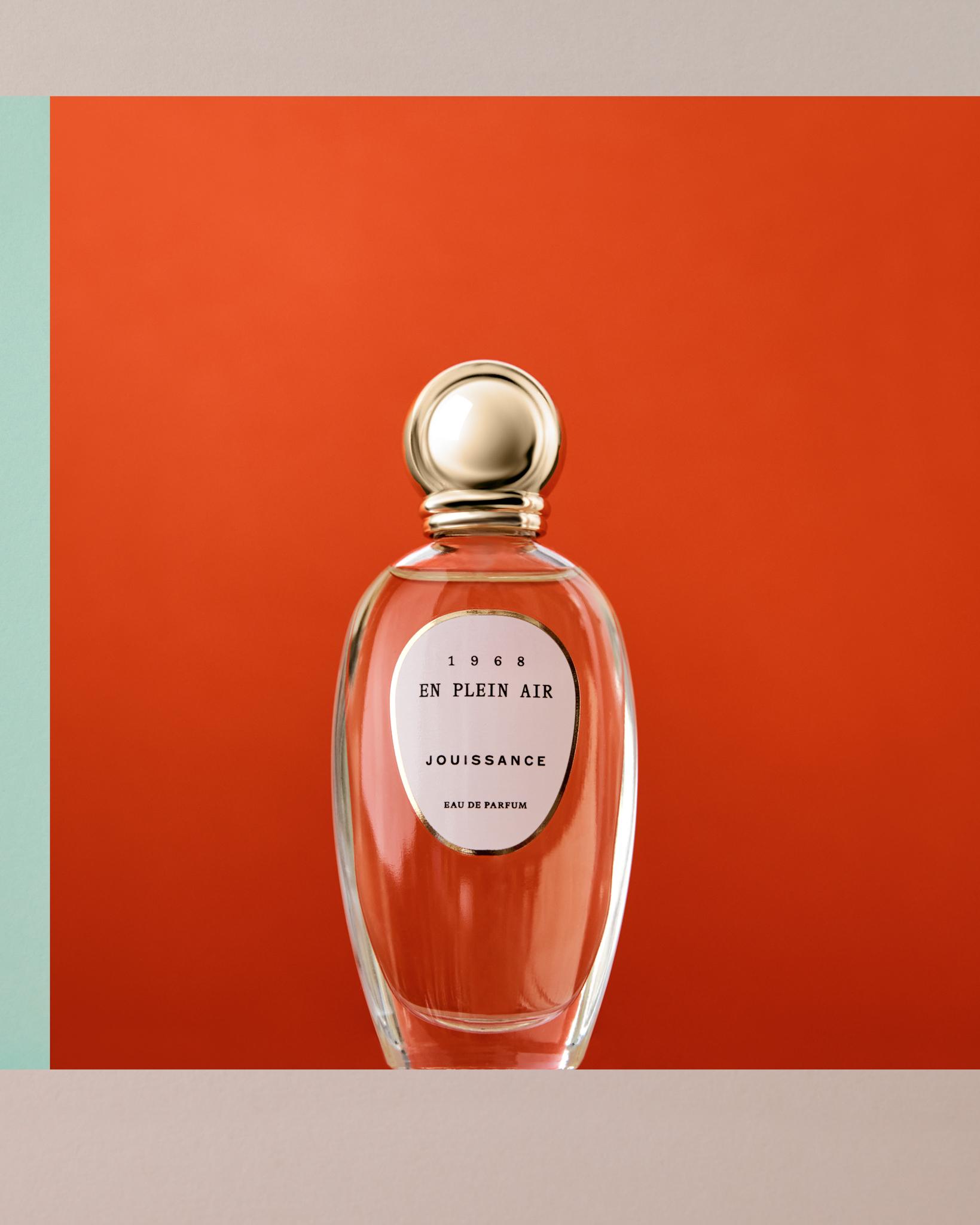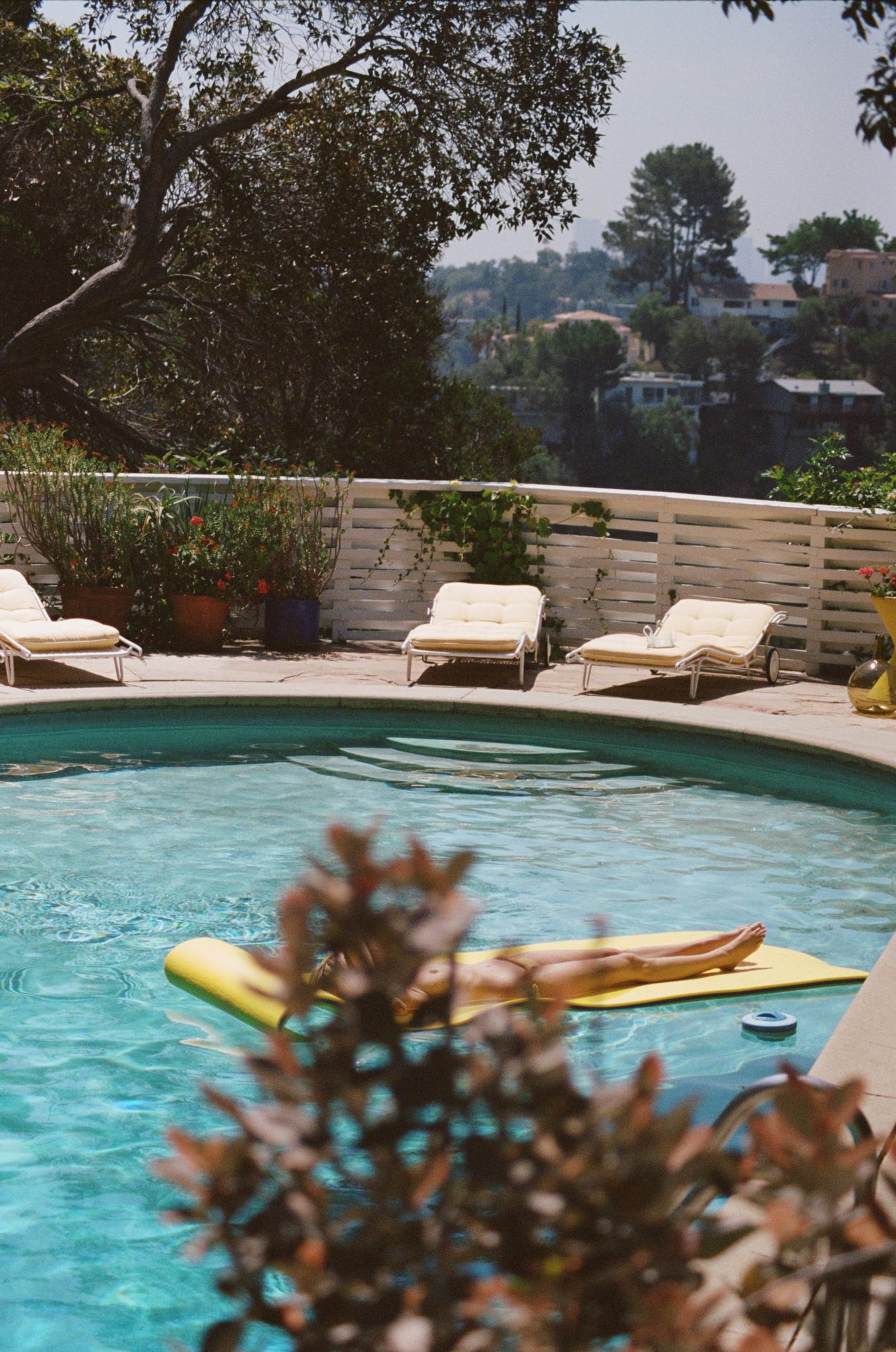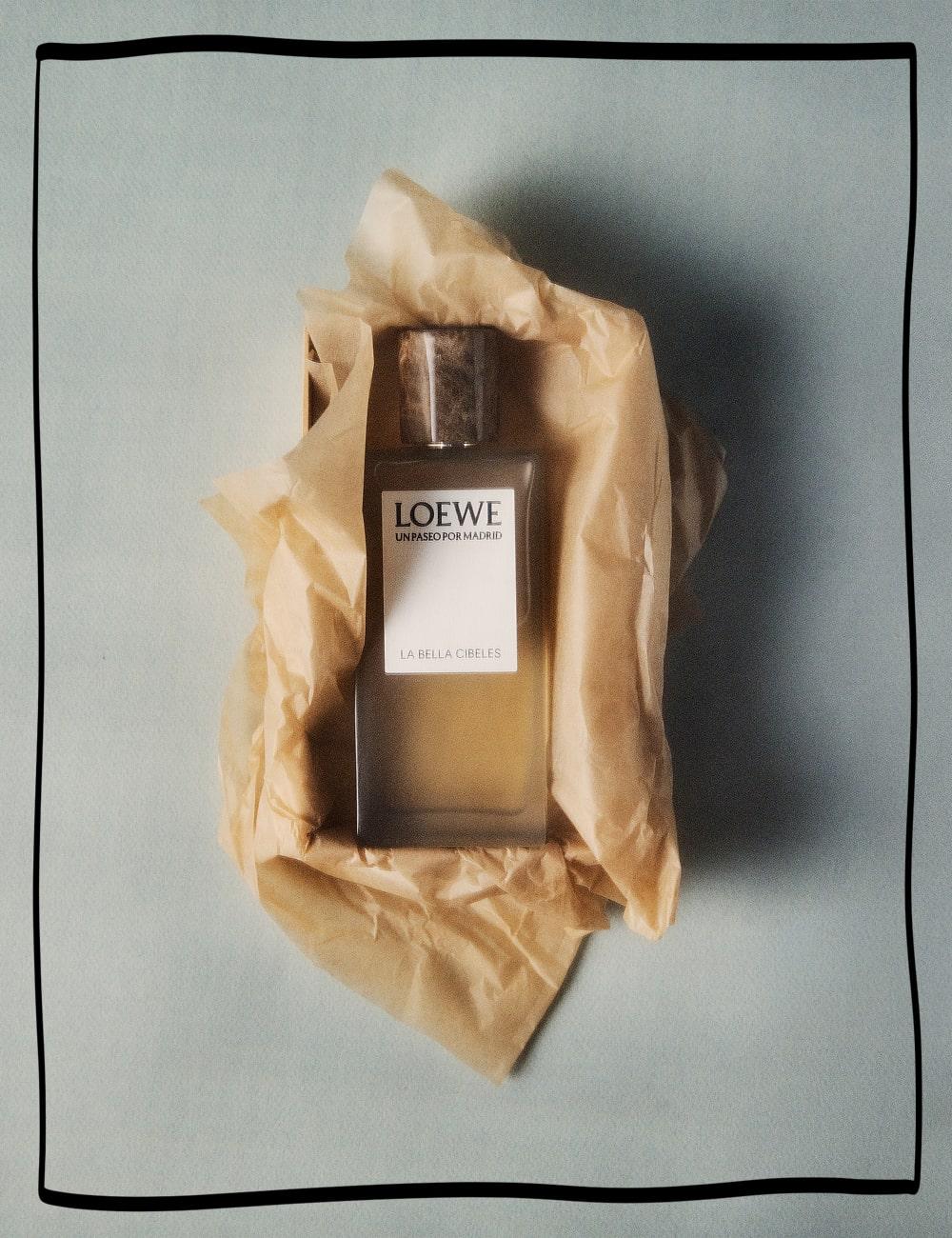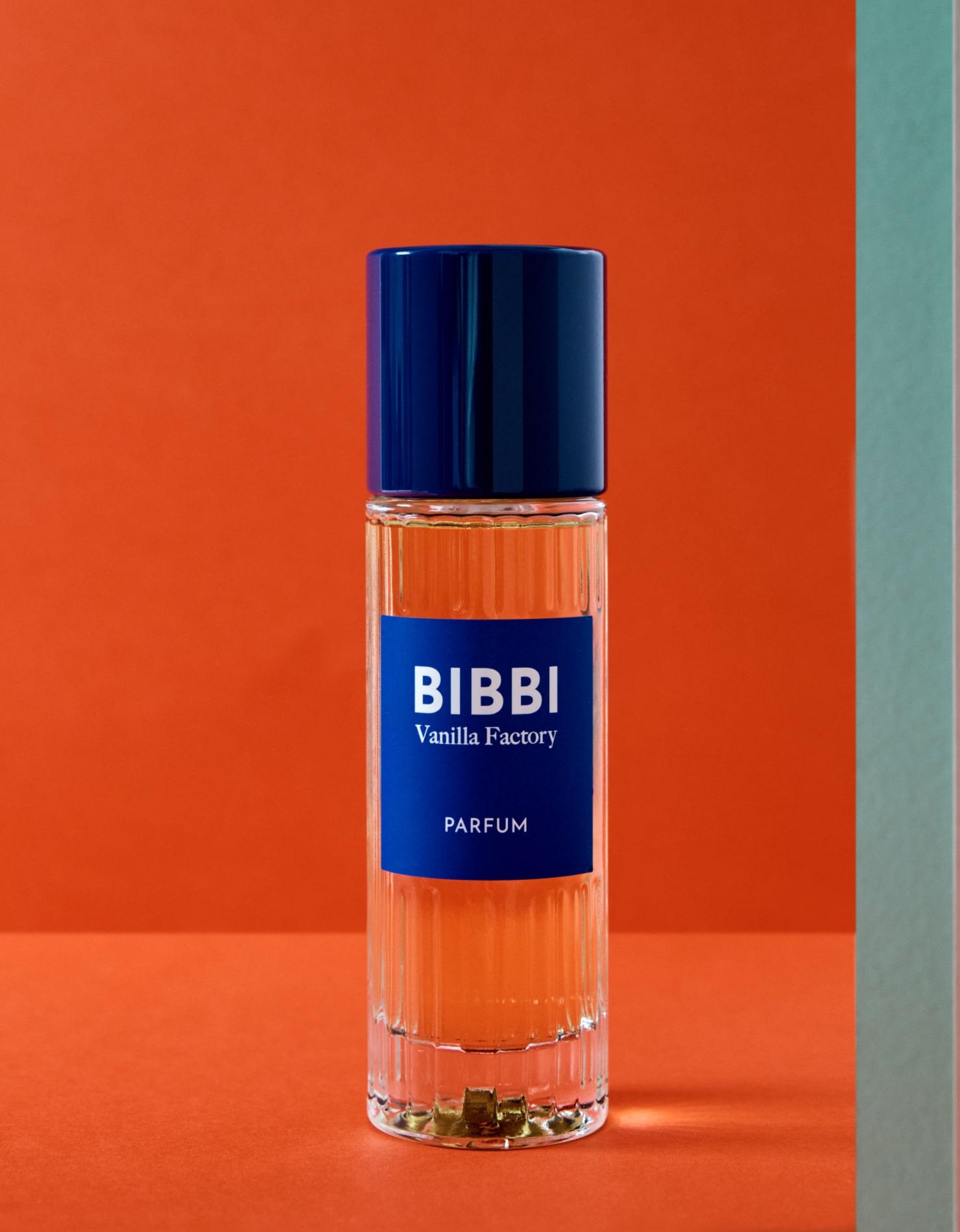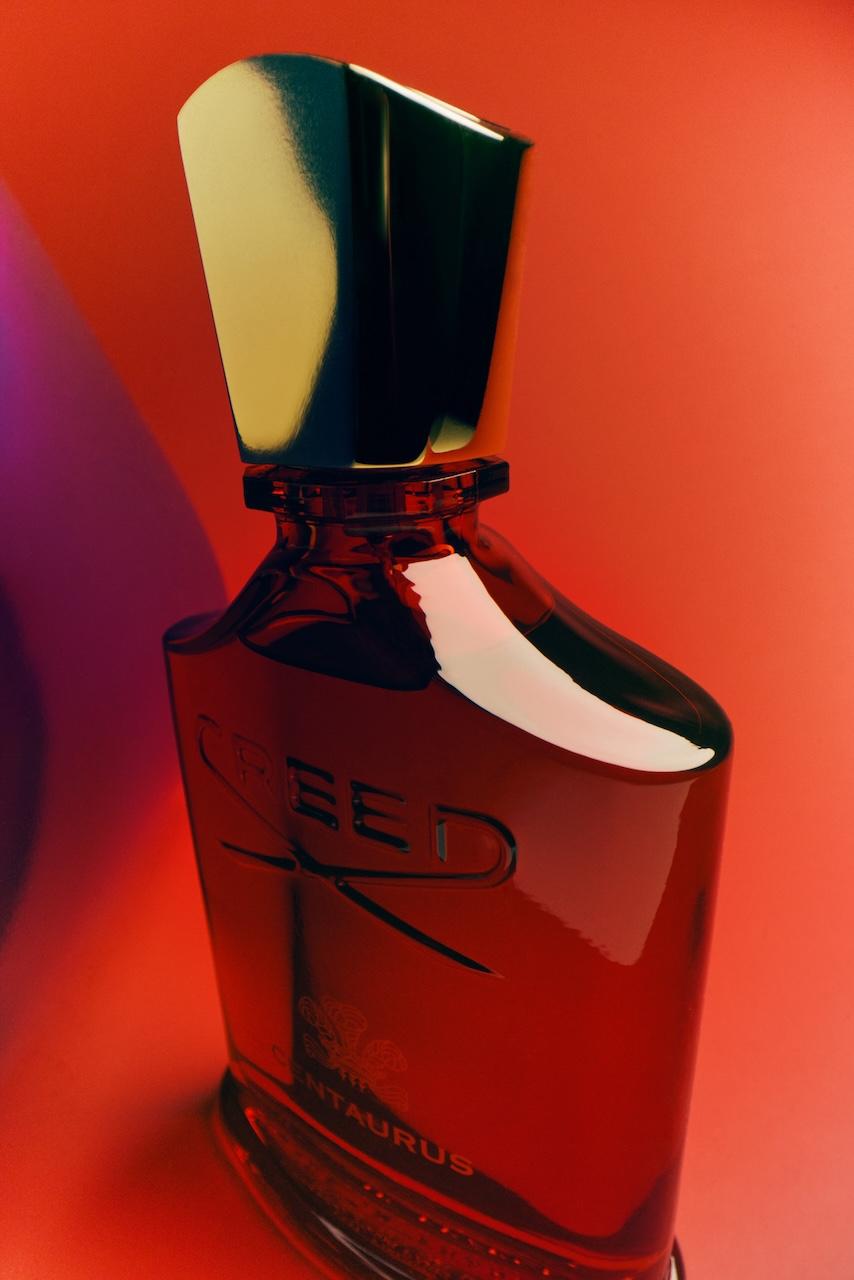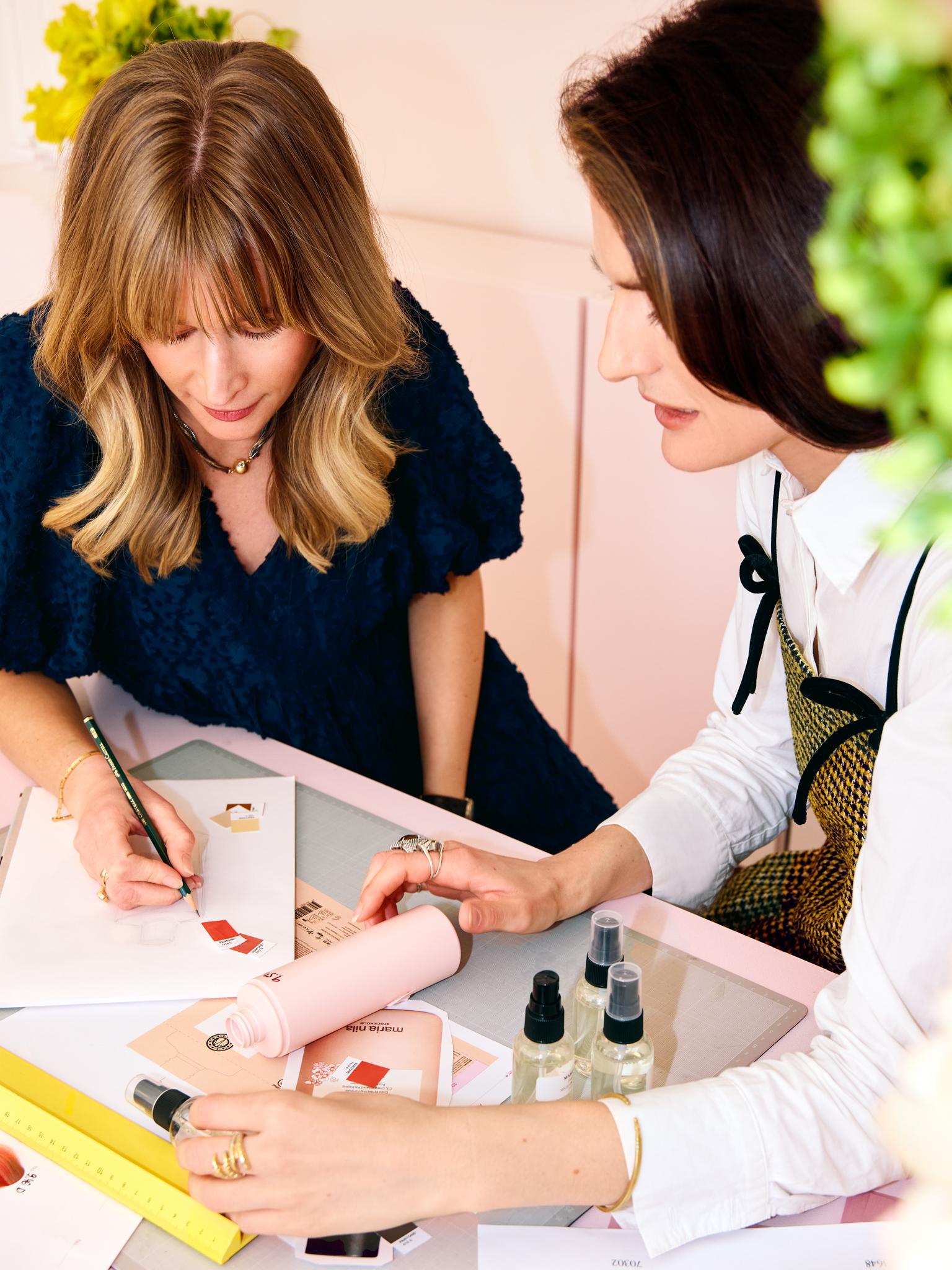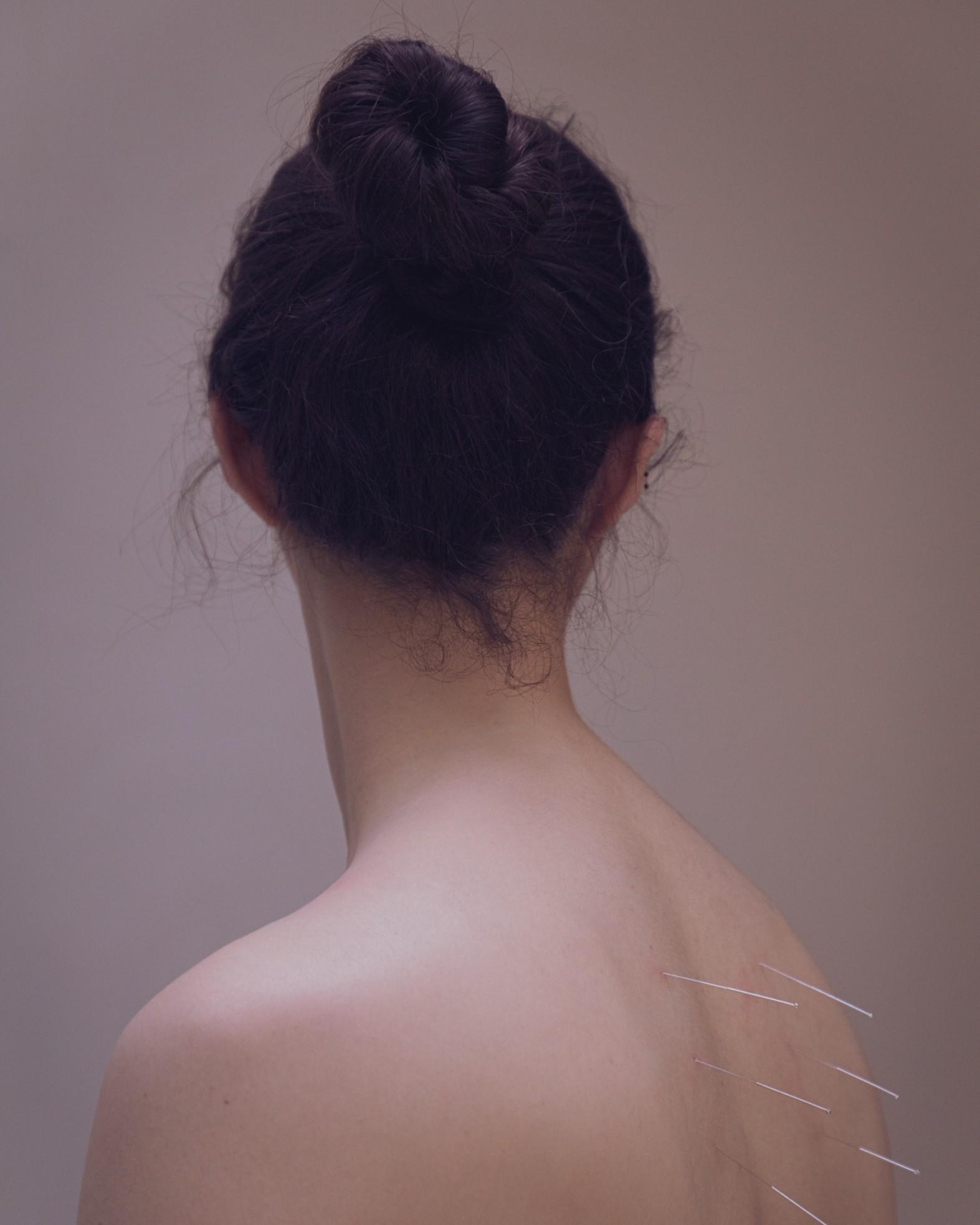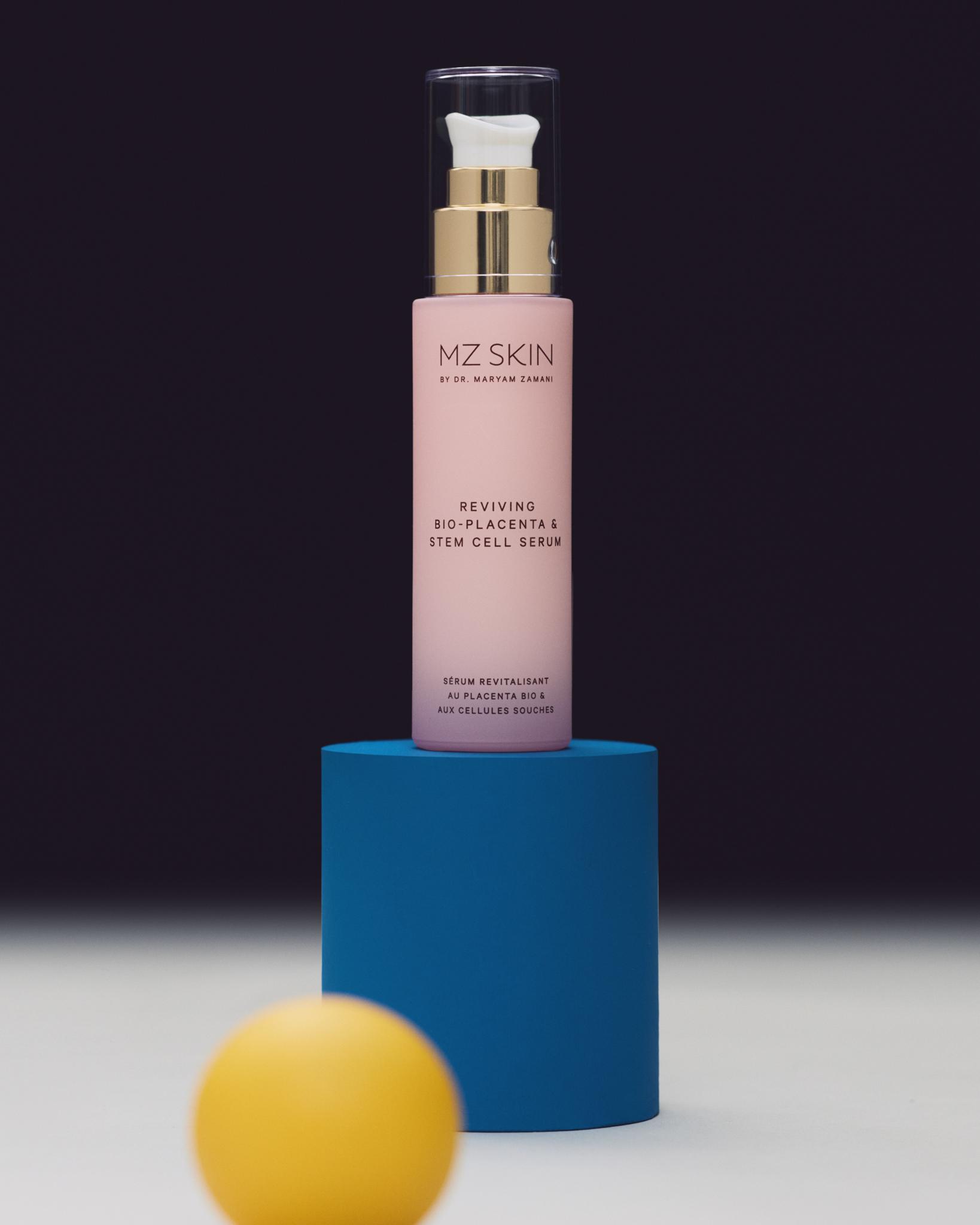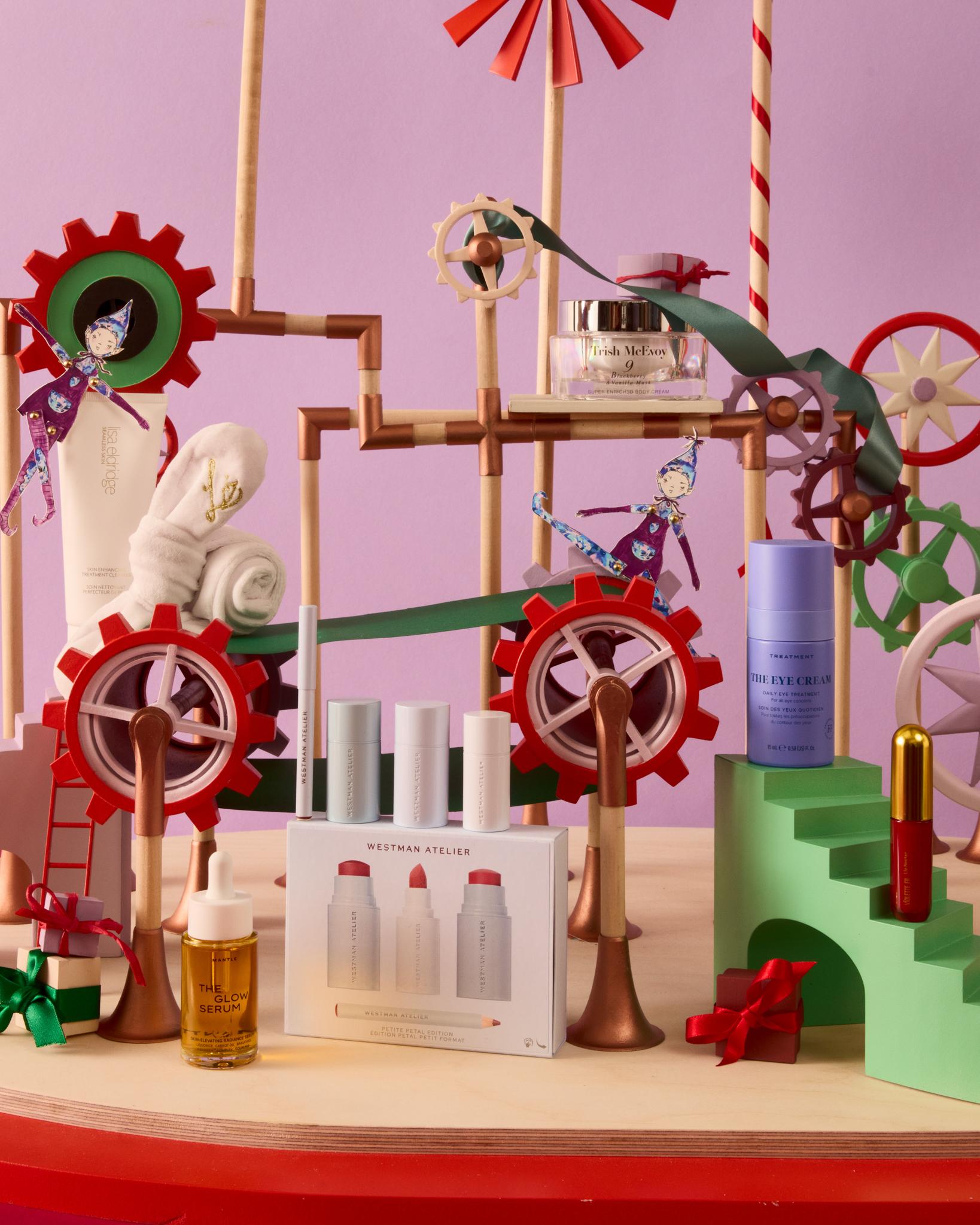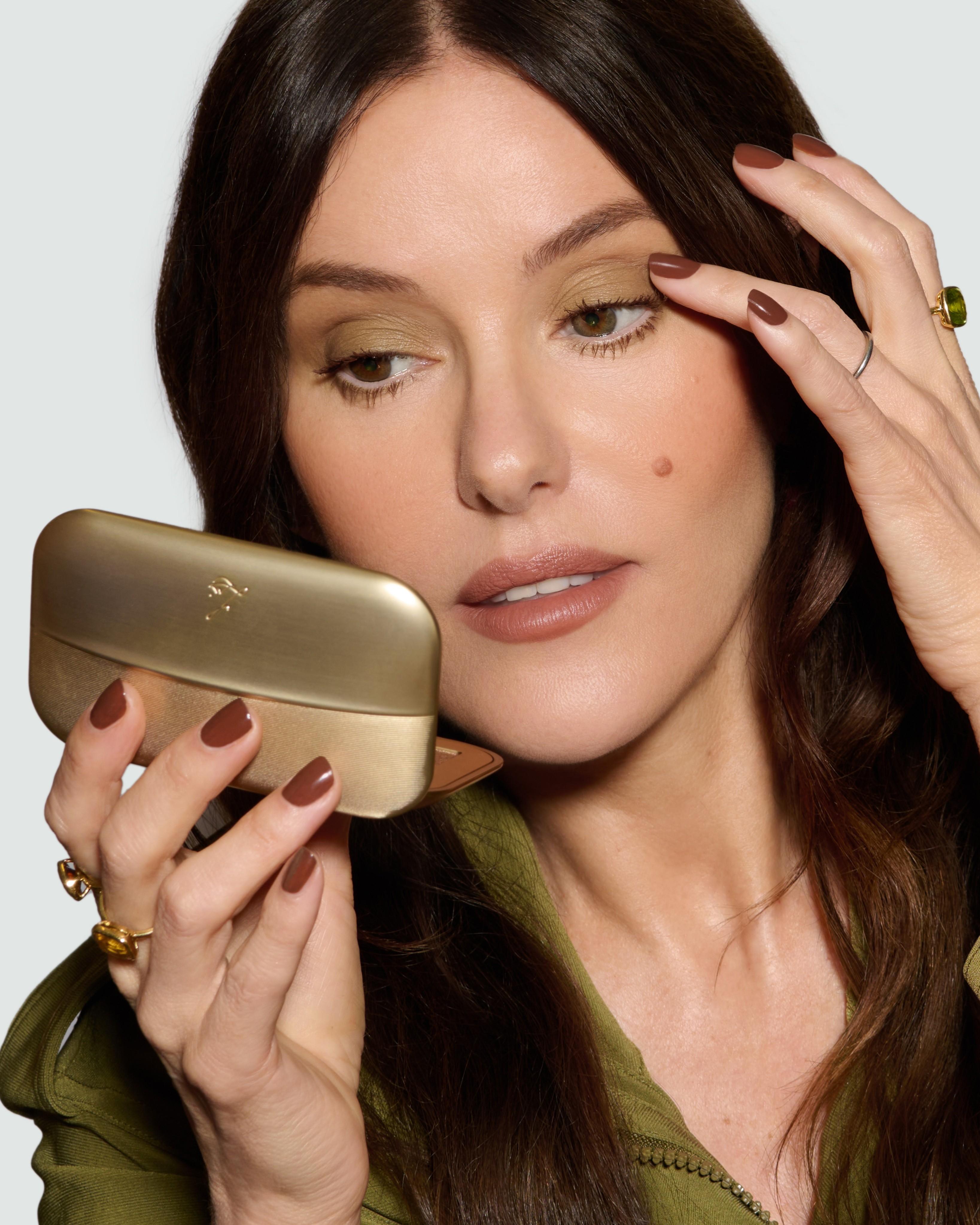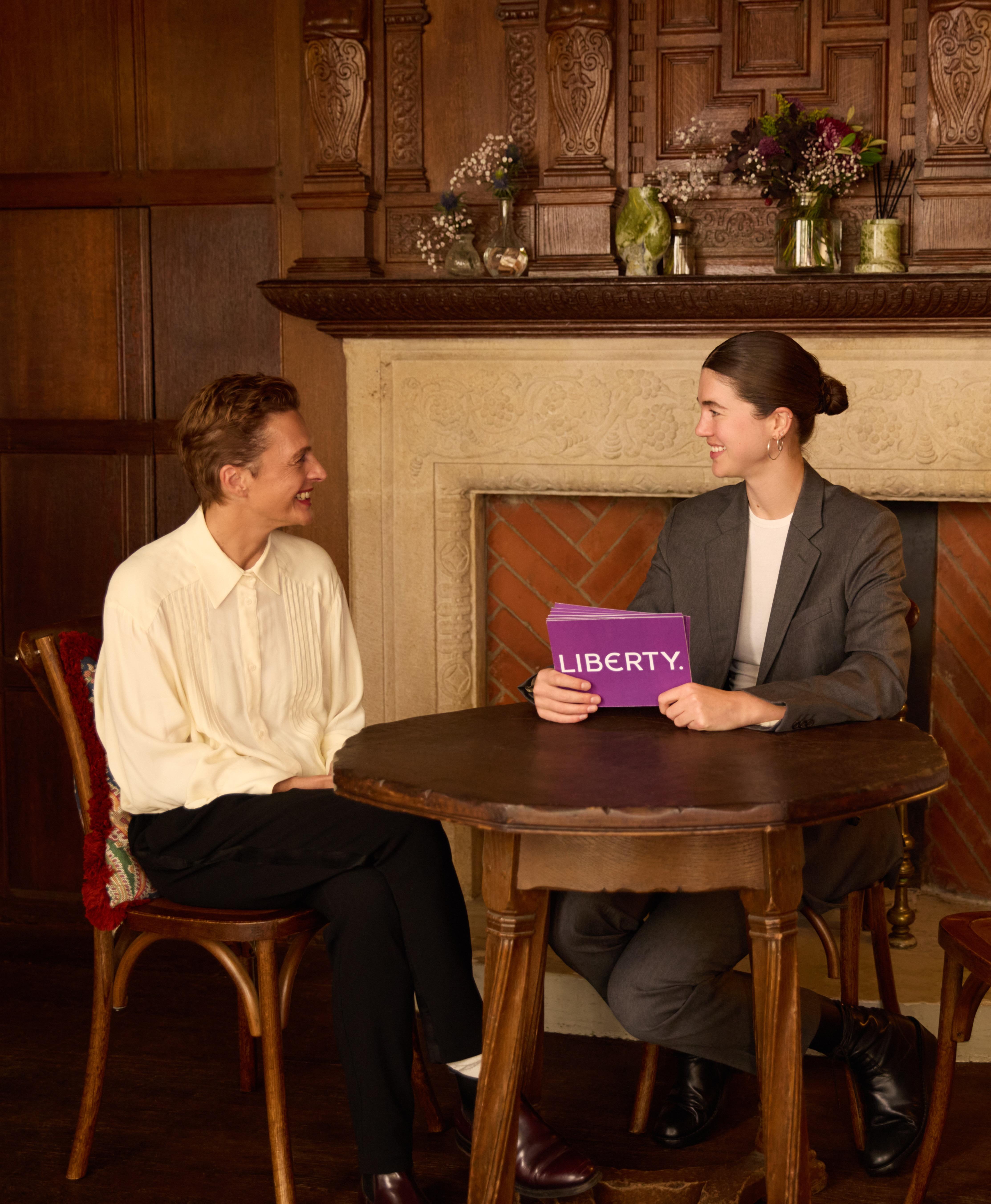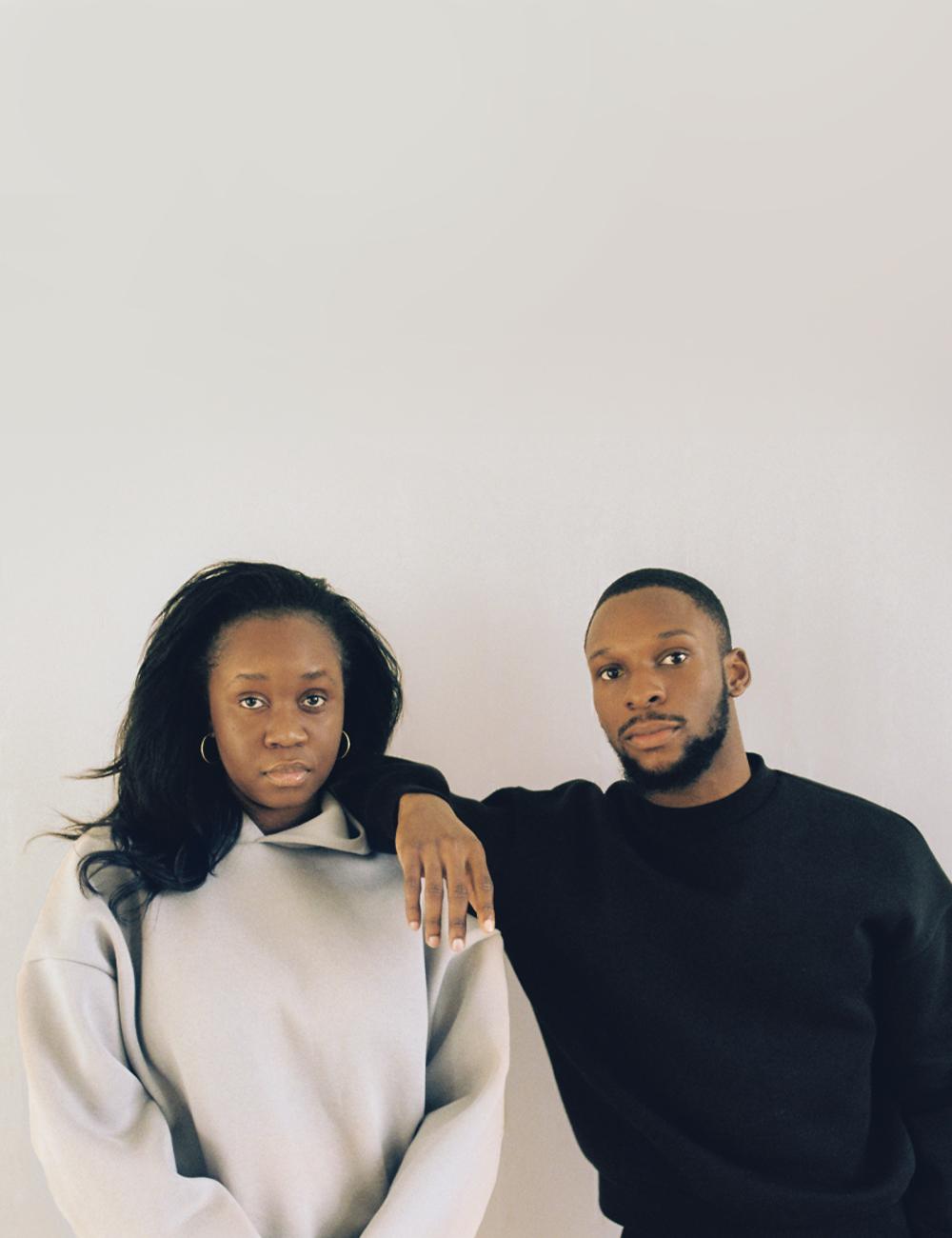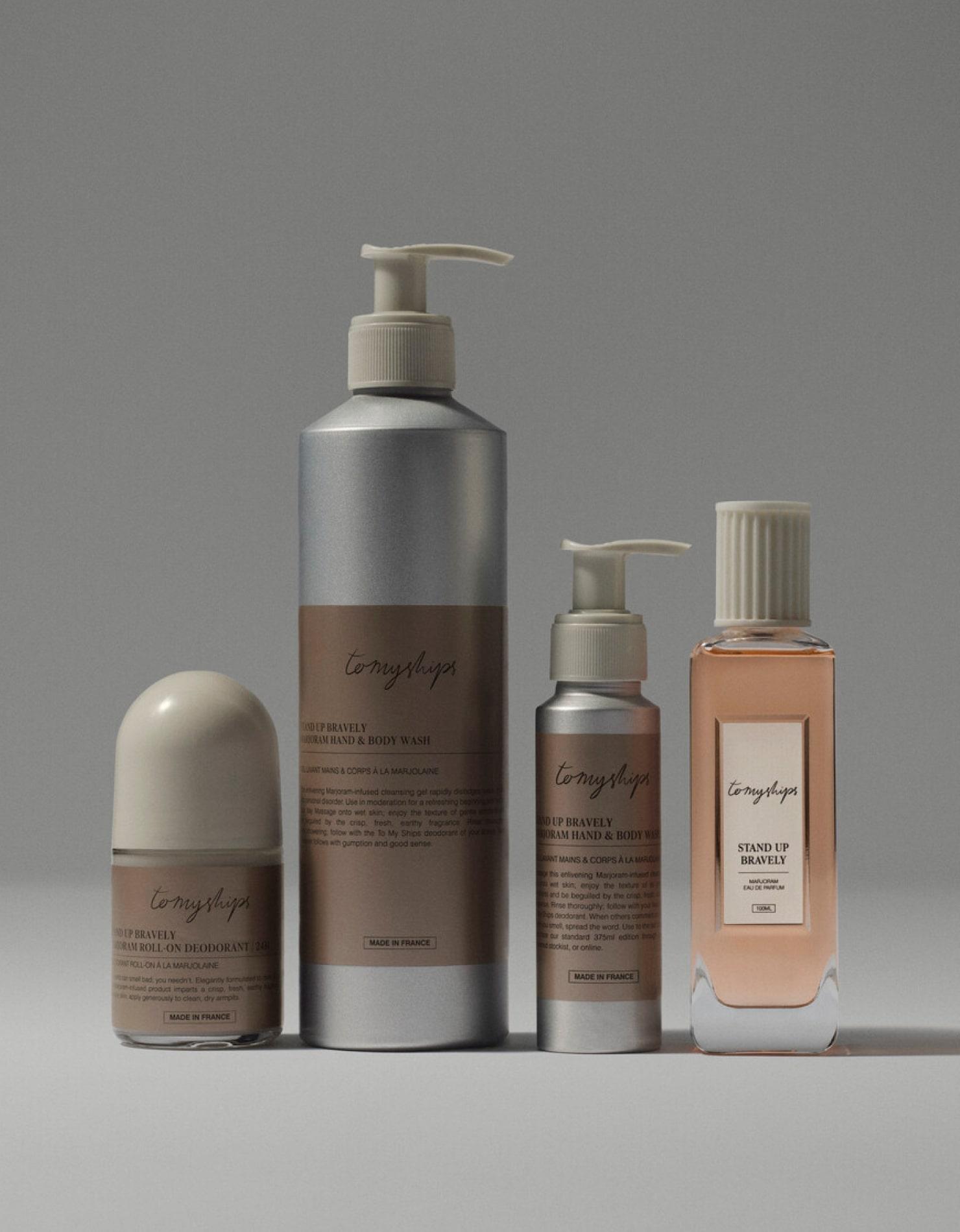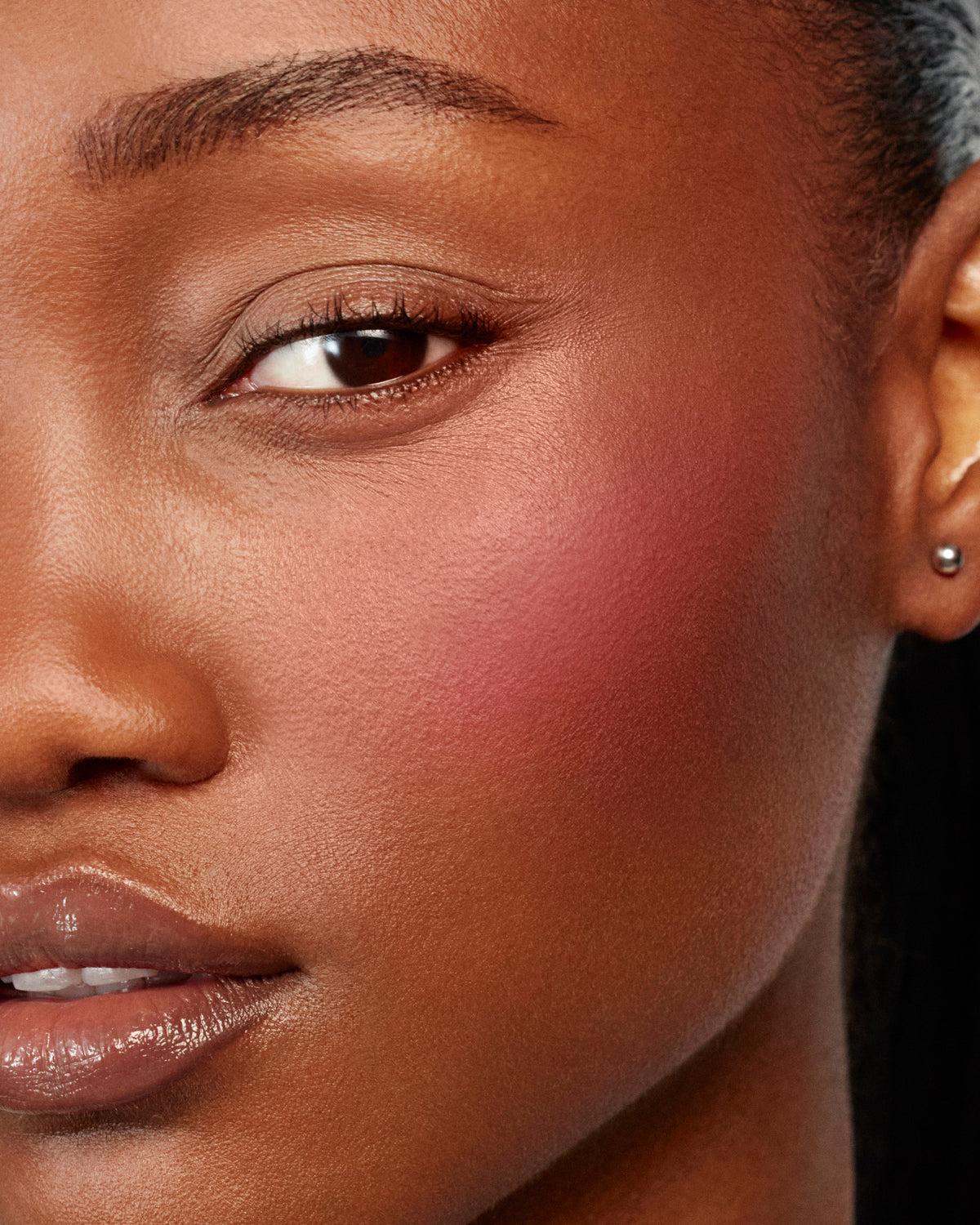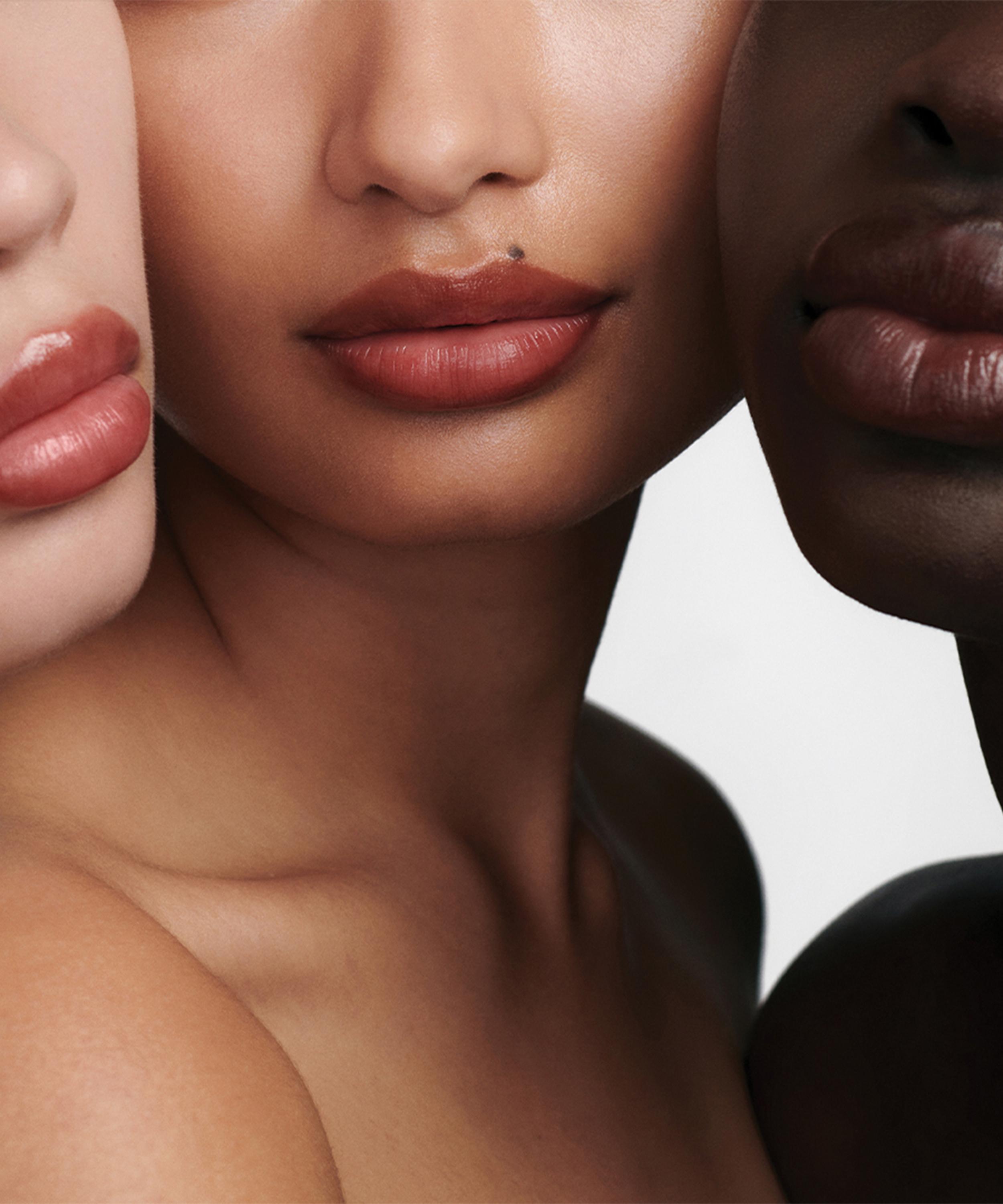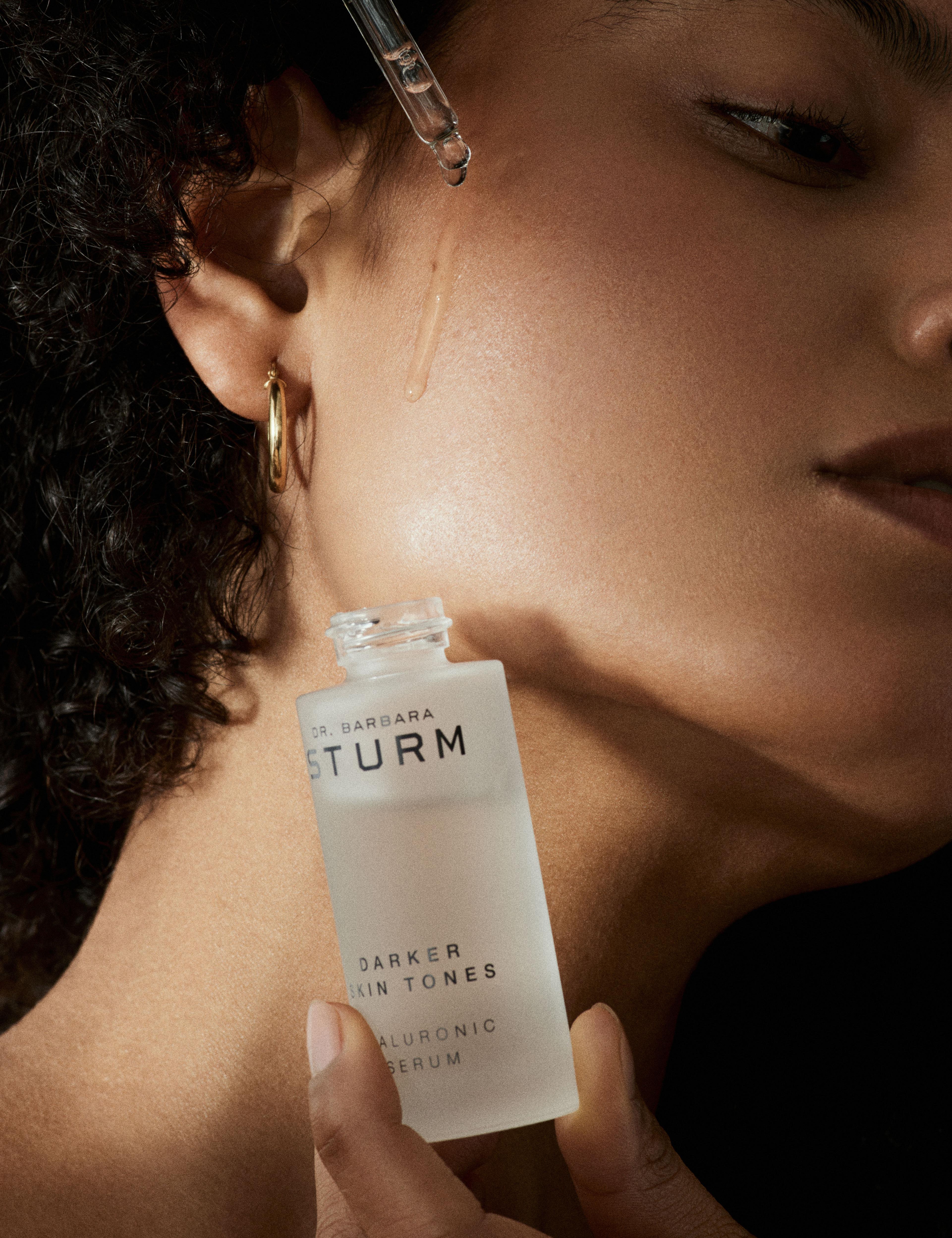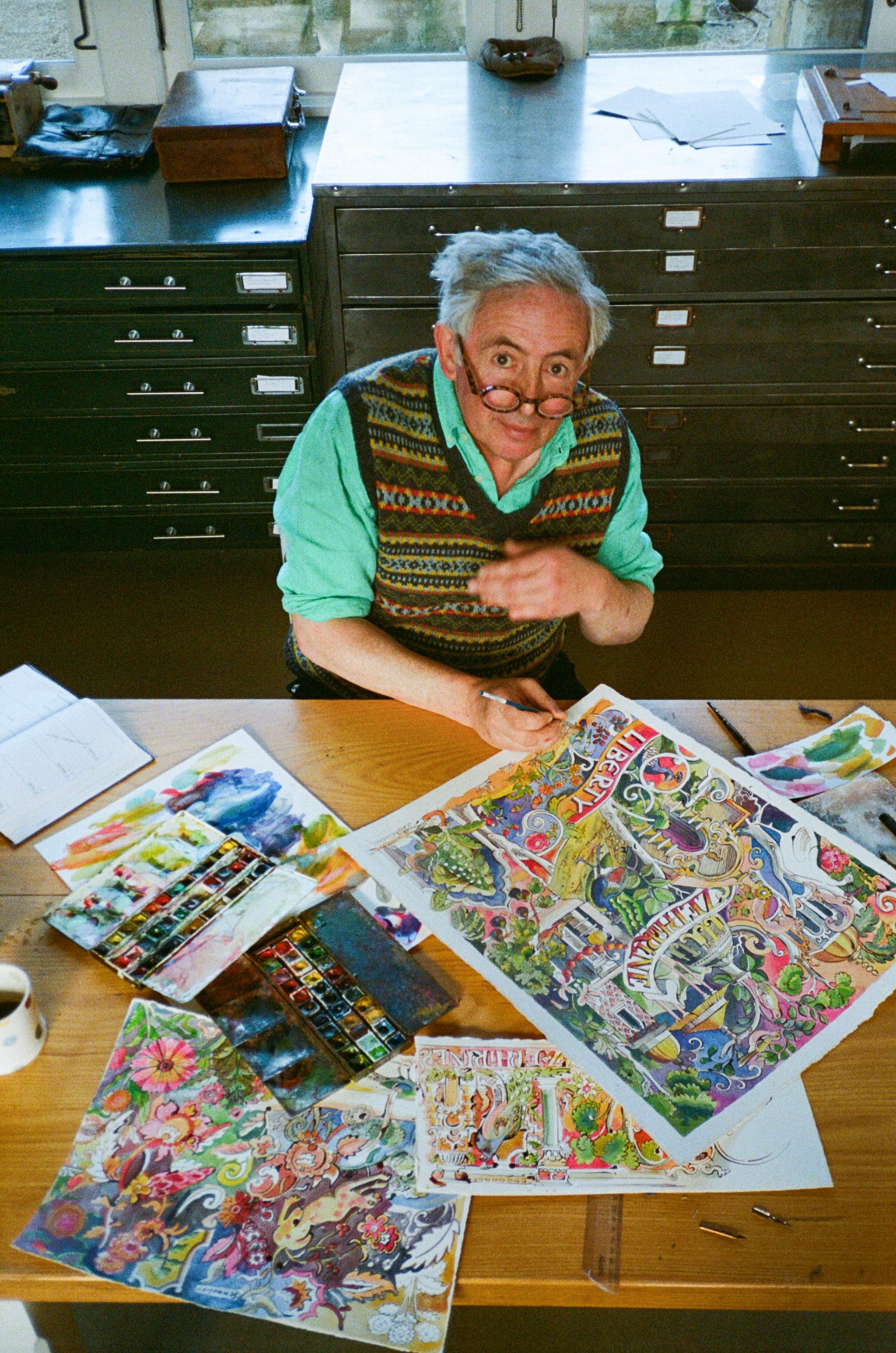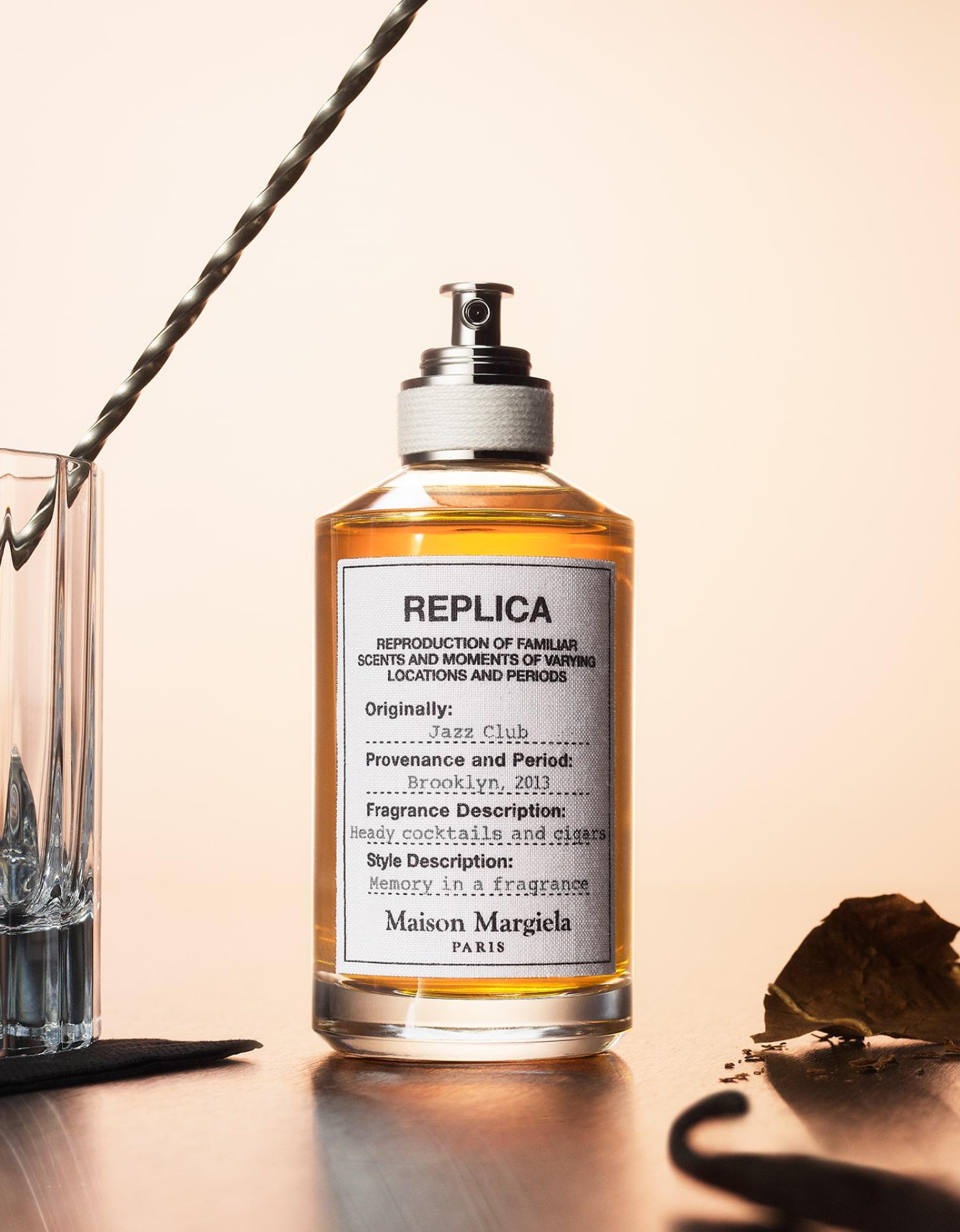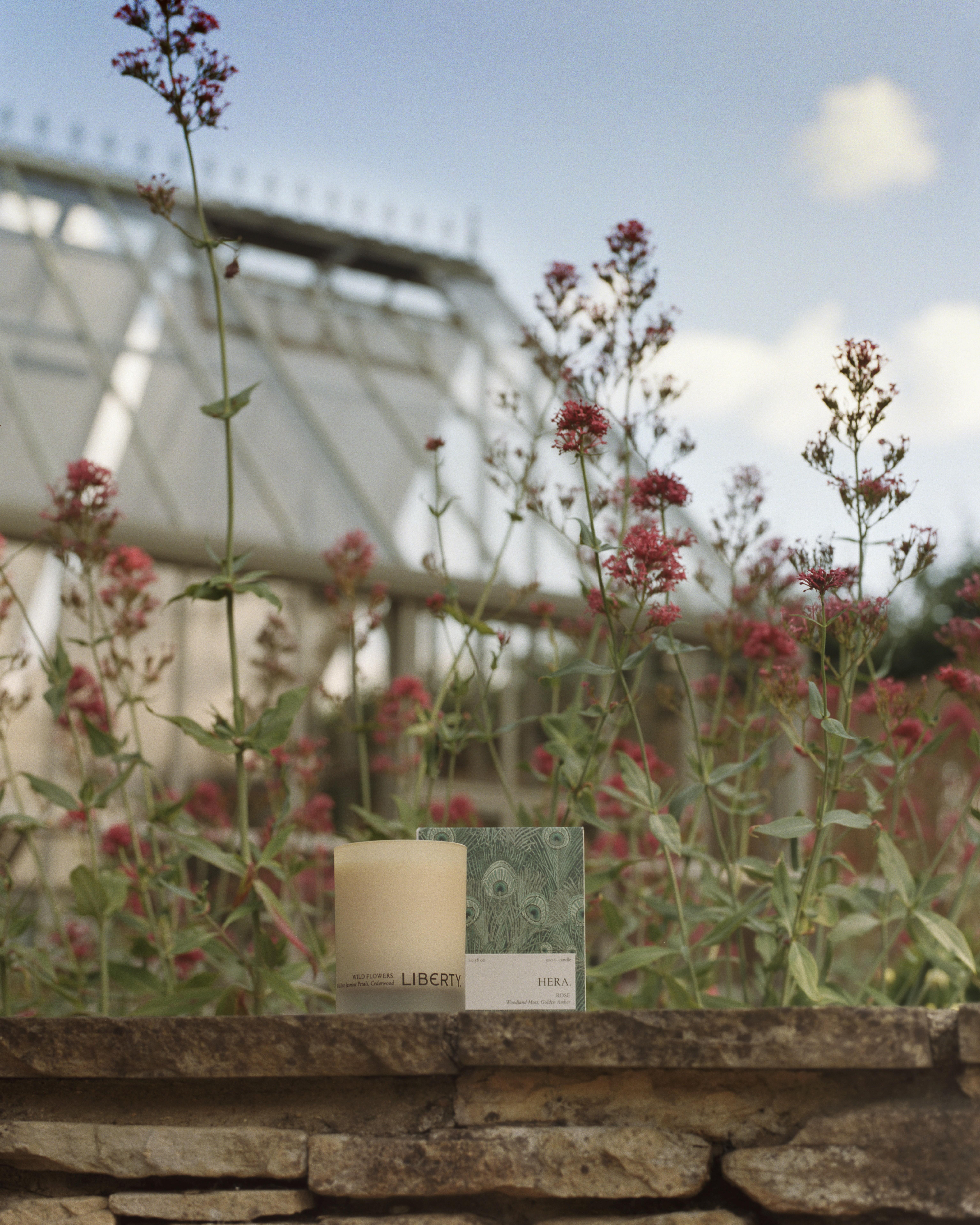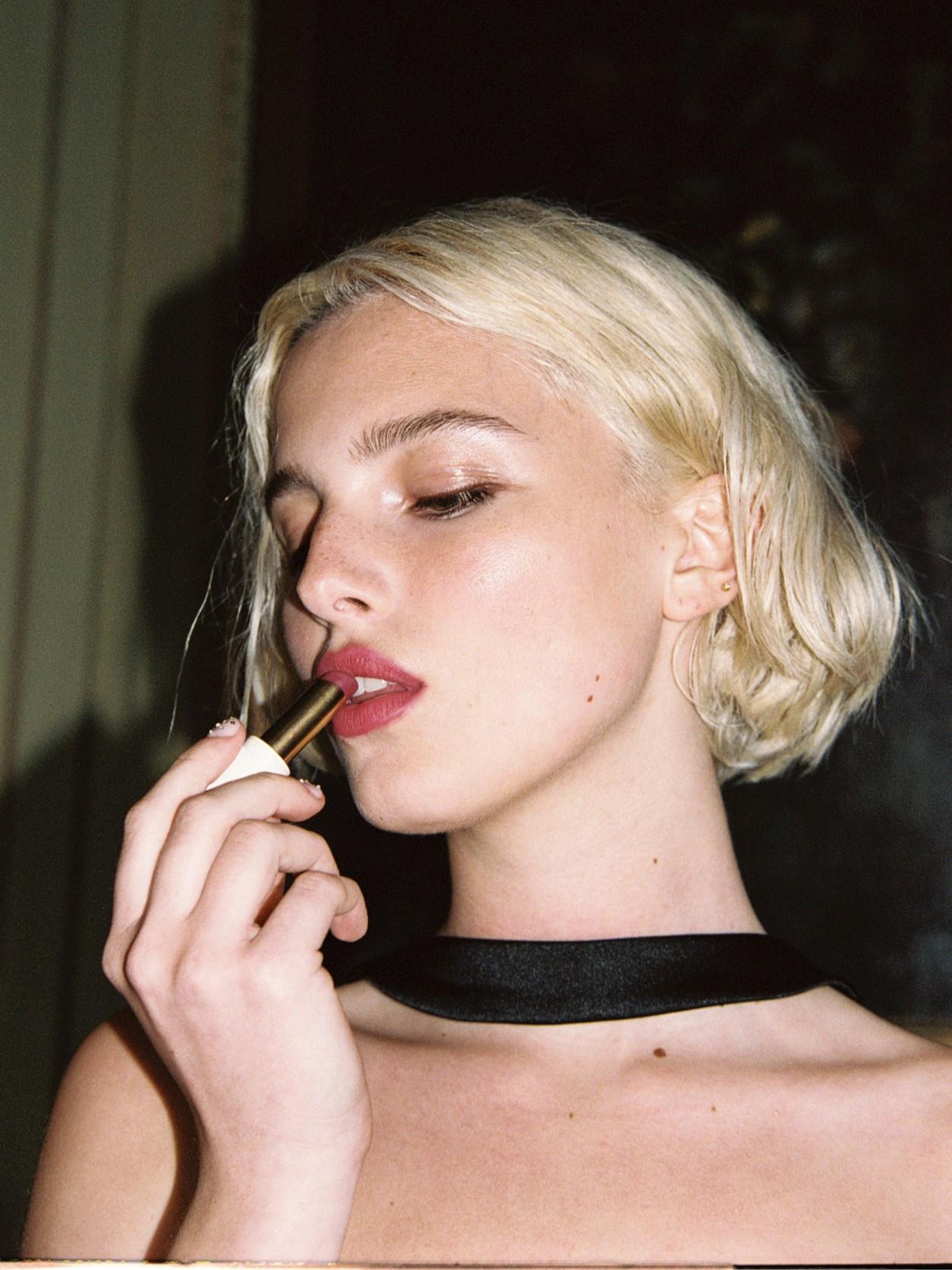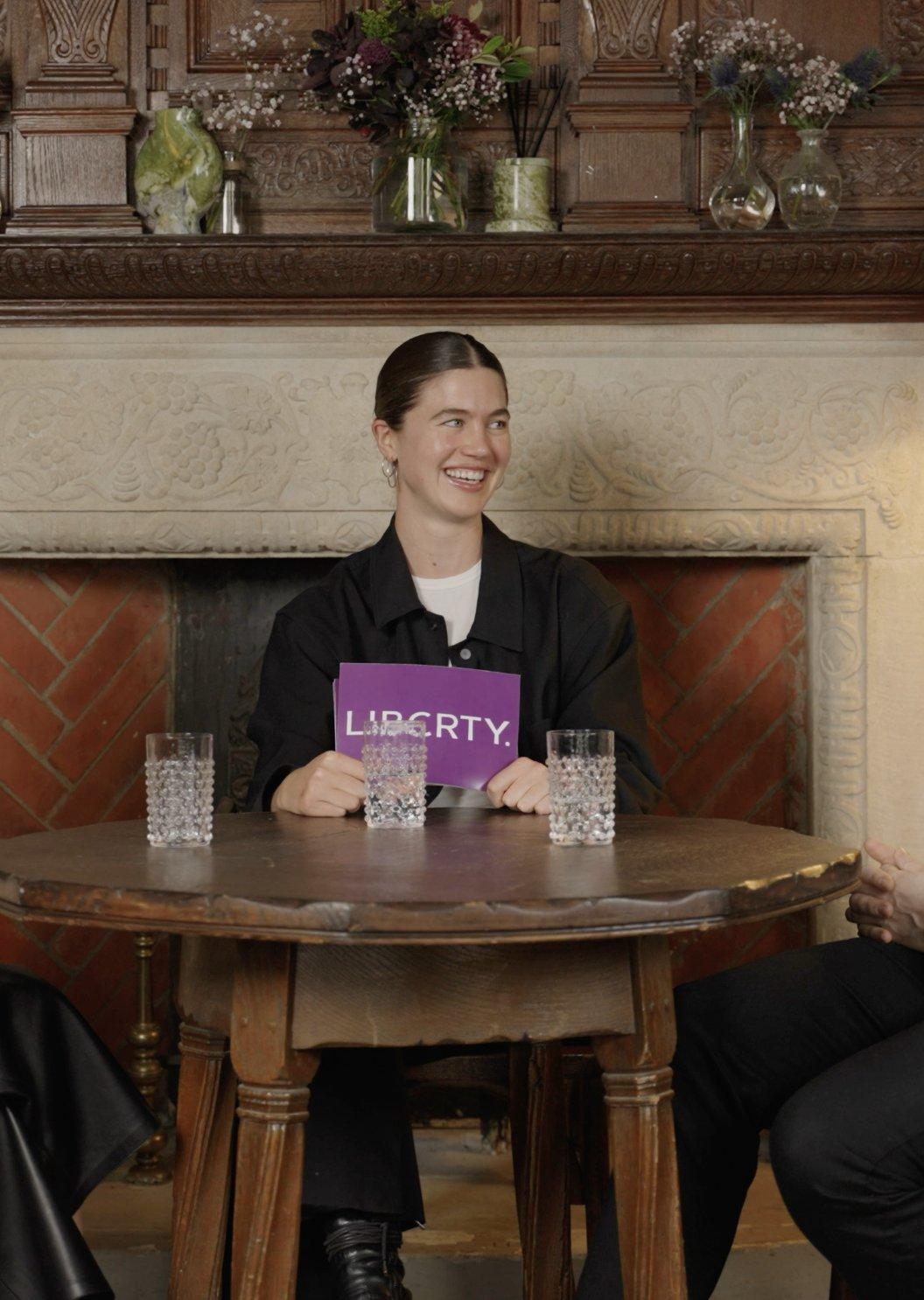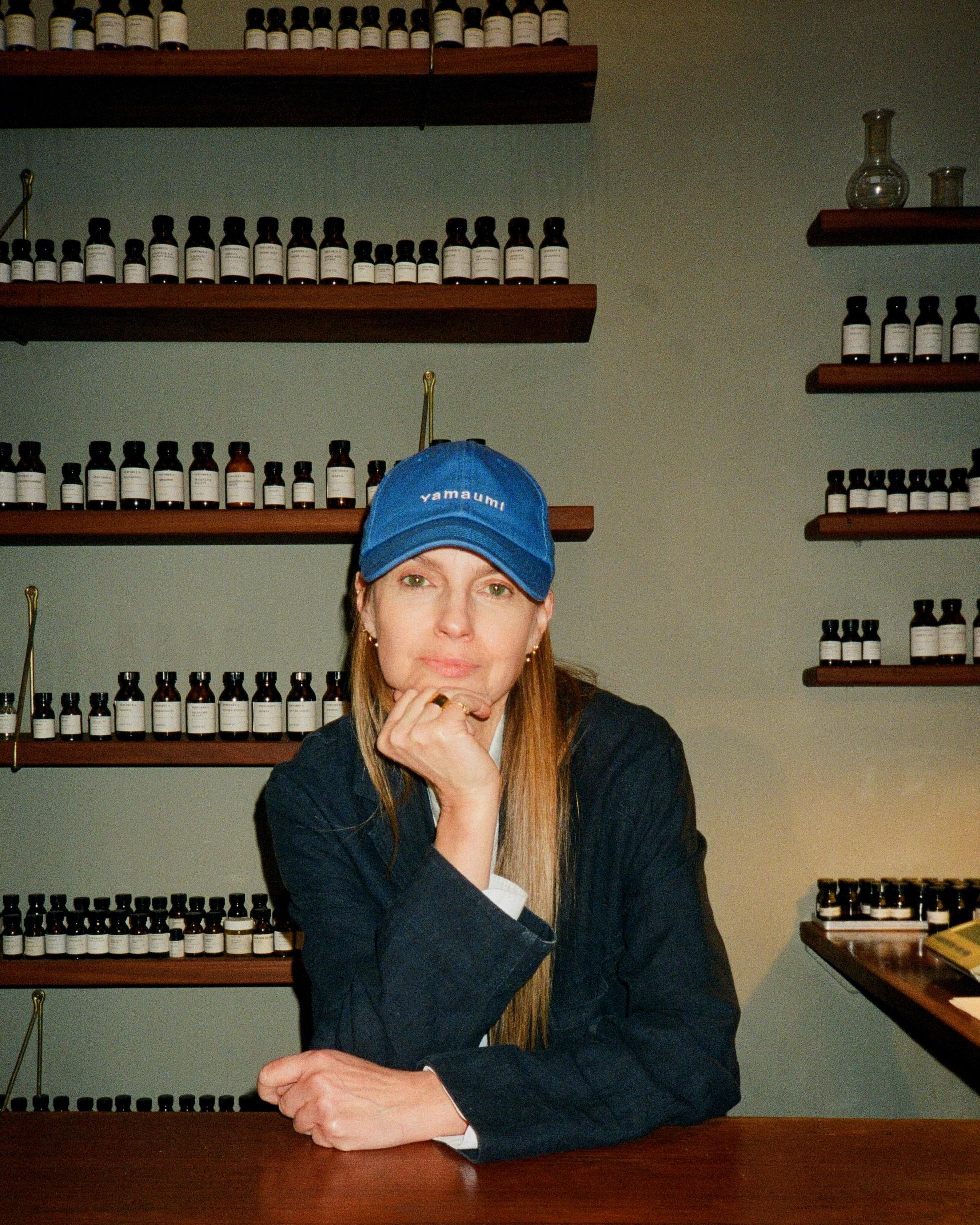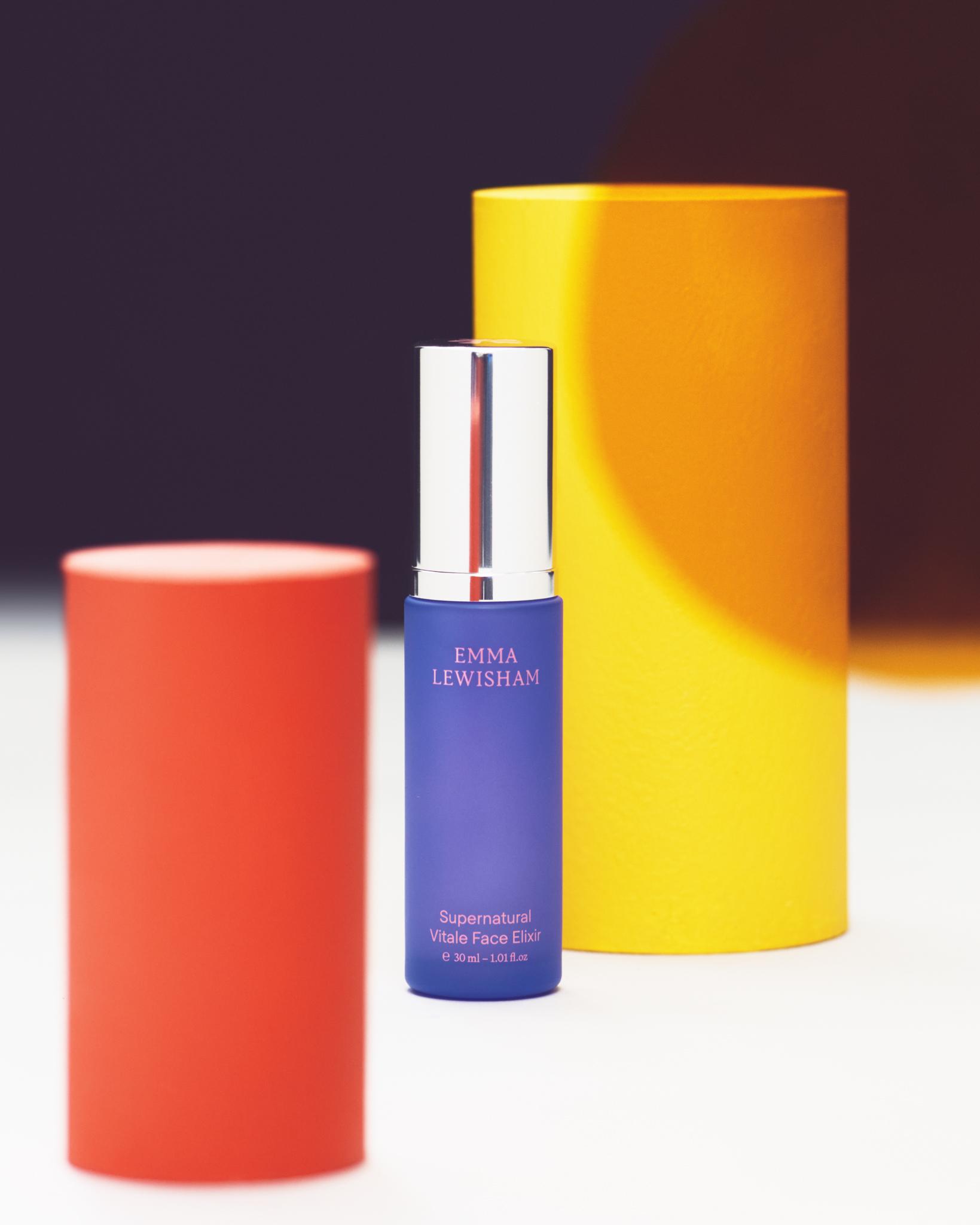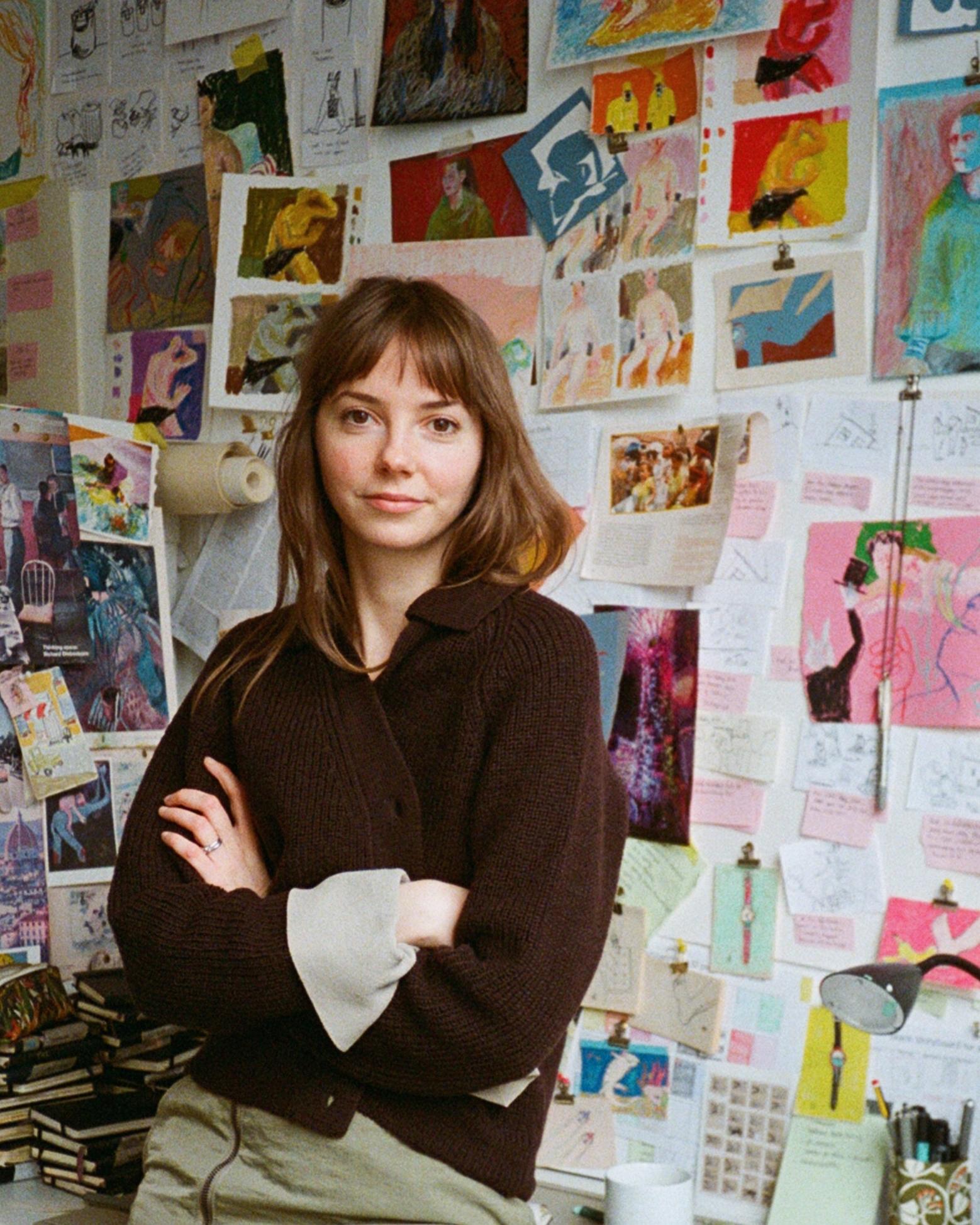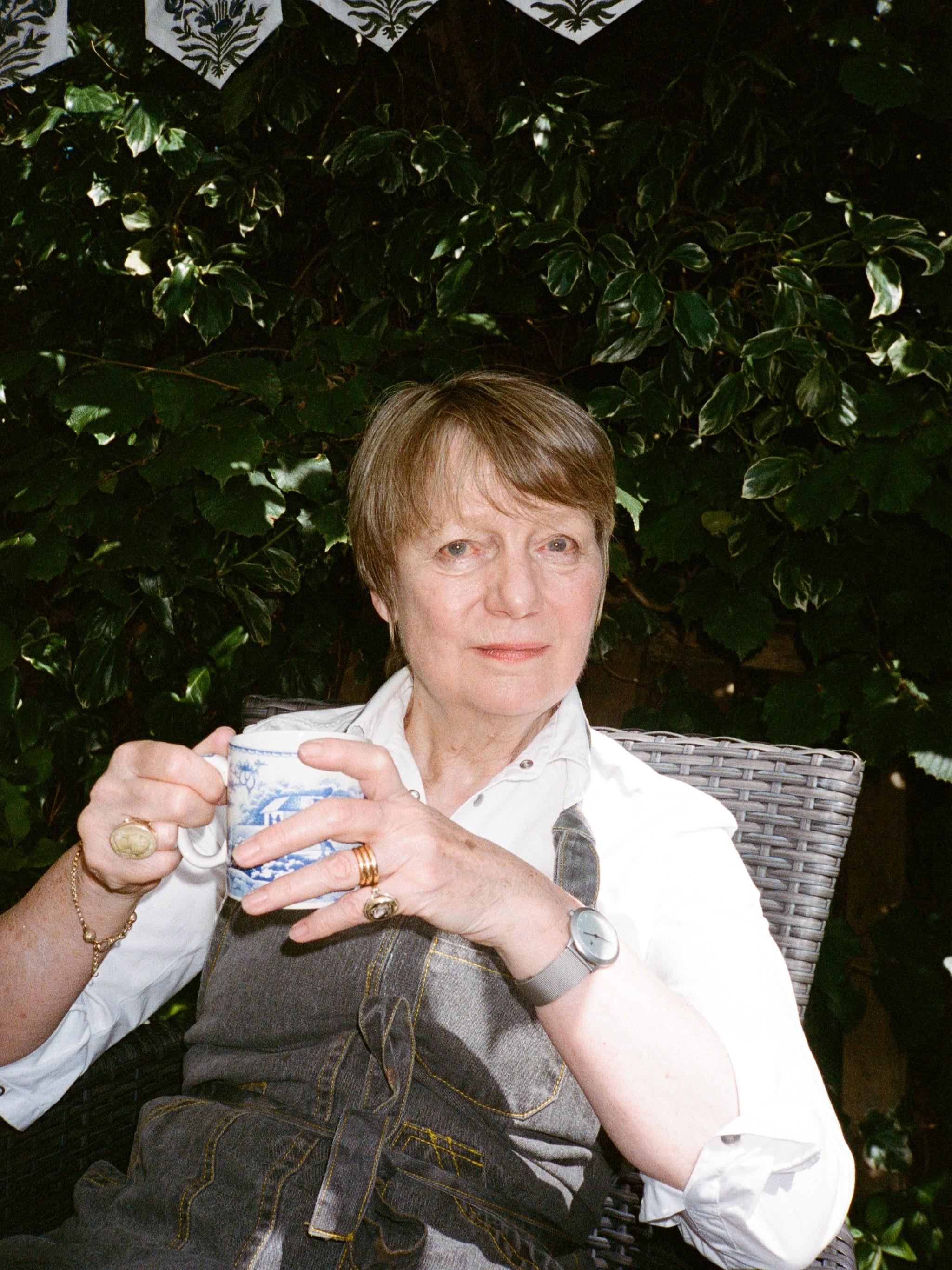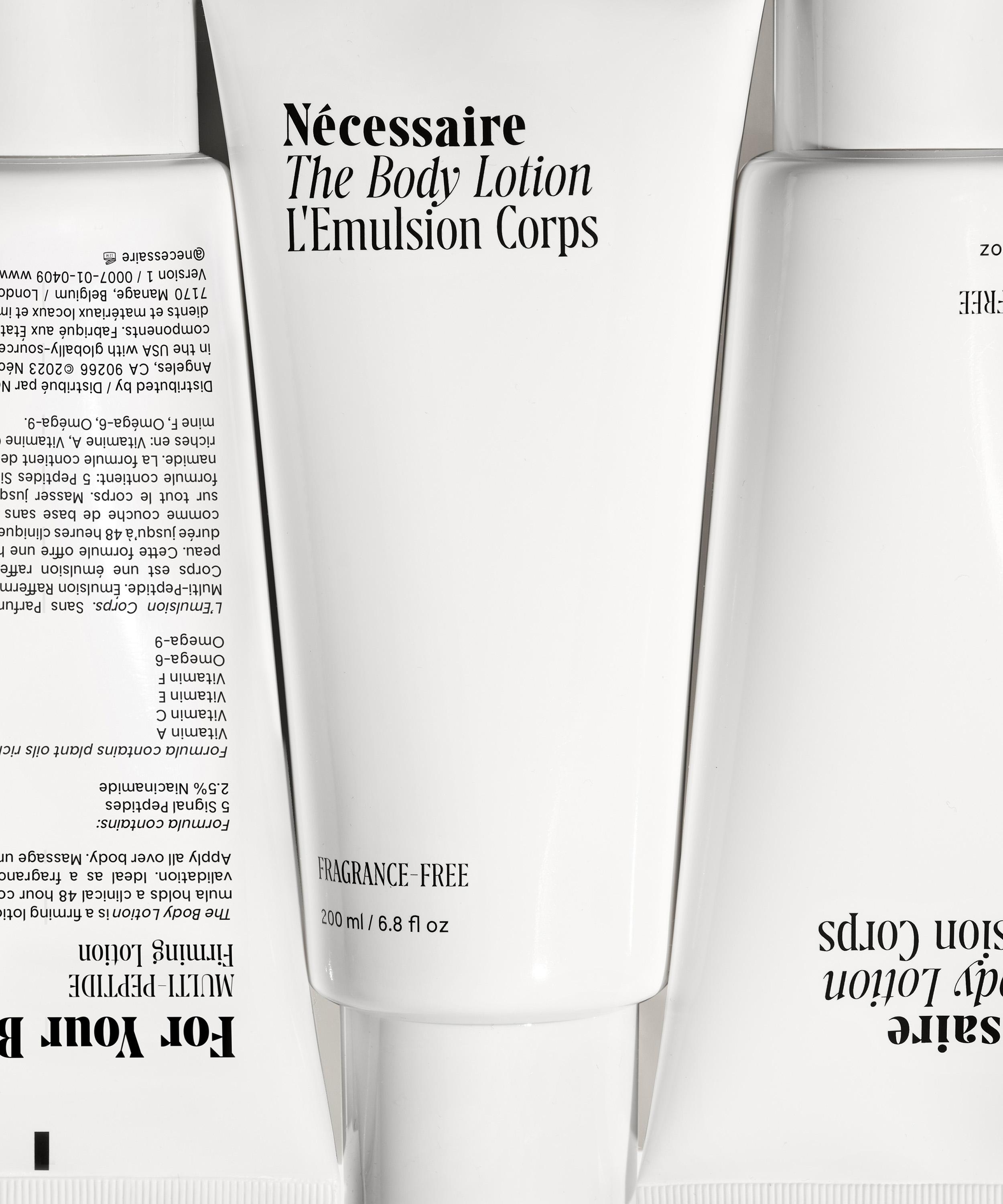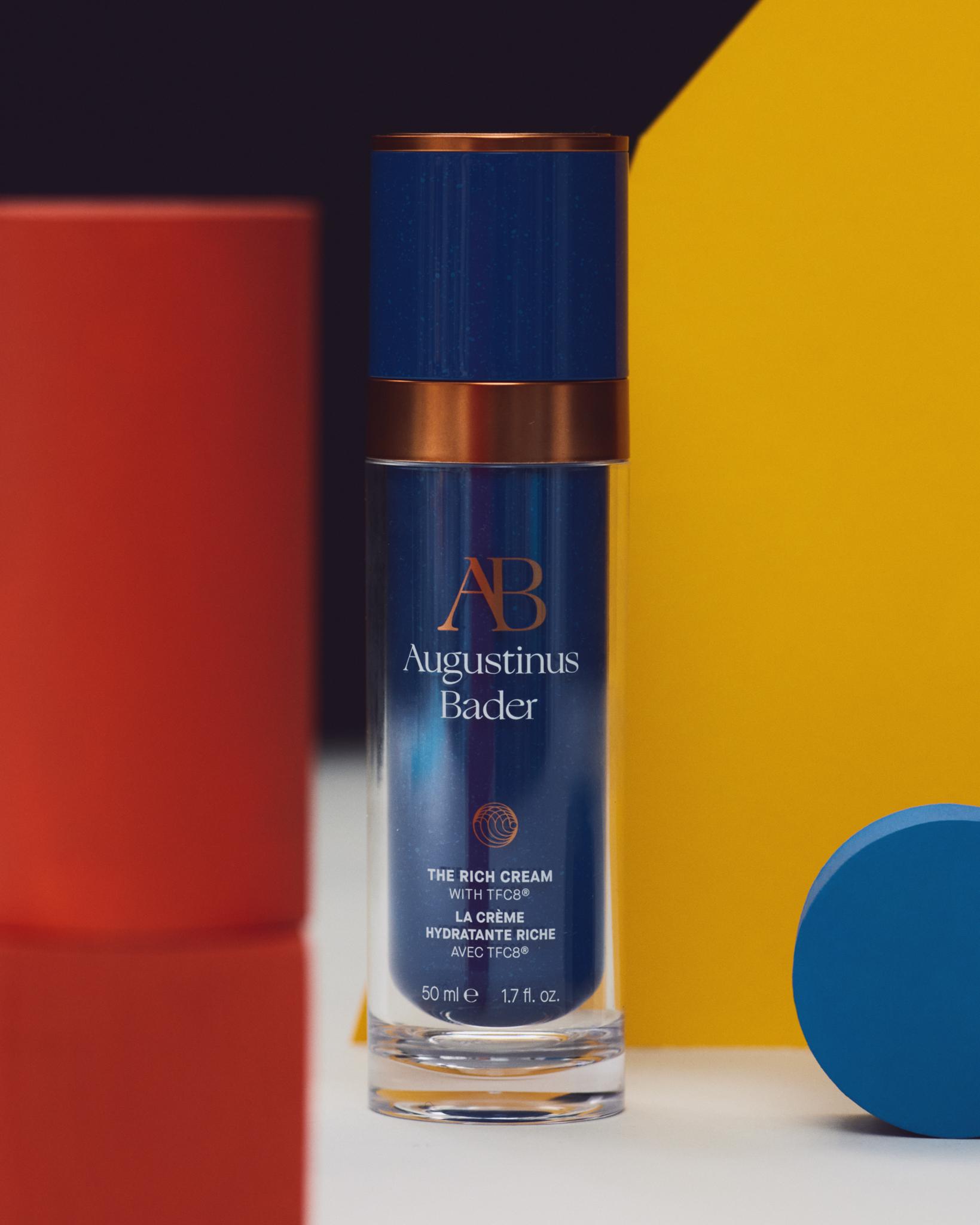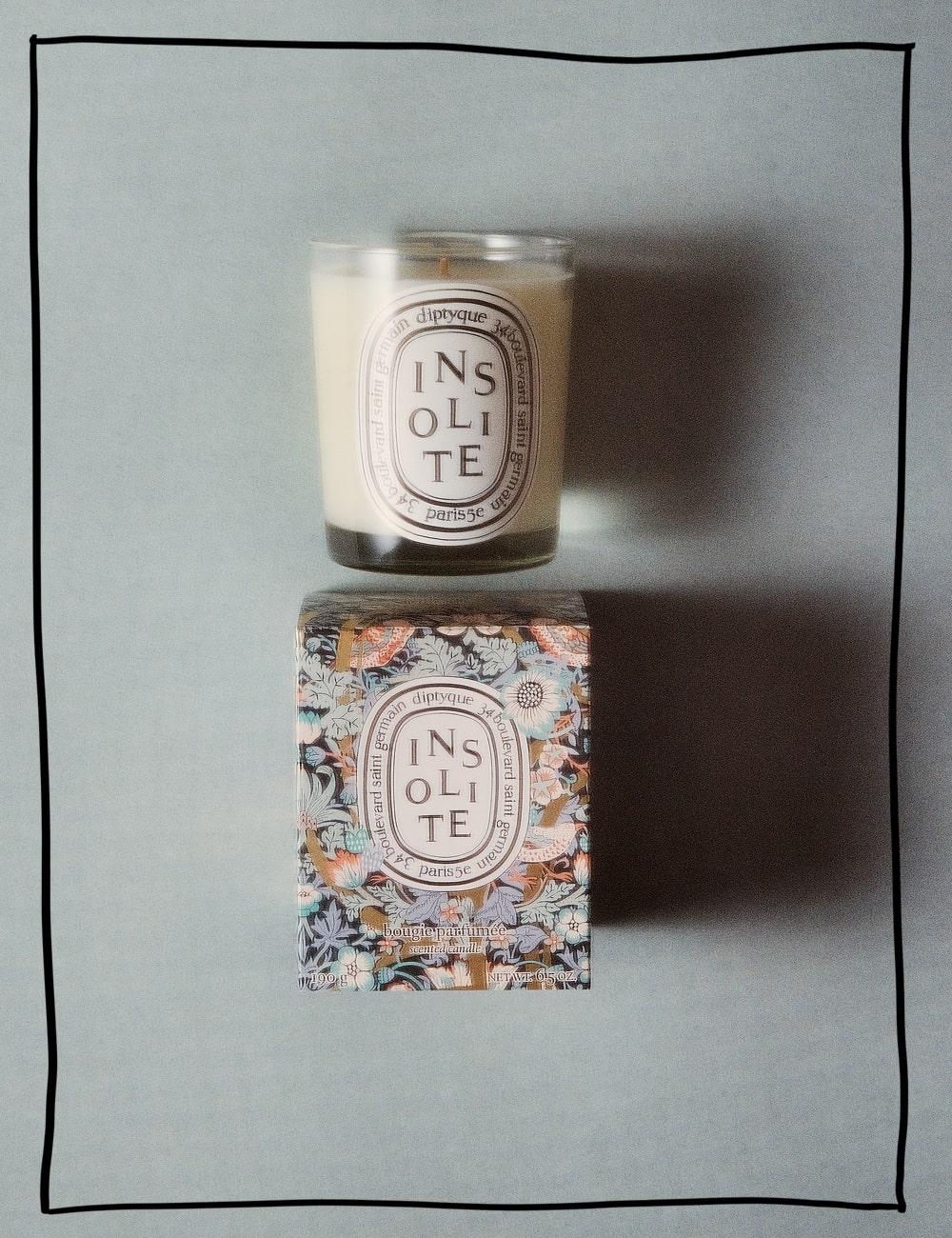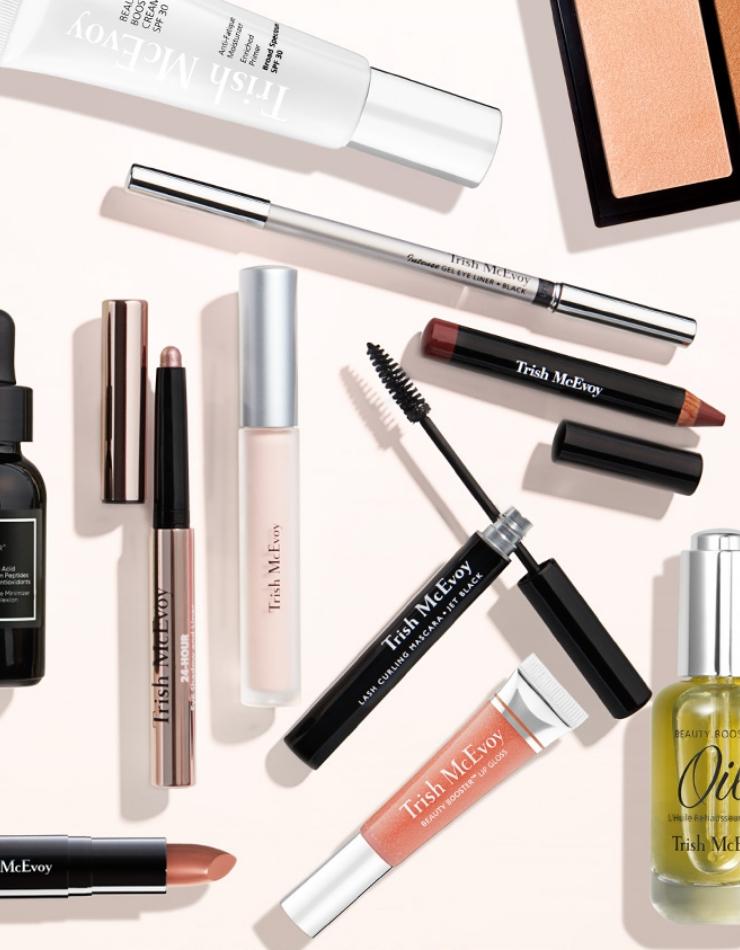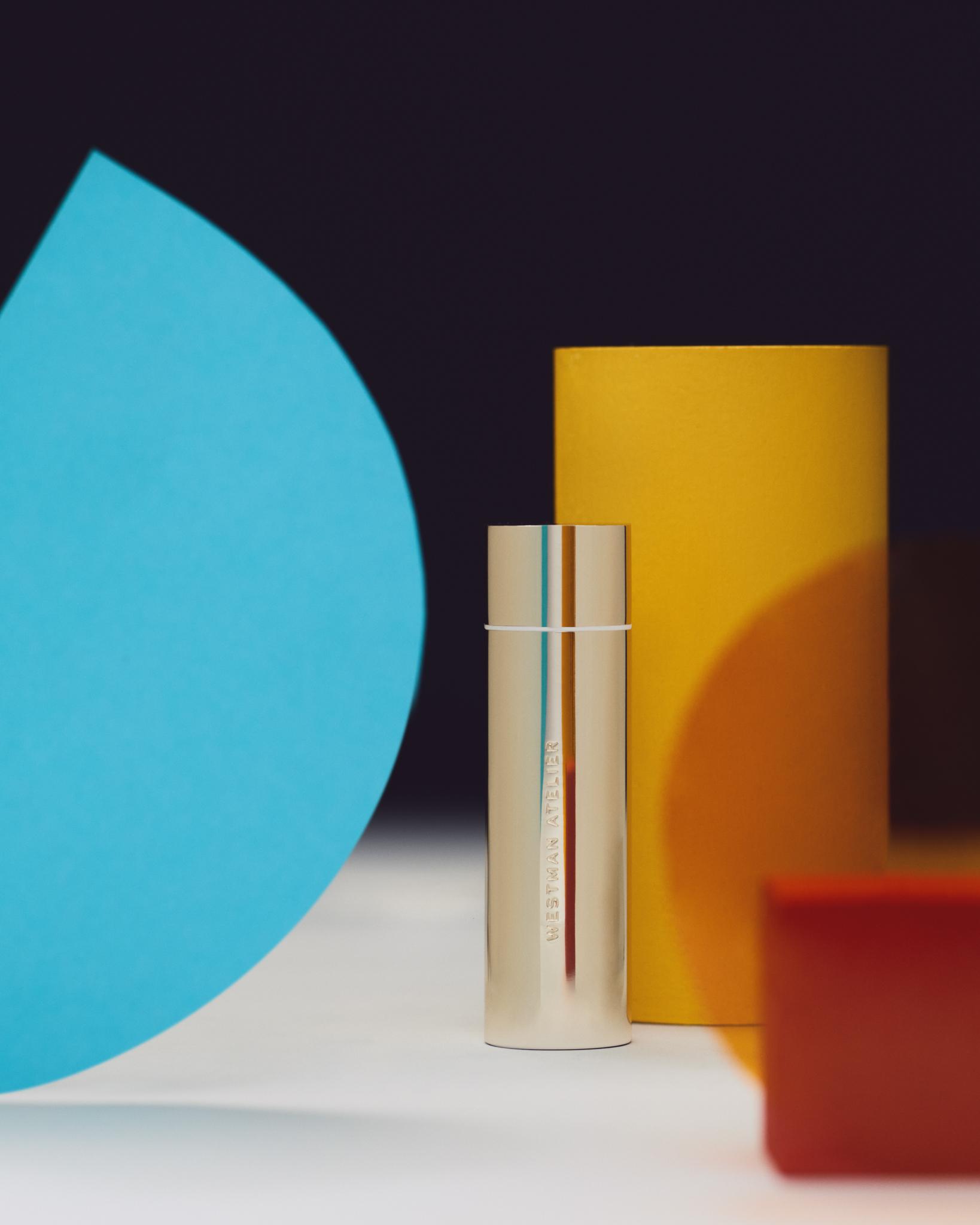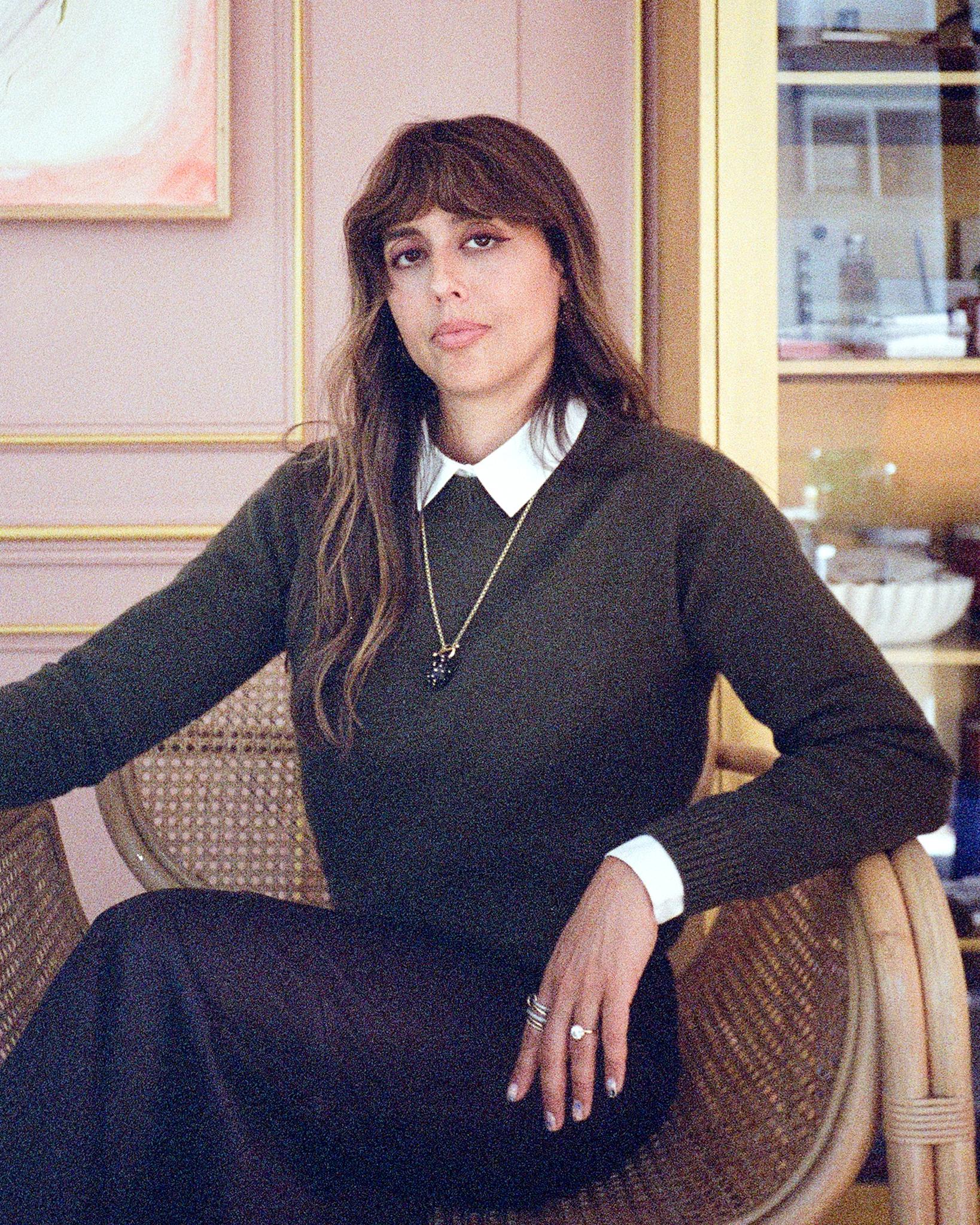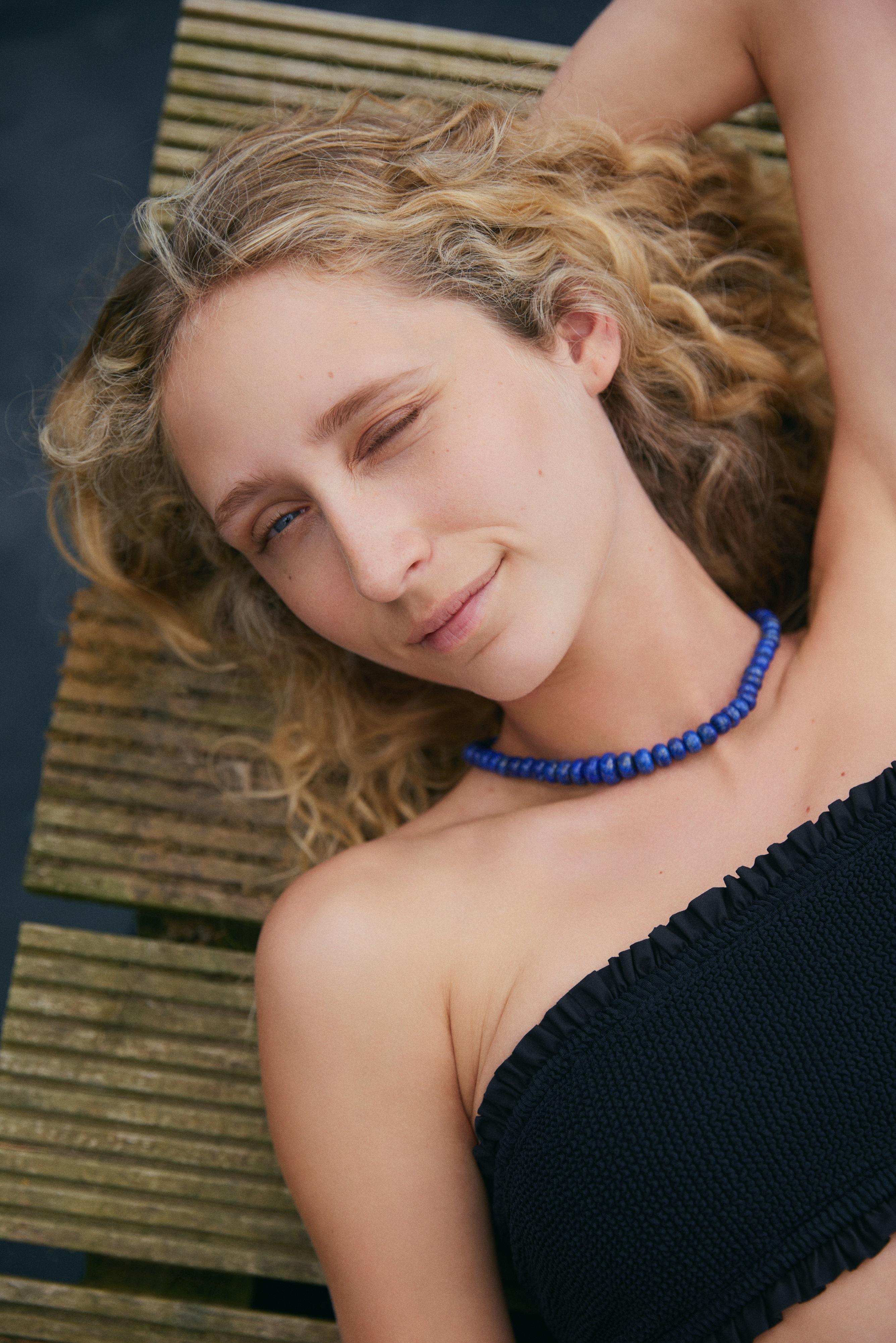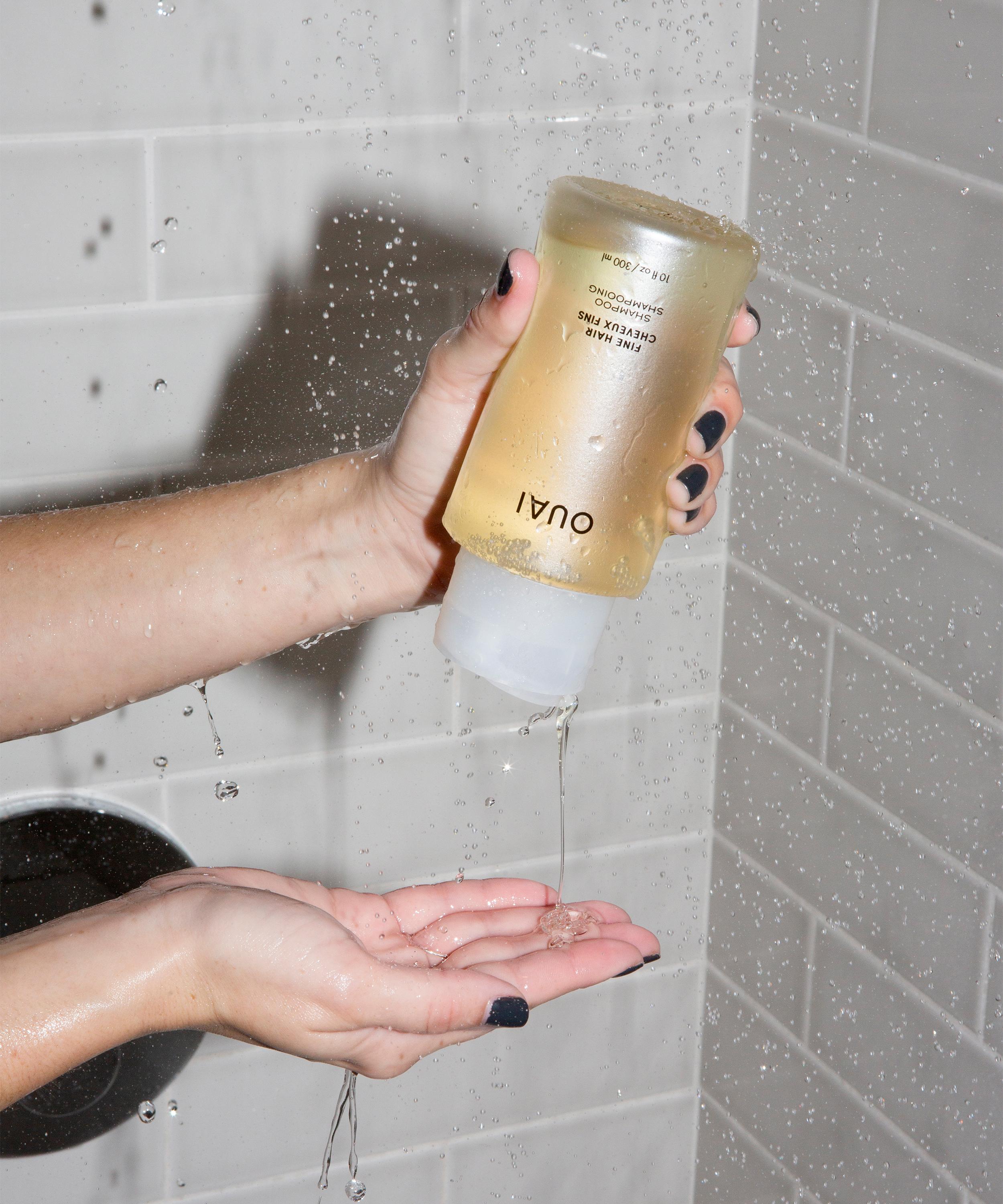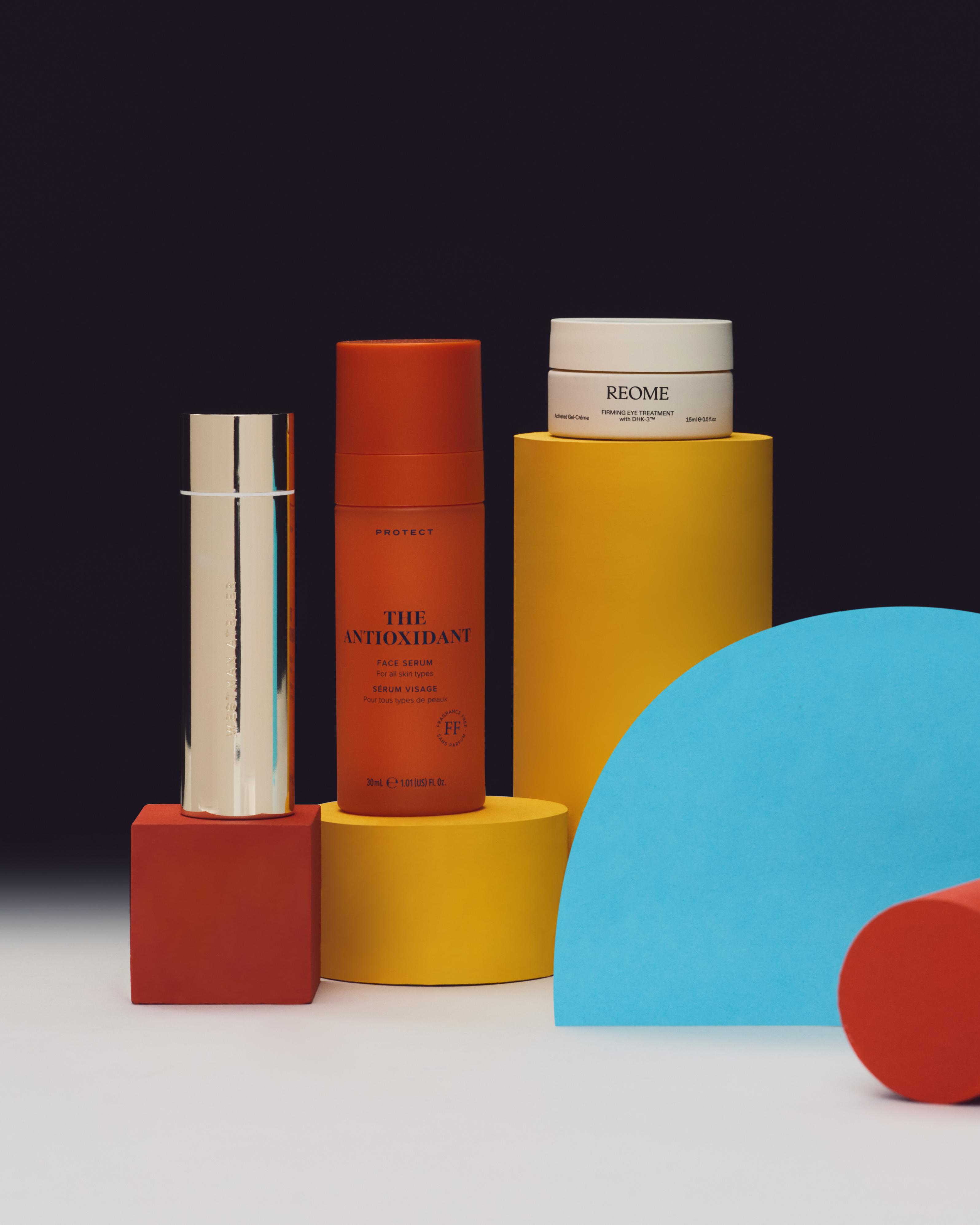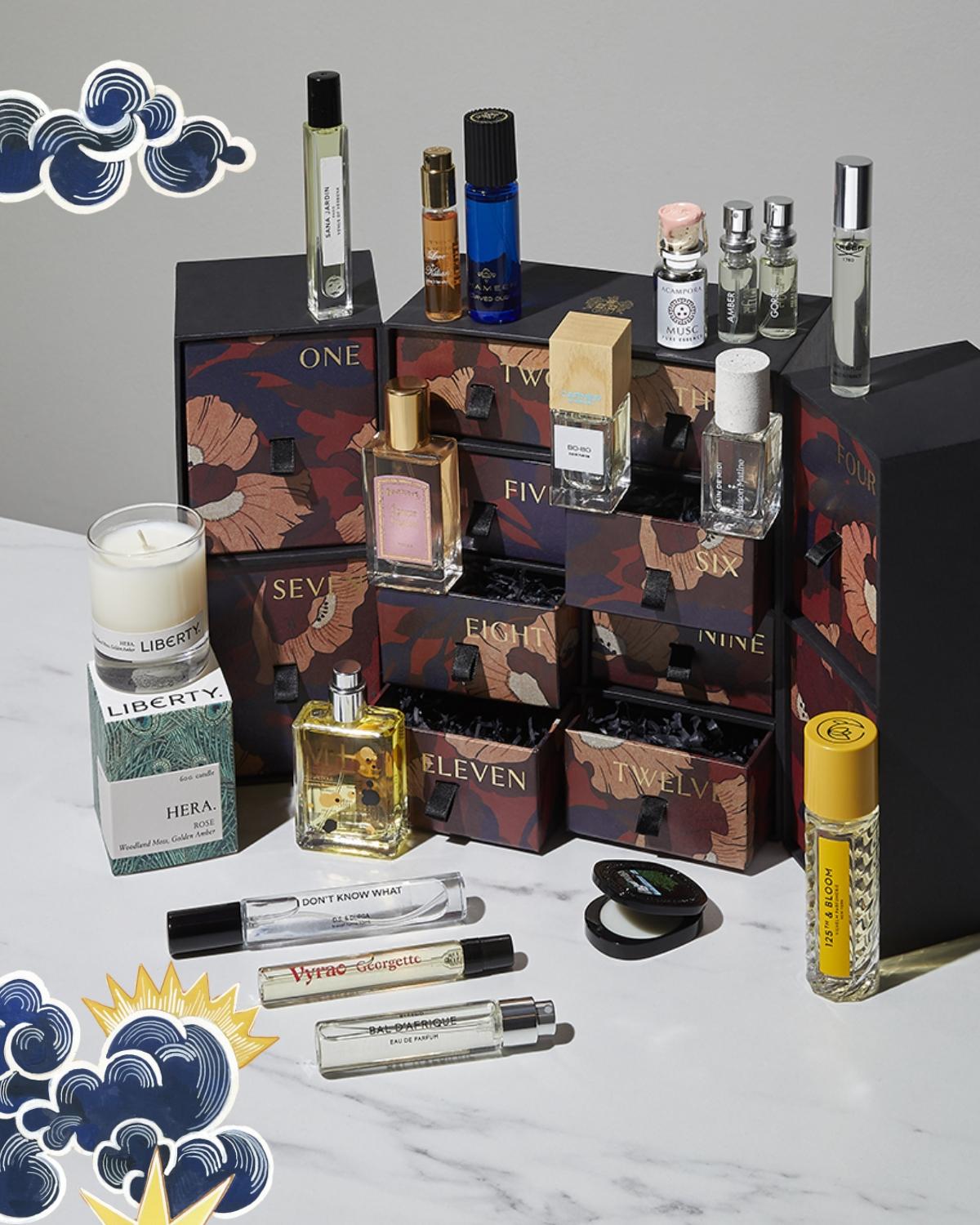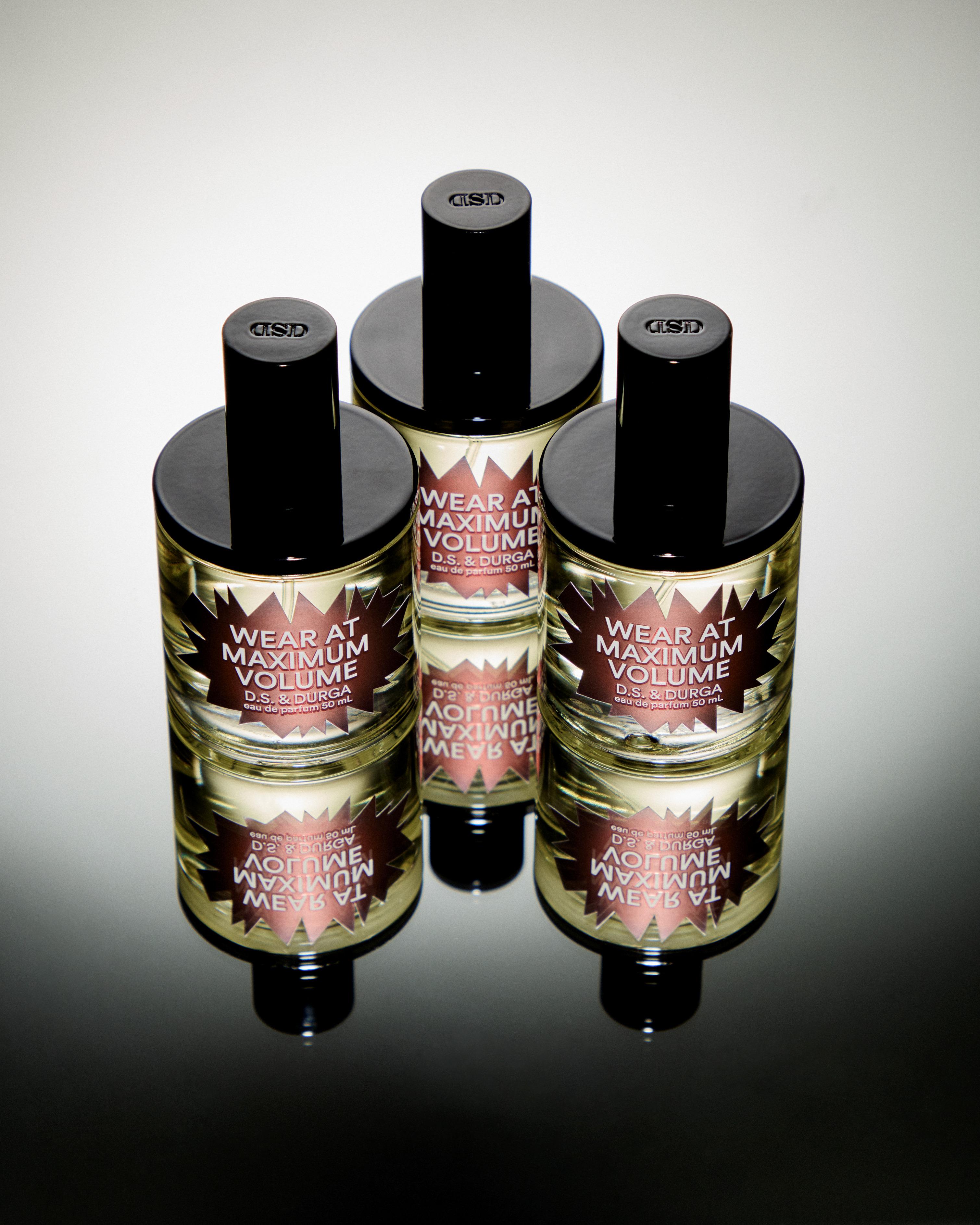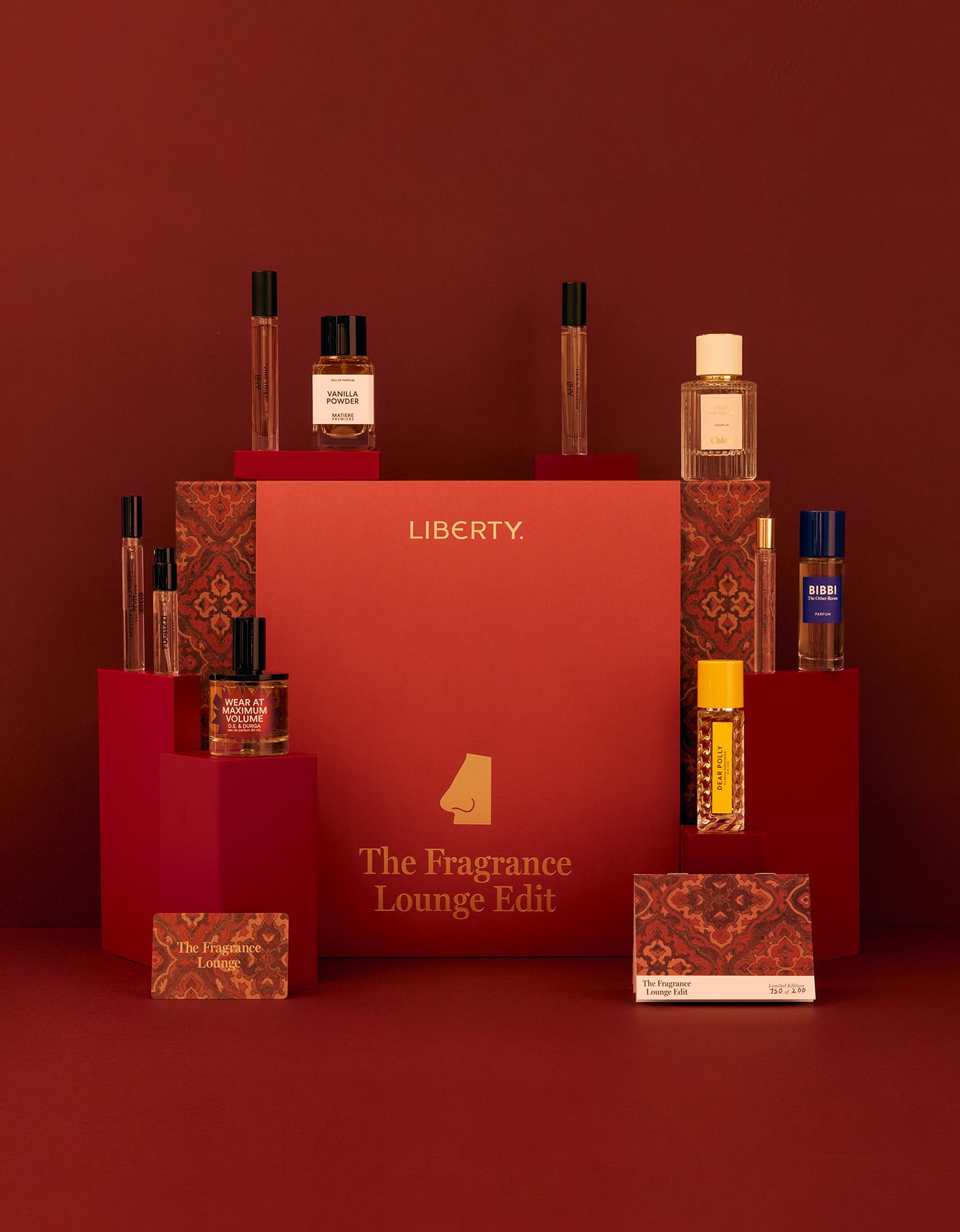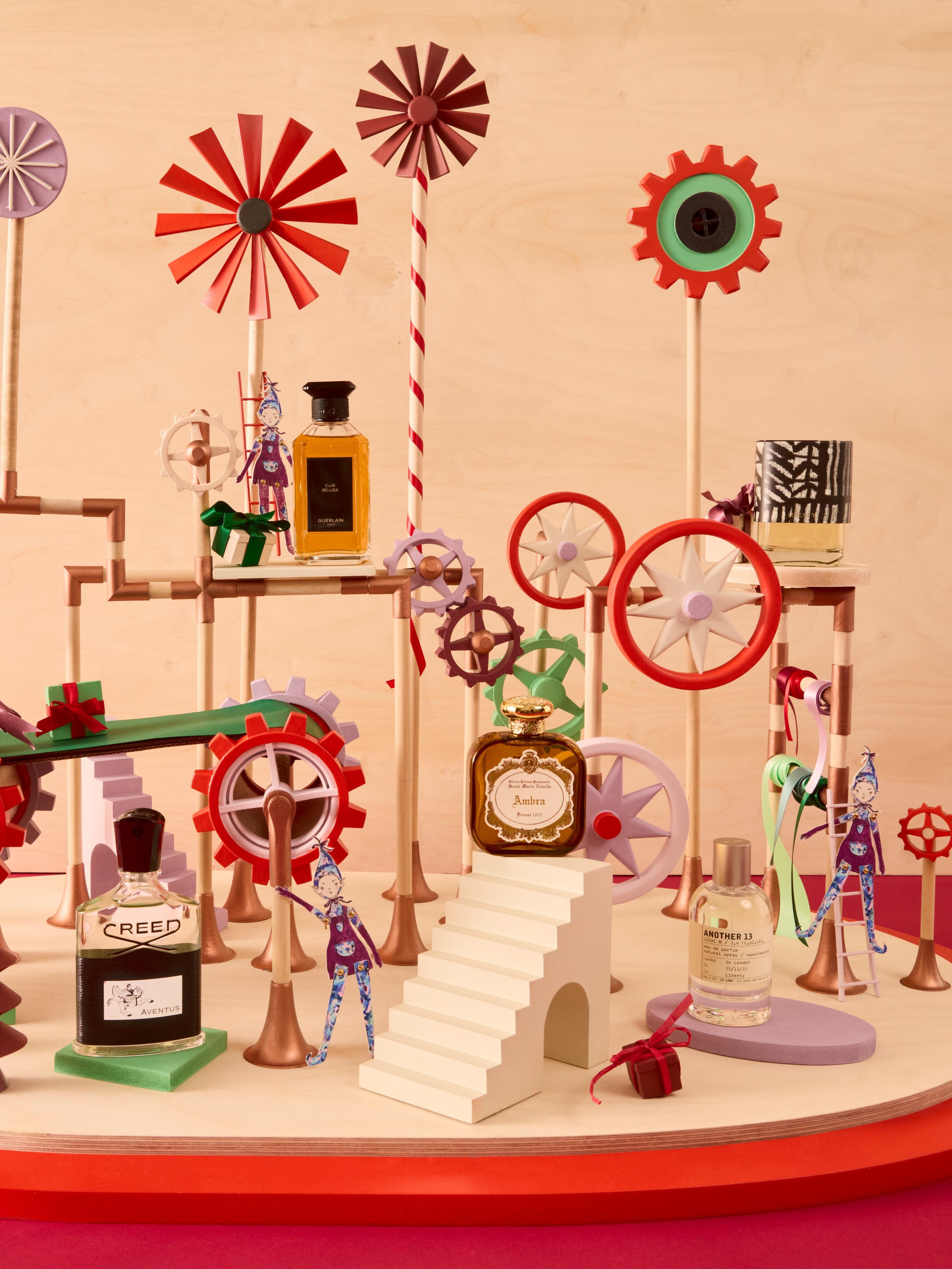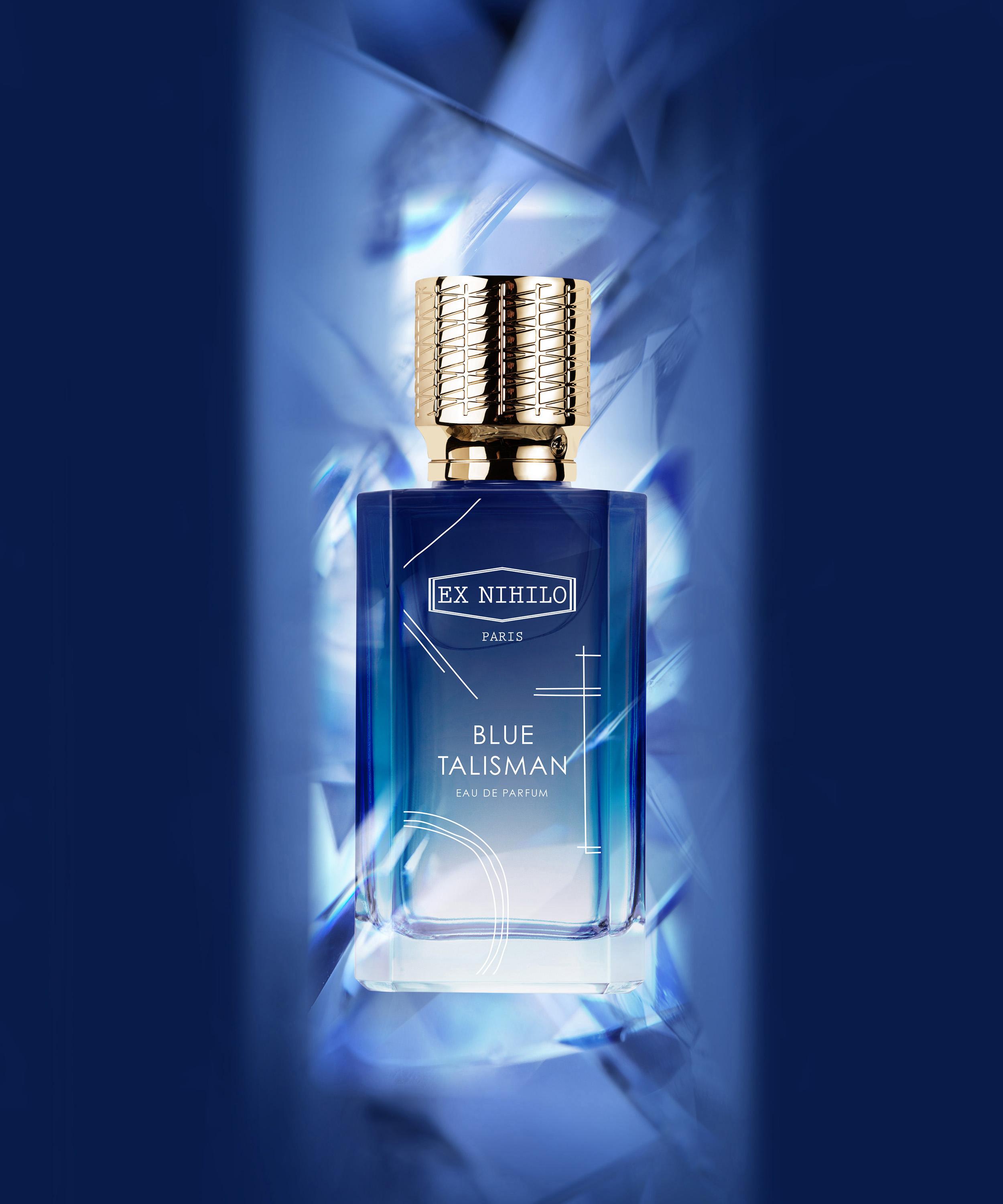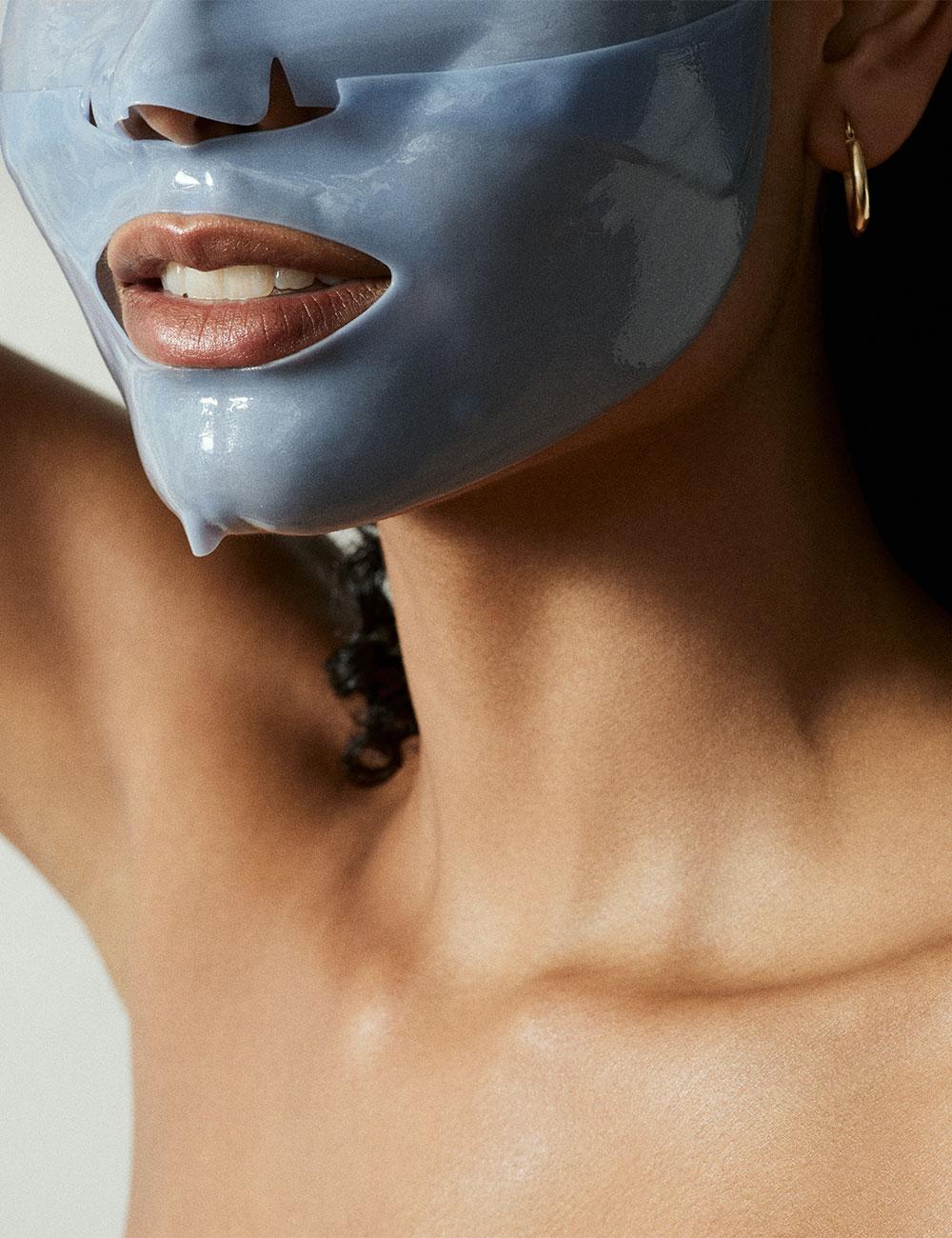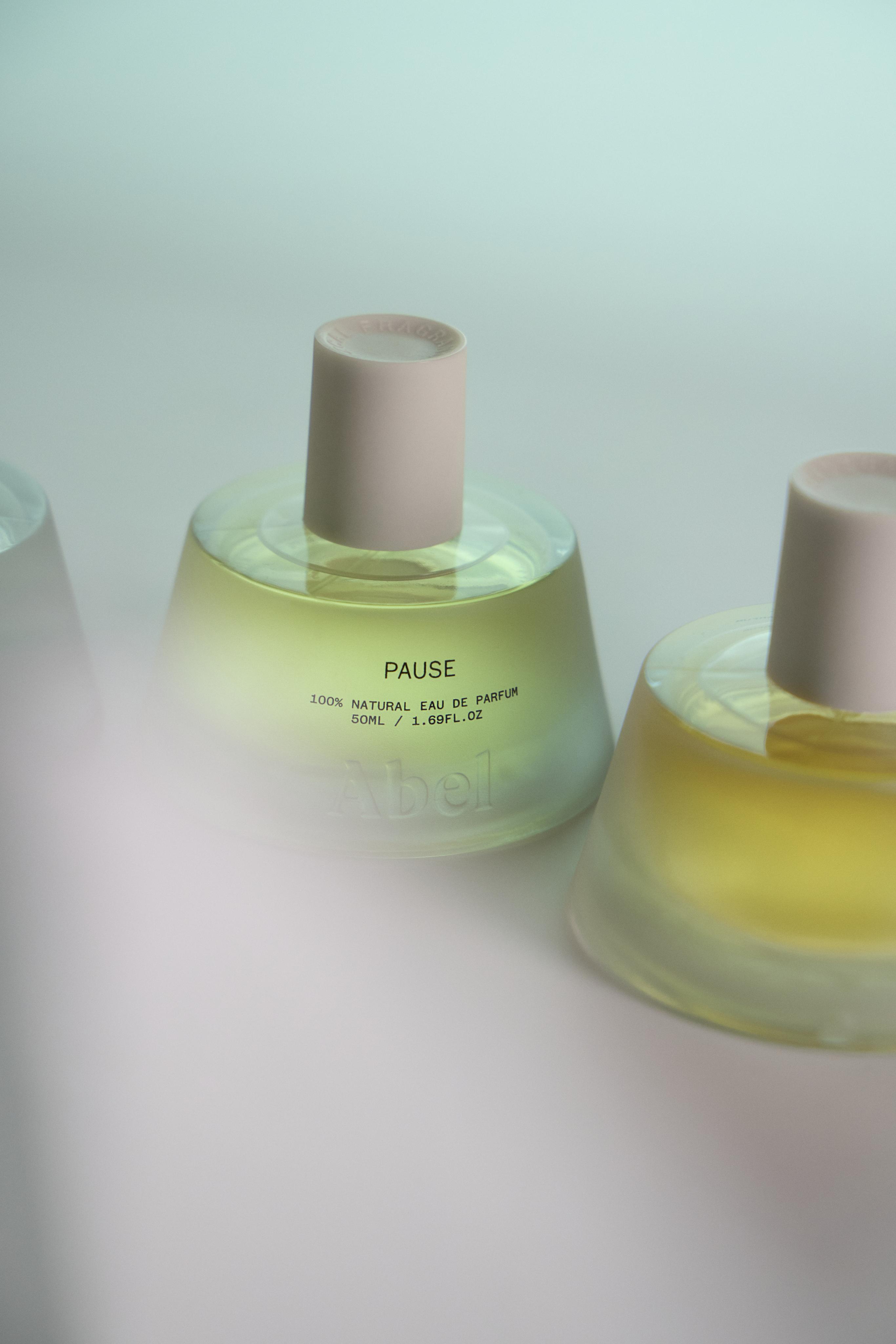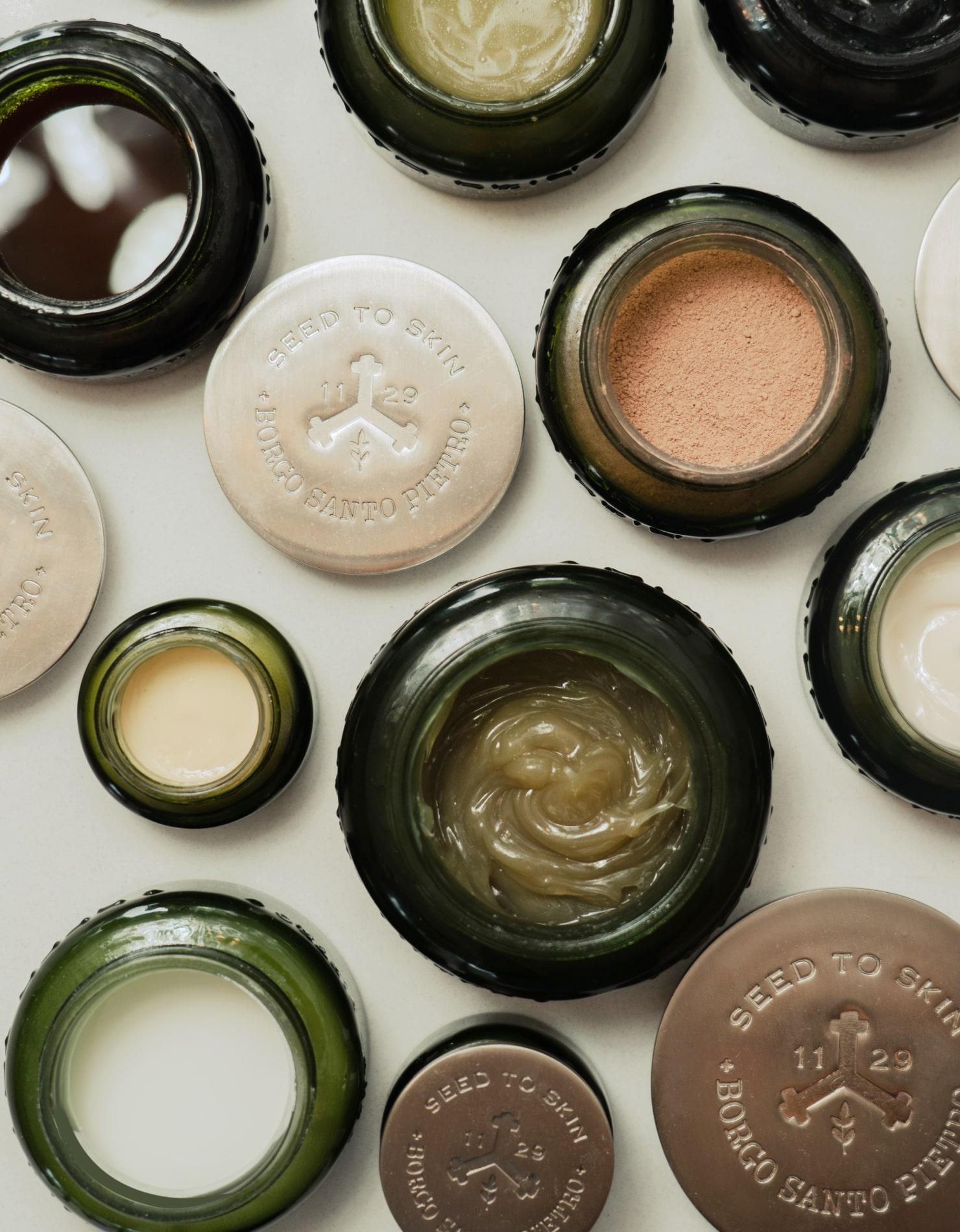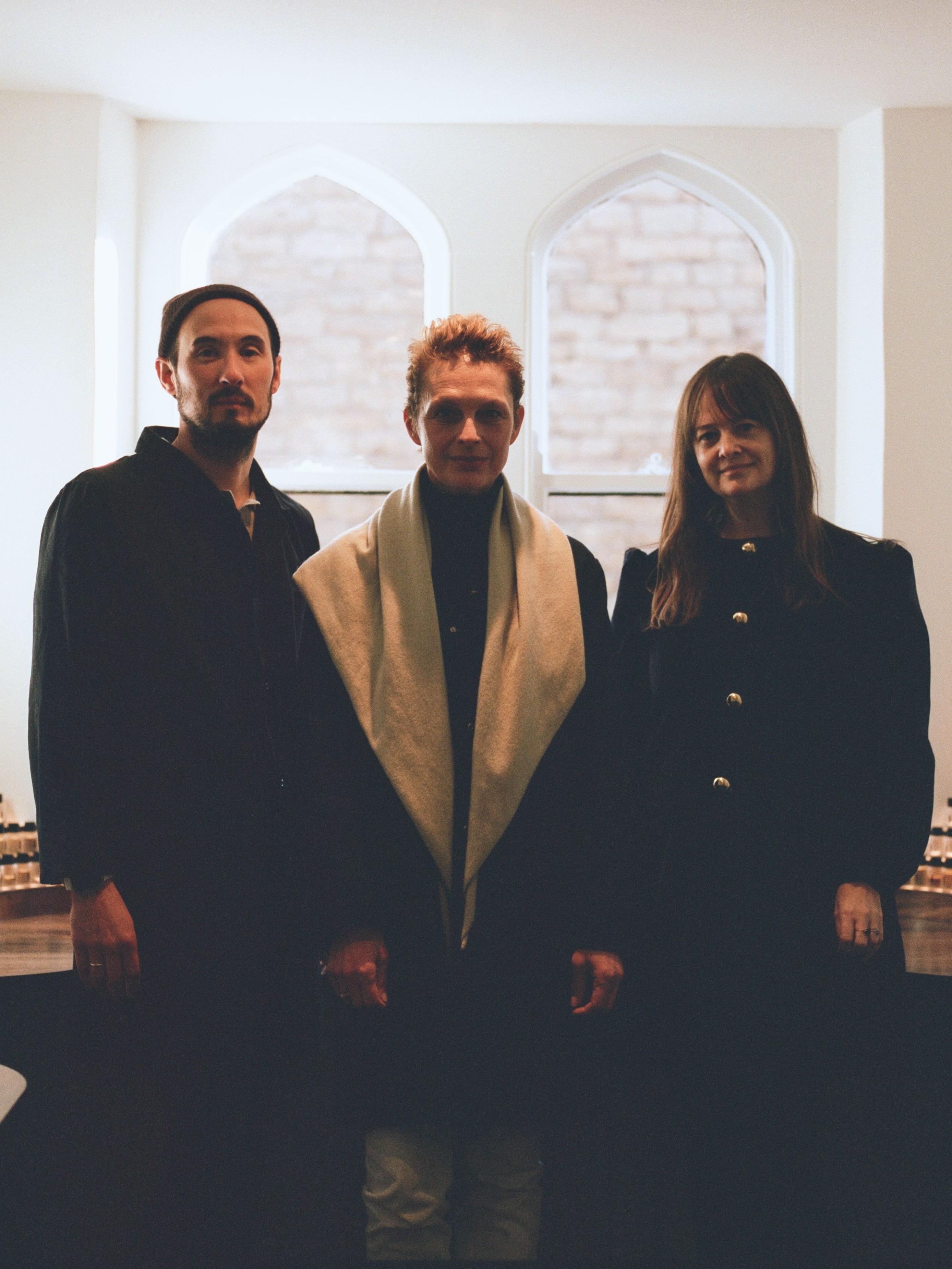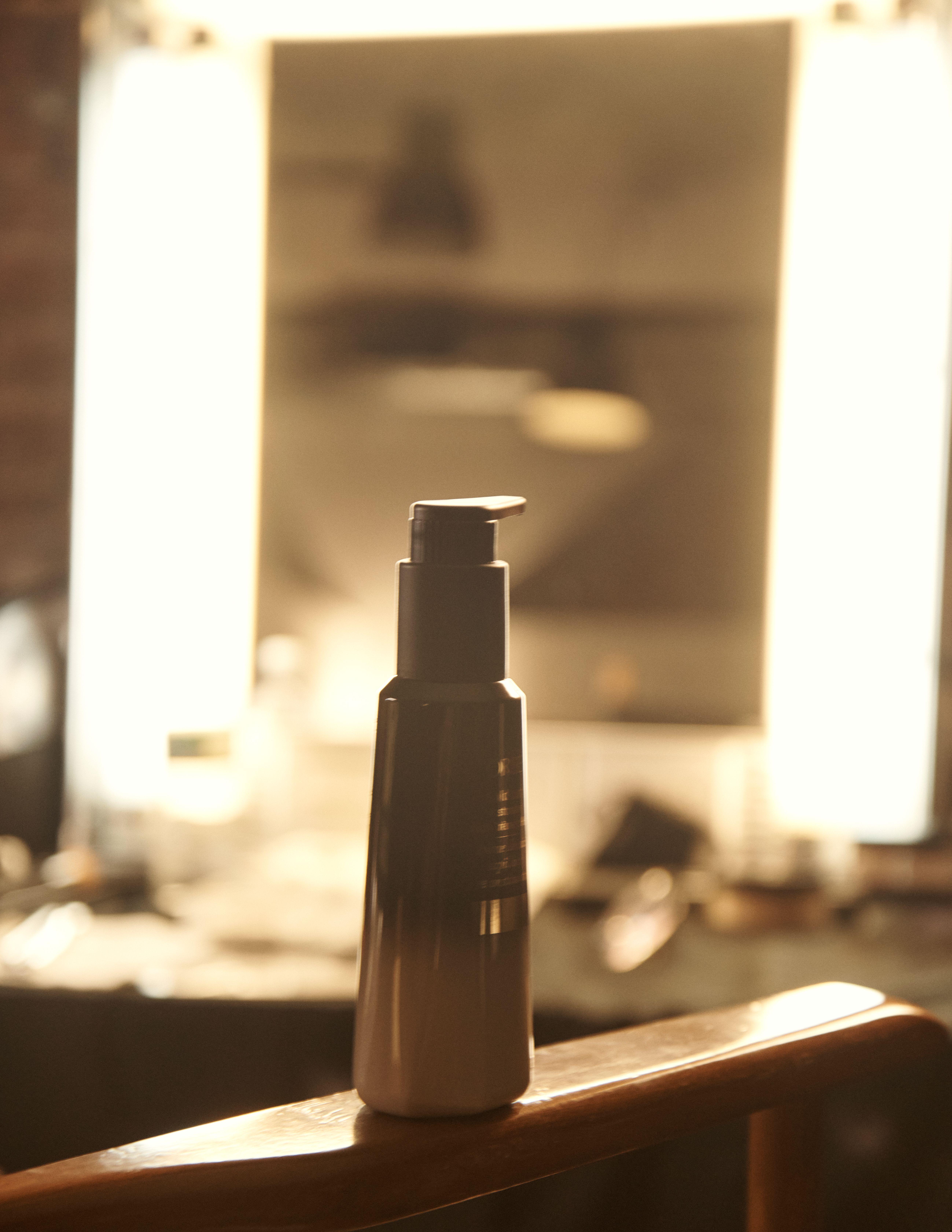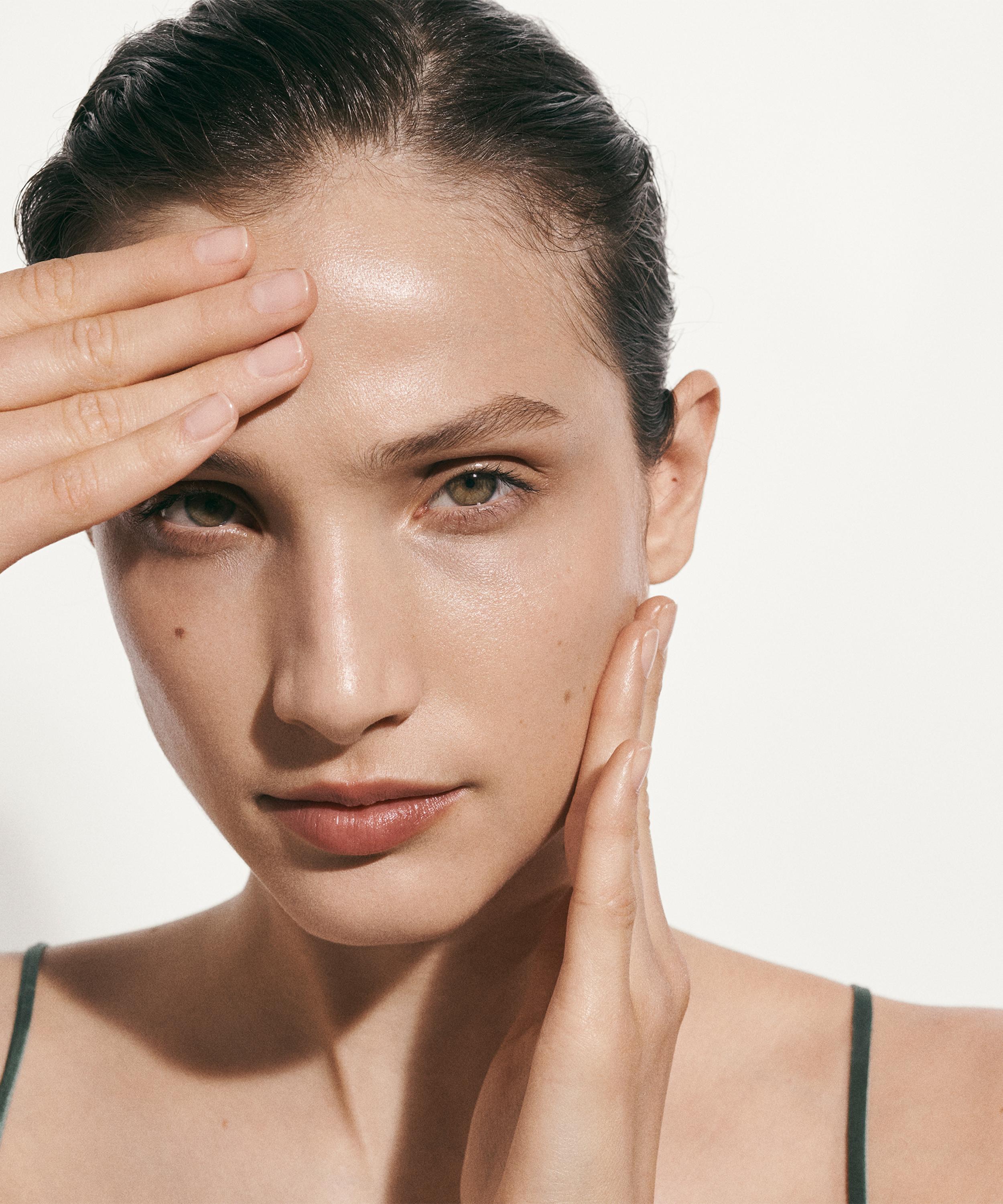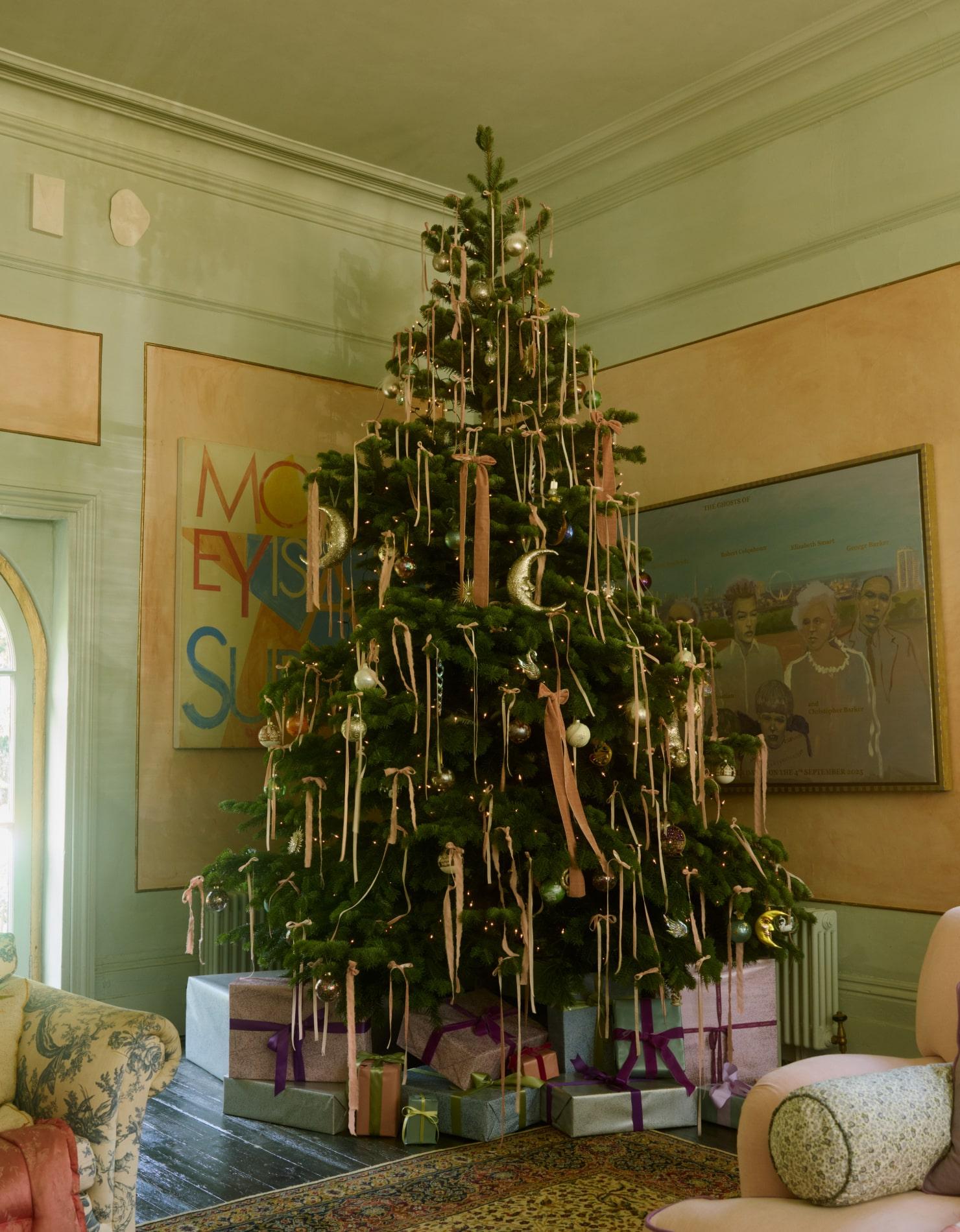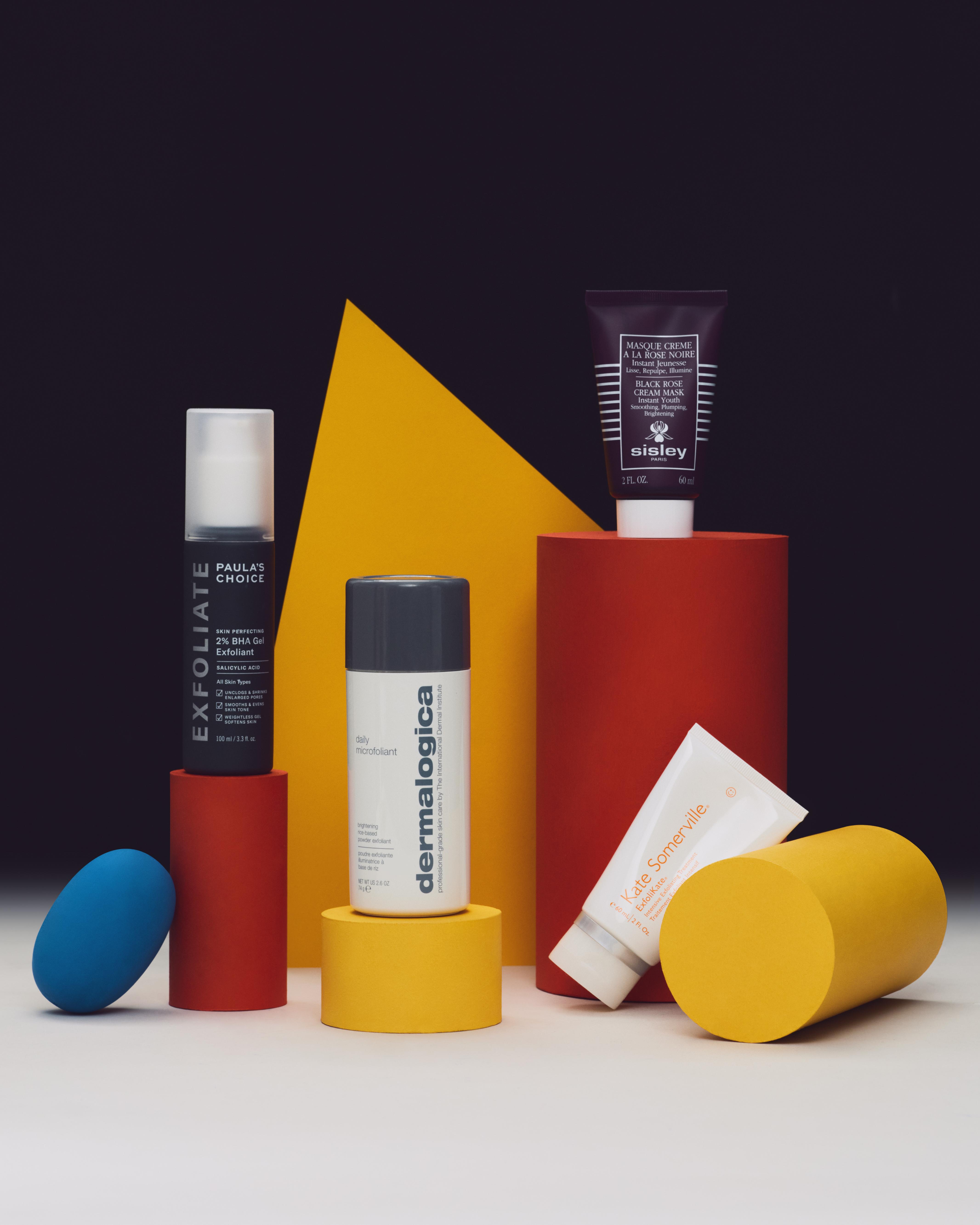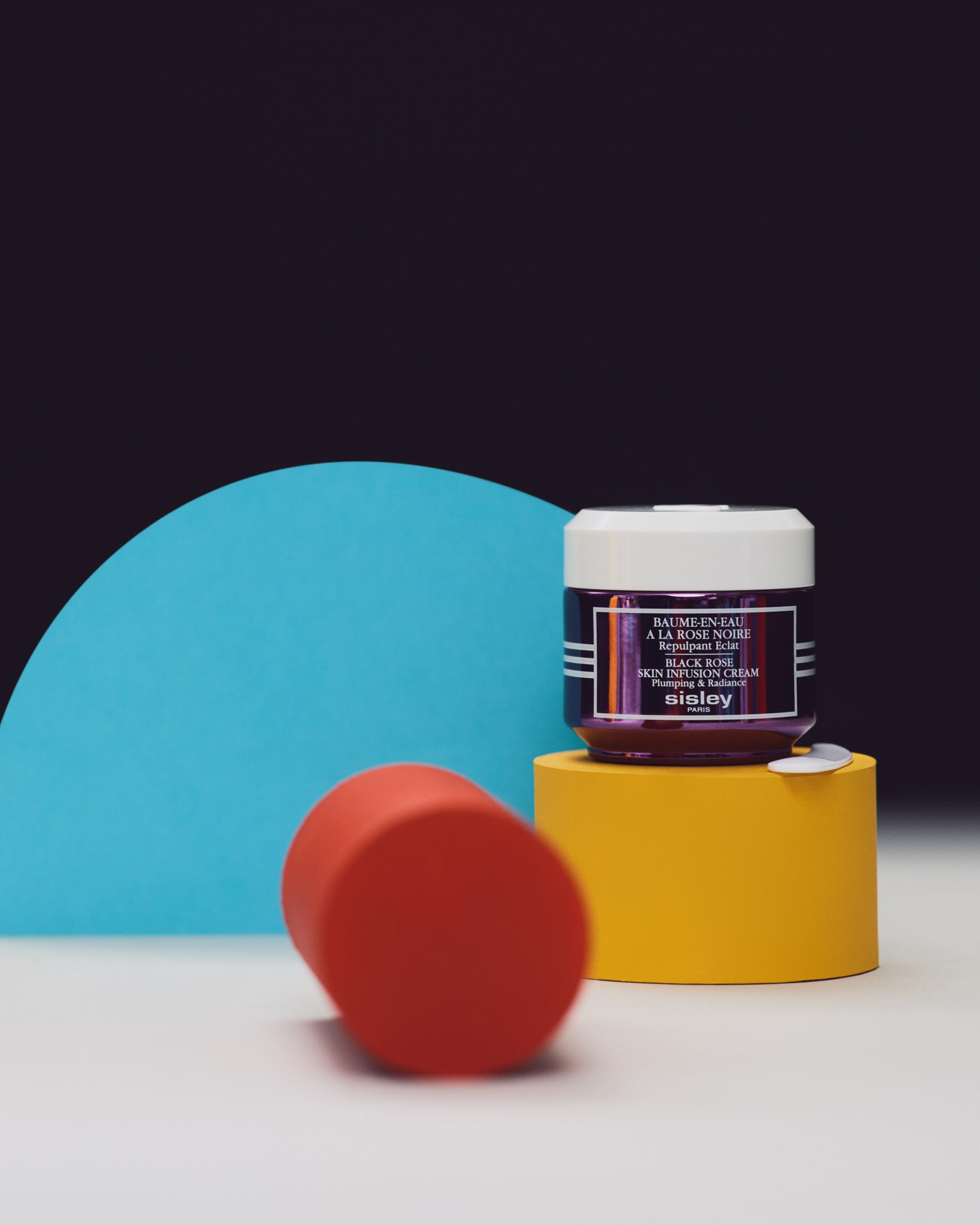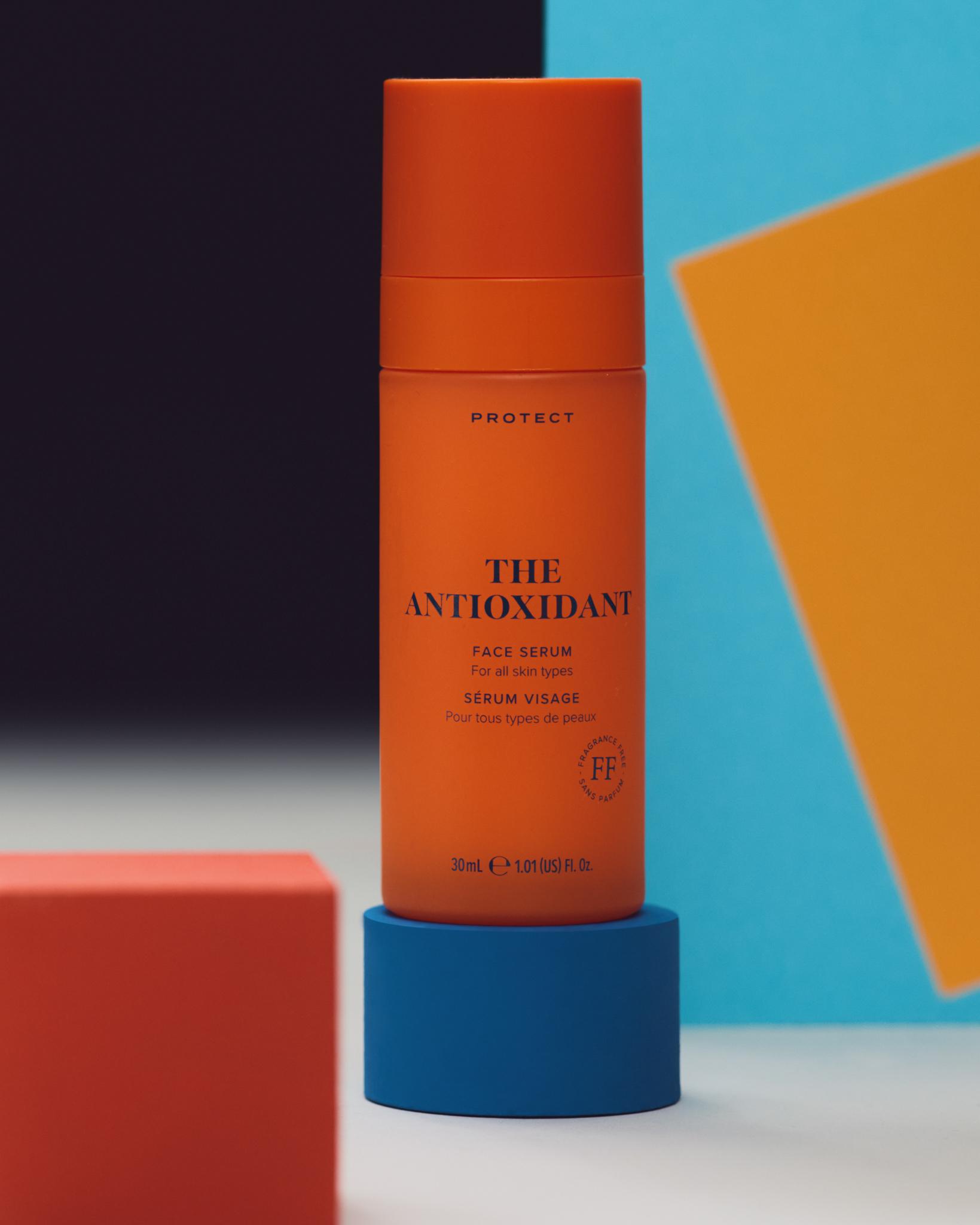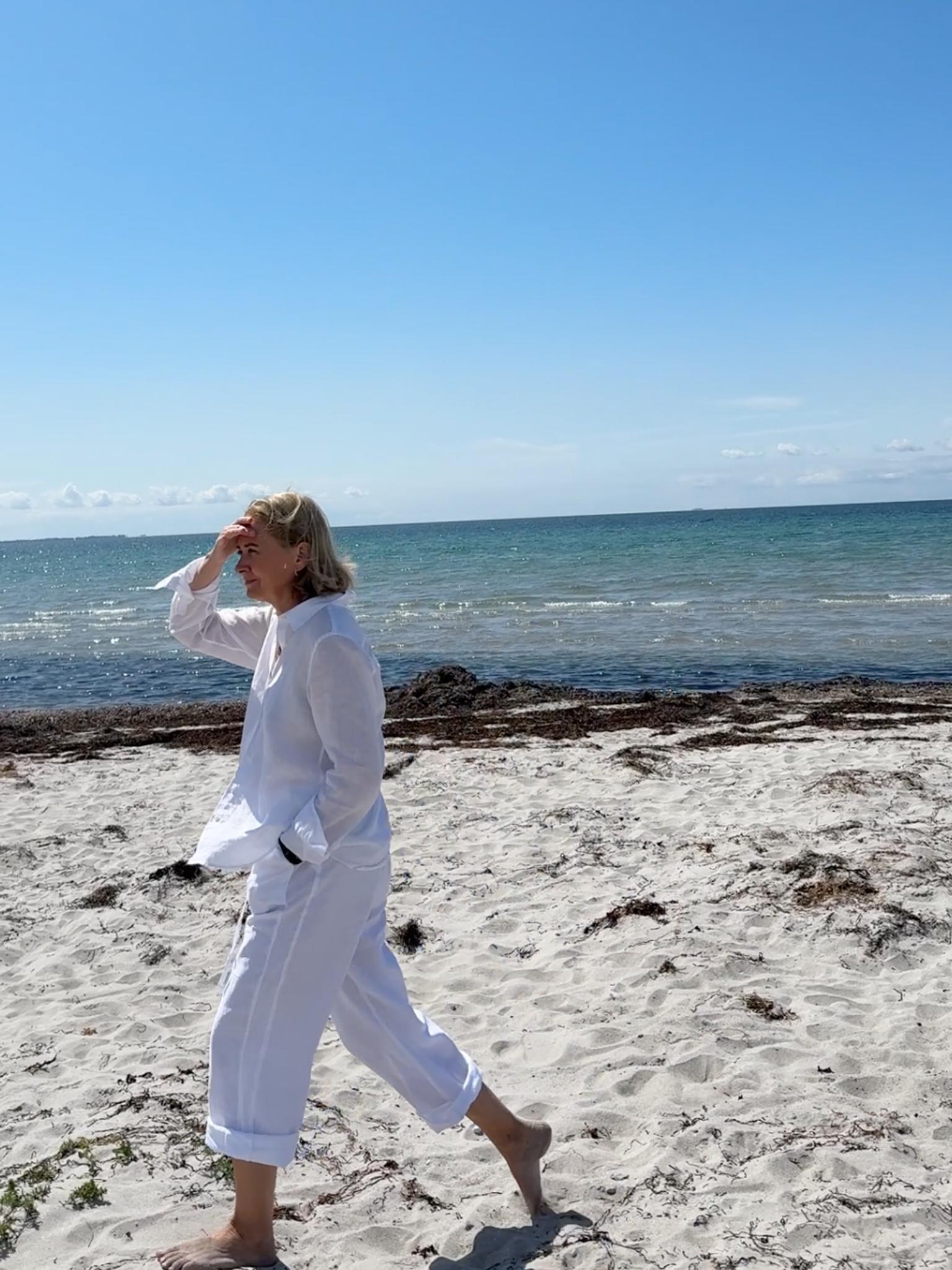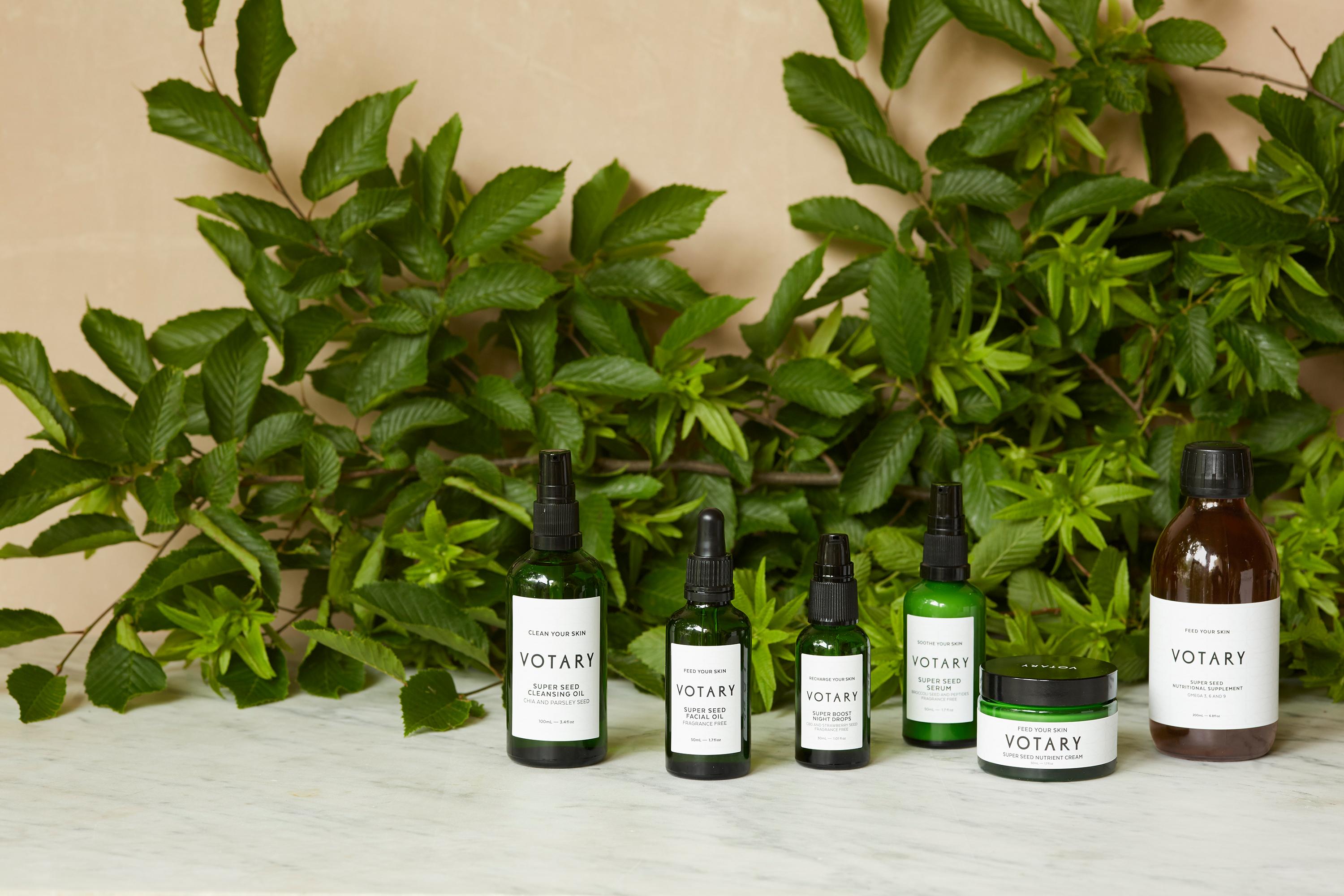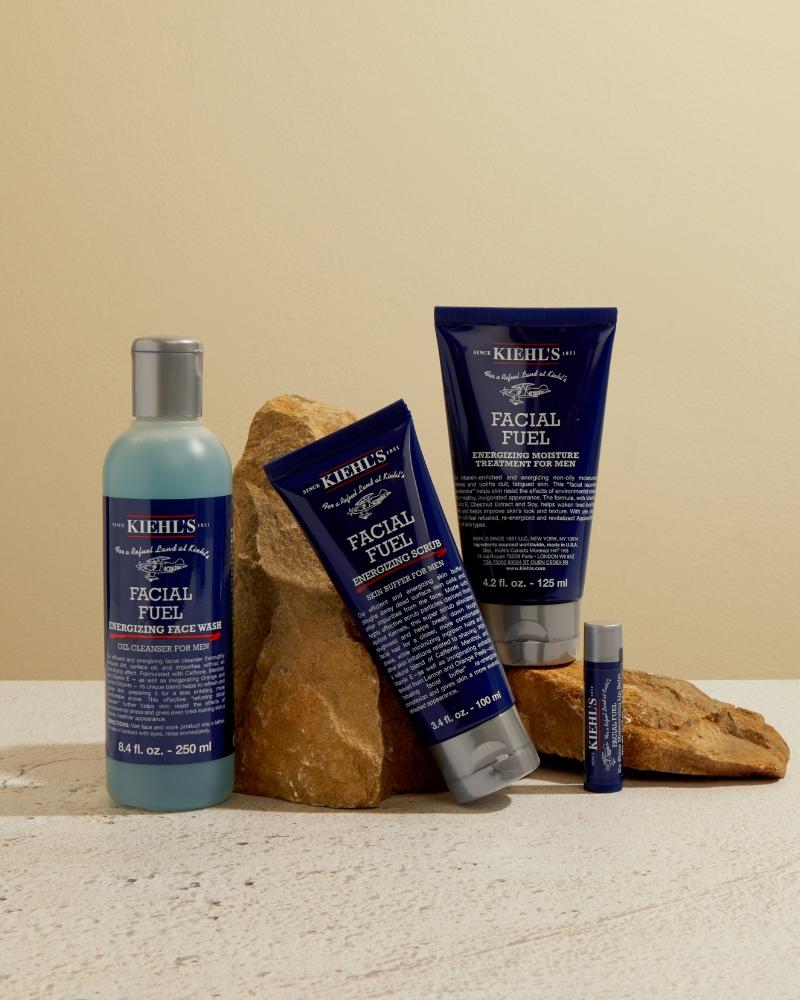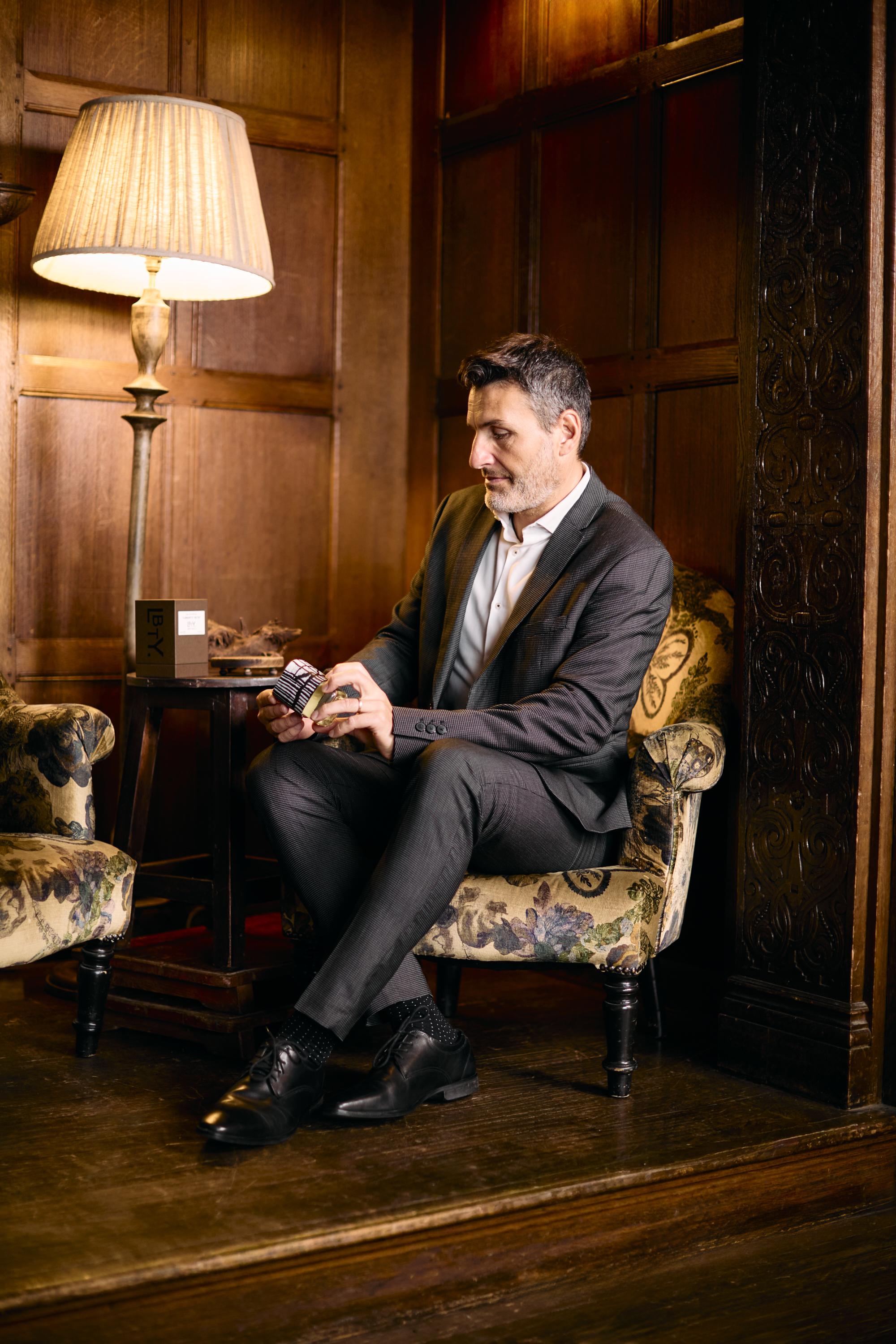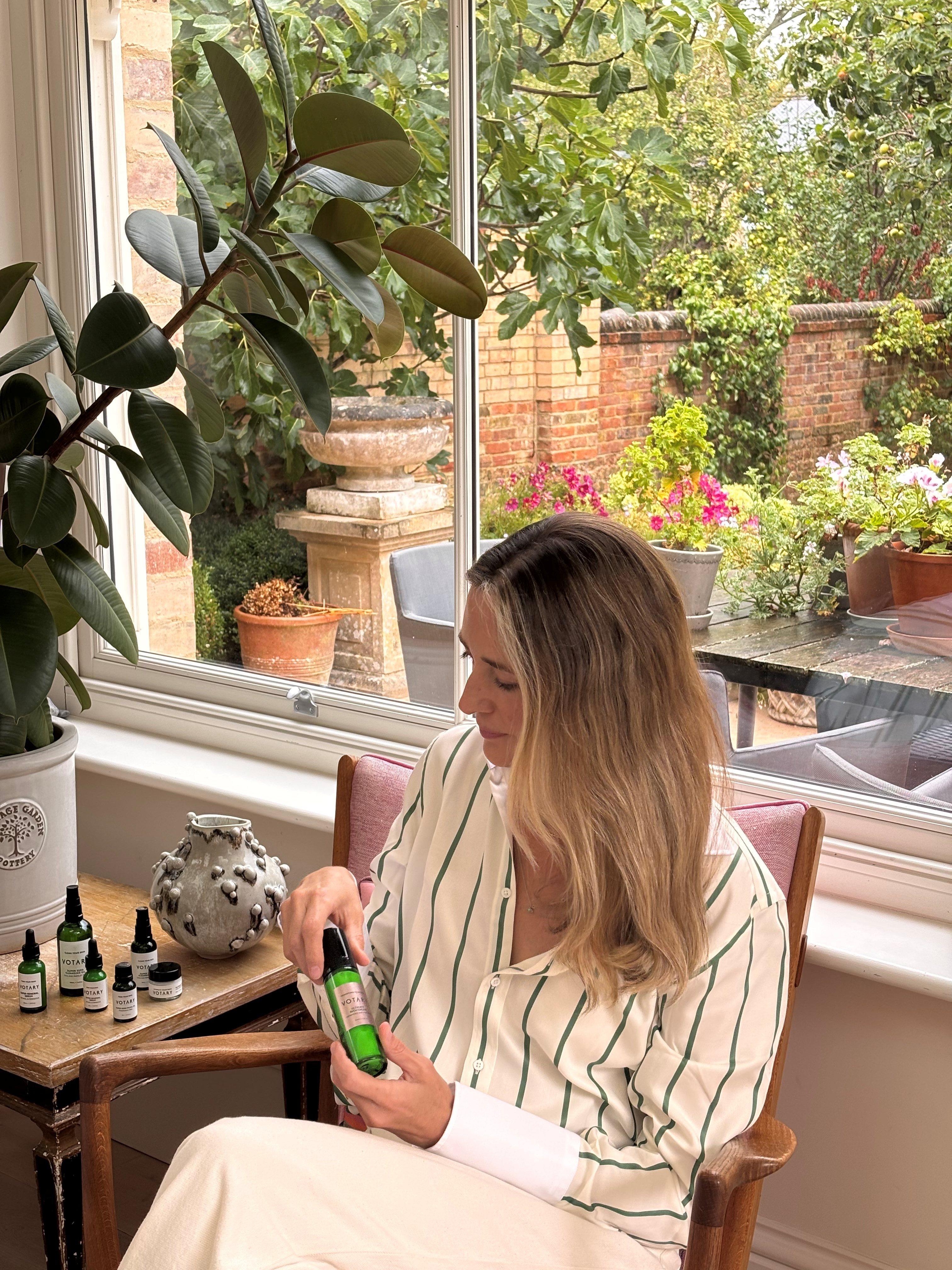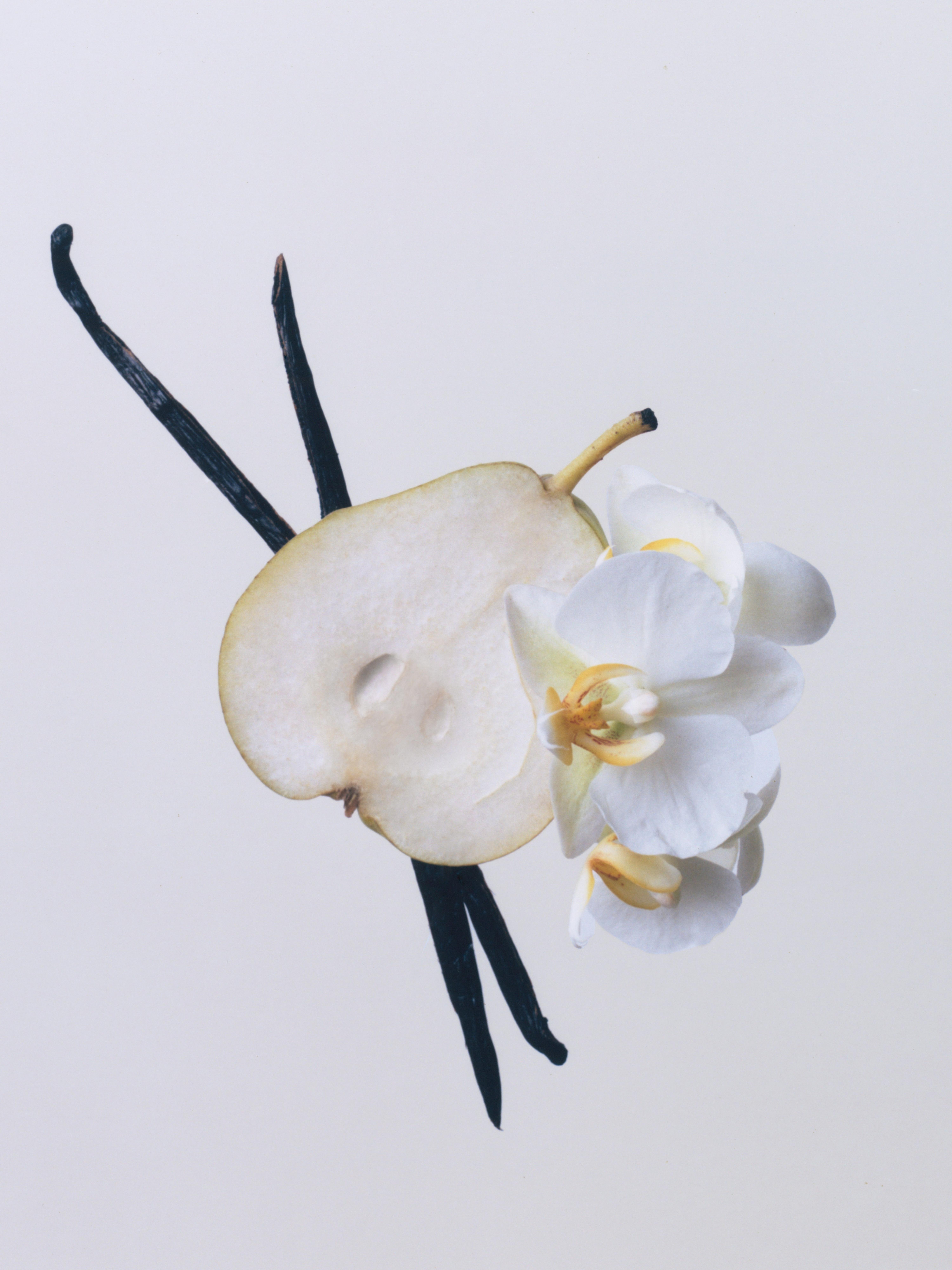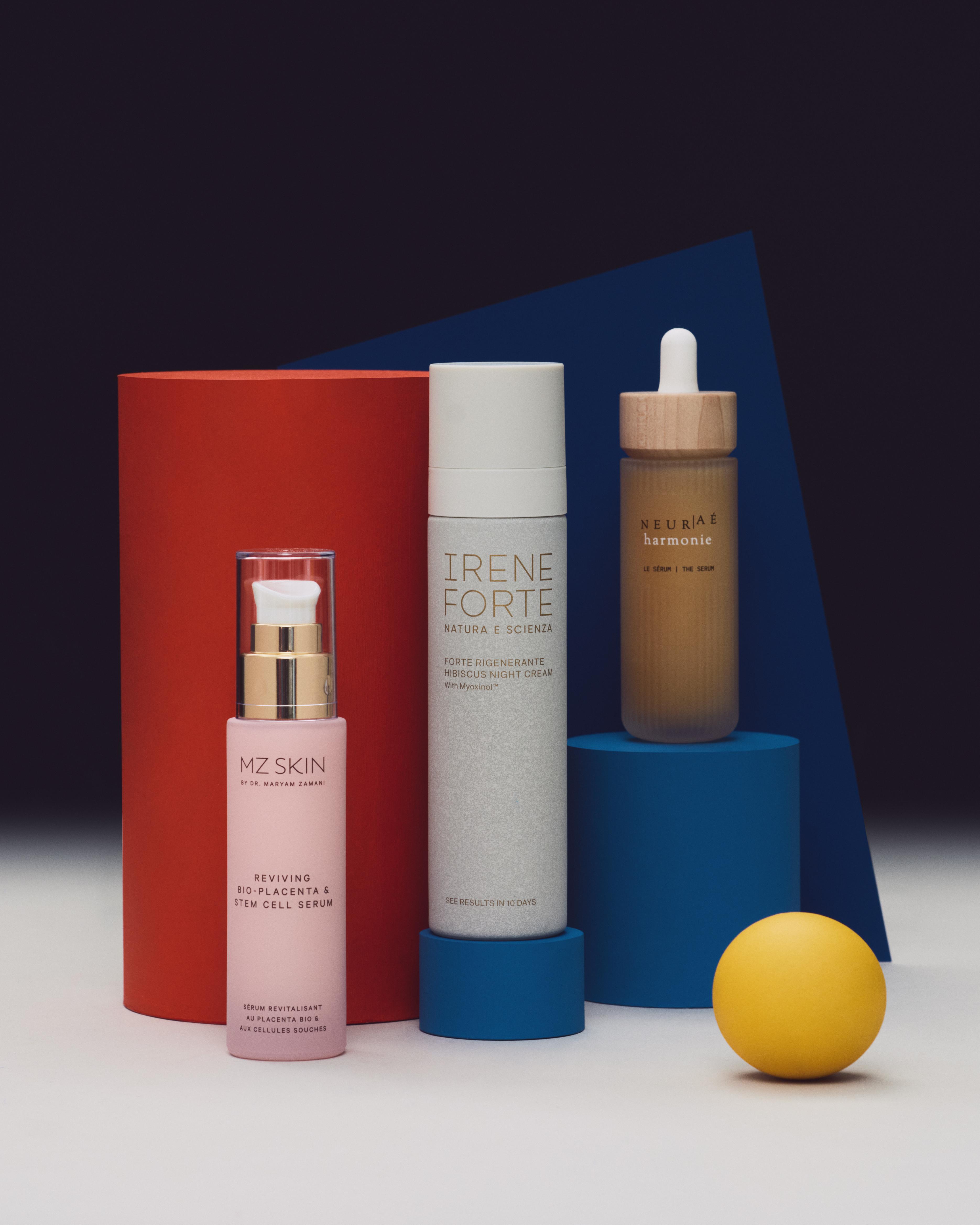Inspired by LBTY: Hera Reigns by Christabel MacGreevy
The multi-disciplinary artist shares the story behind her magical reinterpretation of the Liberty LBTY. Fragrance
Read more
Inspired by LBTY: Hera Reigns by Christabel MacGreevy
The multi-disciplinary artist shares the story behind her magical reinterpretation of the Liberty LBTY. Fragrance
By: Team Liberty
A deep-rooted passion for artistic expression lies at the heart of Liberty, from the Tudor foundations of our store upwards and outwards. The exquisite world of Liberty’s LBTY. Fragrance is no exception, guided by a passion for creativity and collaboration, celebrating history and heritage with an eye to the future.
And what better way to explore the intricacies of the Liberty’s LBTY. Fragrance collection than by continuing our close collaboration with the creative world? This year, we’re tasking a series of contemporary creatives with reimagining each scent through their unique artistic media as part of our Inspired by LBTY. series.
Myth, love and memory lie at the core of London-based artist, Christabel MacGreevy’s work.
Having studied at Central Saint Martins in London and the École des Beaux Arts in Paris, MacGreevy’s multidisciplinary style has touched on printmaking, textiles and sculpture – with her creations setting out to redefine traditional techniques.
Here, MacGreevy talks Liberty through the creation of her ceramic sculpture, inspired by Liberty LBTY. Fragrance’s Hera Reigns.
Can you describe your work and your style?
Yes, I can. I am a visual artist and designer working across a few different mediums. Since the pandemic, I've mainly been making sculptures in ceramic.
Can you define your style? Where do you find inspiration?
Drawing is always at the centre of what I do. I always start a project by sketching things out. Line and colour play a crucial role in the development of my work, whether it’s in fabric, glaze on ceramics, or paint.
Why do you do what you do?
I do what I do because there’s really nothing else that I can do. I didn’t choose to be an artist; it just felt like a natural progression. I’ve always been making things. Over time, it all unravelled, and at some point, in my 20s, I realised it was okay to call myself an artist. It had always felt like a bold statement before, but now it seems obvious that it was what I was meant to do.
Read More: Wild Rosinda by Lucy Mahon
You work across several different media. What draws you to each of them?
I think I’m quite curious—and maybe a bit greedy—because I always want to try new things. The more you work in different mediums, the more you see parallels between them, whether it’s stylistic, conceptual, or visual. Even though the mediums are different—one might be 3D, another made from fabric—it all feels like an expression from the same place.
Tell us about your specific artwork for Hera Reigns. What was your process and how did you bring the piece to life?
When I was given the brief for Hera Reigns, I was excited about working with the idea of Peacock feathers. It felt unexpected compared to my usual work. Birds are fascinating to me—their sharp eyes and the fan tails of Peacocks, which have markings called "eyes," feel very performative. I wanted to create a ceramic handle inspired by the Peacock, making it a triple handle to mimic the plume's grandeur.
Read More: Vine Thief by Alfie Kungu
Did the scent of Hera Reigns inspire anything in your process?
Hera Reigns is quite an opulent scent. It feels sunny, optimistic, and smells amazing. To reflect that sunny element, I added a gold final lustre firing to the piece to bring that idea to life.
Can you talk us through your creative process?
For this piece, I started by thinking about the colours in Peacocks. I sourced some new glazes in greens and blues that matched the Hera Reigns concept. Then, I began drawing Peacocks and tapping into childhood memories of Peacocks squawking around the Japanese garden in Holland Park.
More generally, where do you find inspiration?
Inspiration can come from anywhere—drawings I’ve already done, old sketchbooks, or exhibitions I’ve visited. There are often narrative threads I return to, like the idea of a figure moving through space and time as an archetype. I’m also inspired by magical traditions and belief systems that are transcultural and part of the human condition.
Your work often involves subverting or reimagining traditional practices. Why is this important to you?
Reimagining traditional practices is fascinating because crafts once had significant societal functions that are now redundant. These crafts still hold a place in our collective history, and their remnants surround us, whether in basket weaving, knot making, or old building techniques. By using or subverting these crafts now, I’m engaging with the weight of what they used to mean. It’s an interesting dichotomy to play with.
Read More: Liberty Maze by Alfred Bramsen

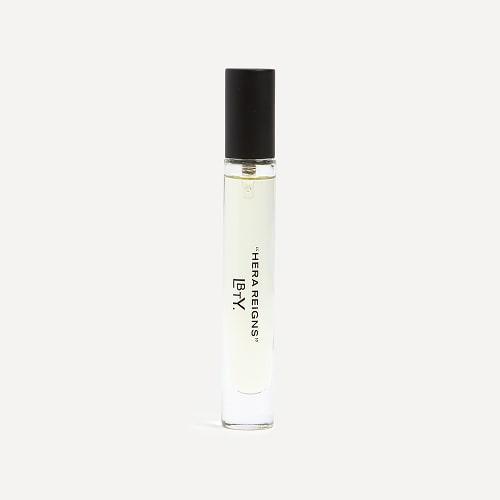
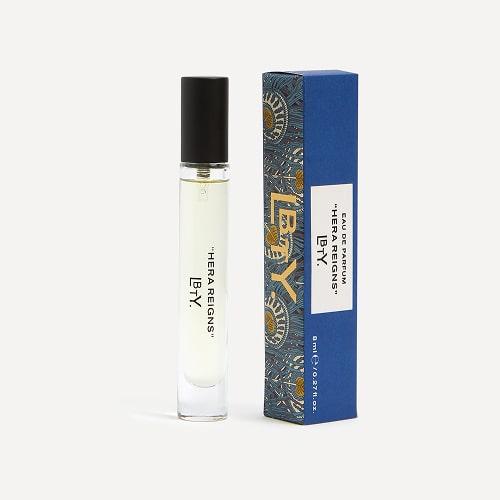
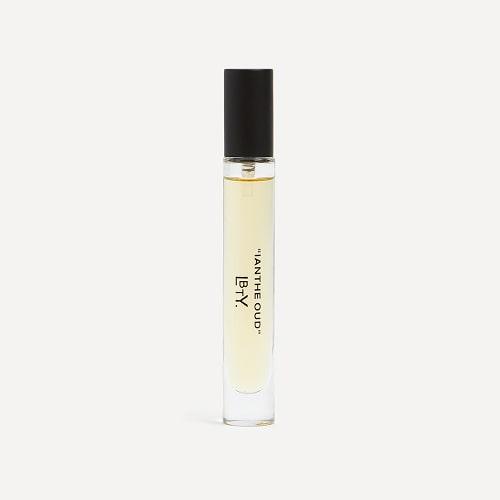
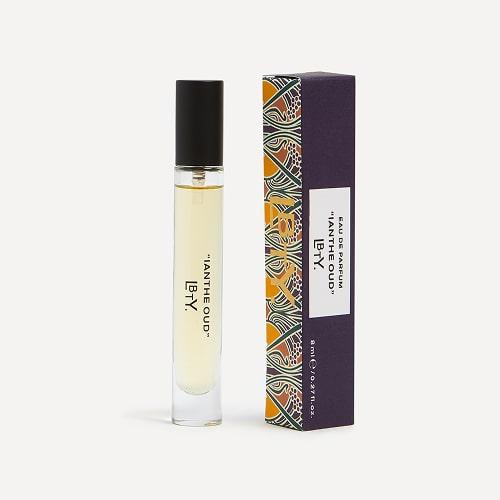
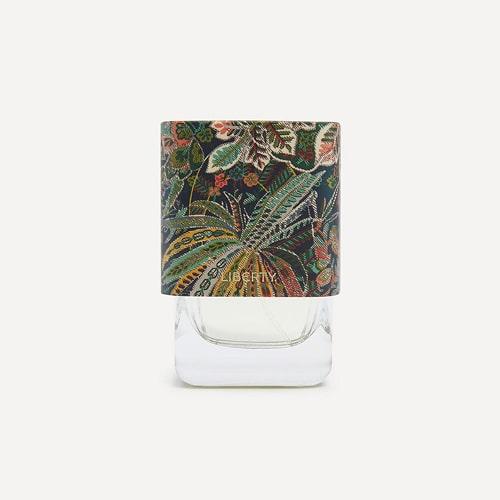
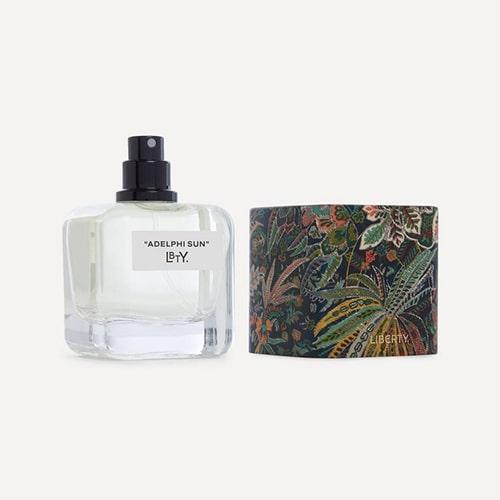

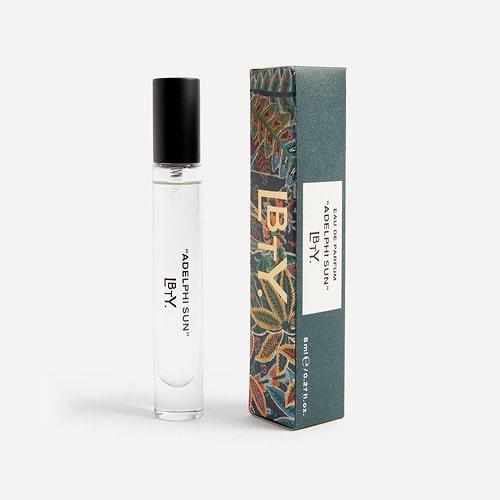
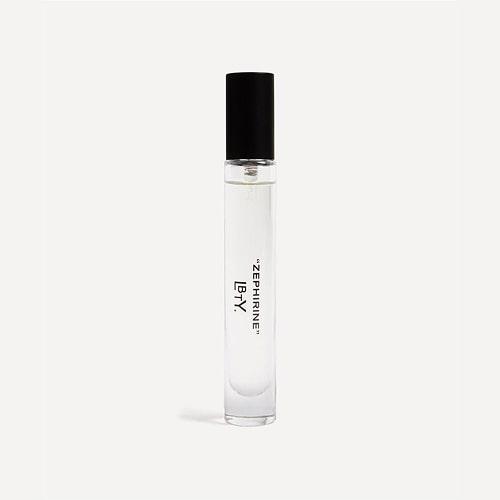
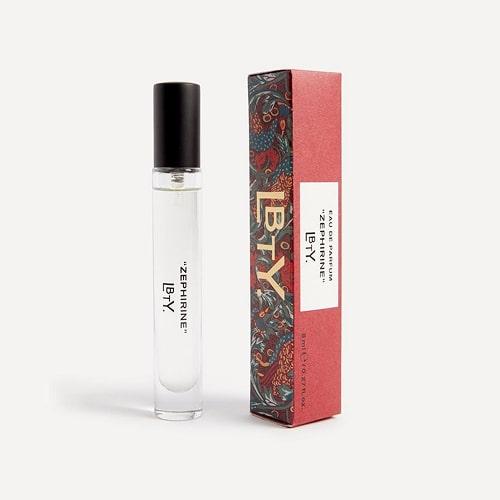
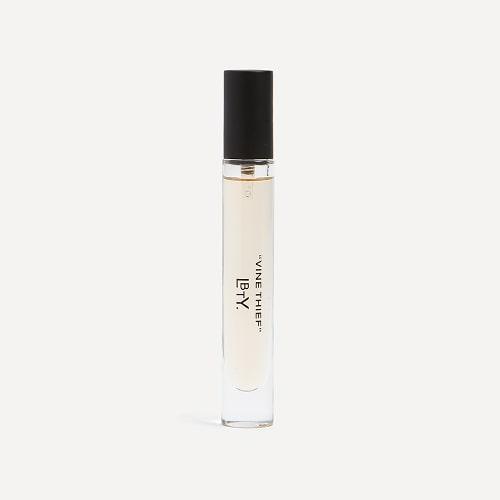

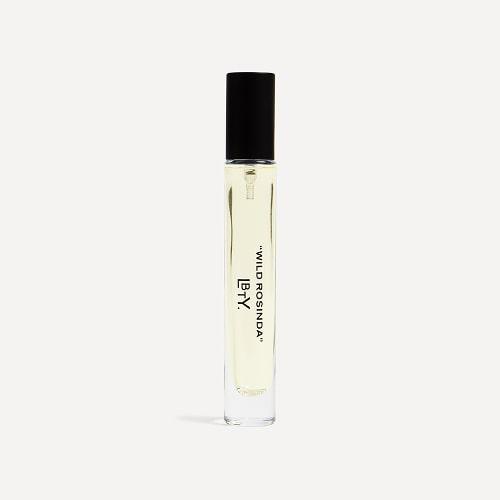
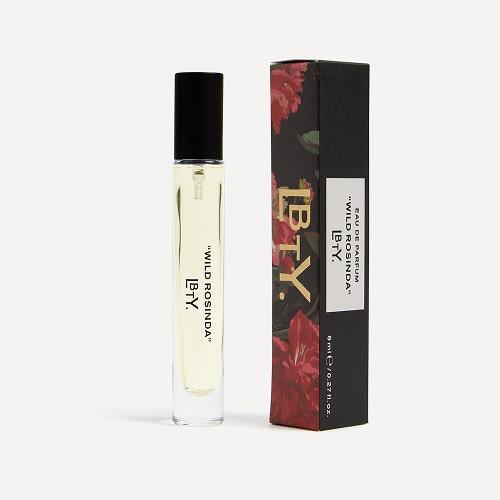
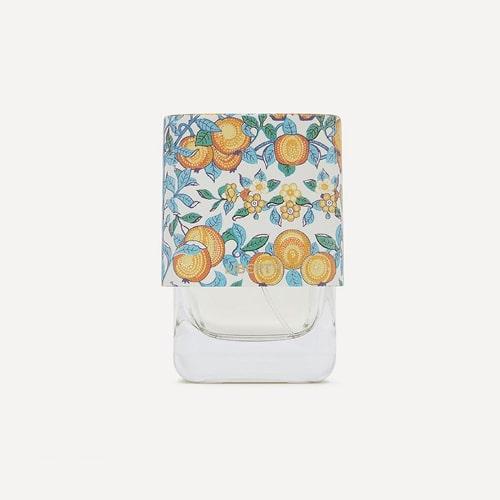

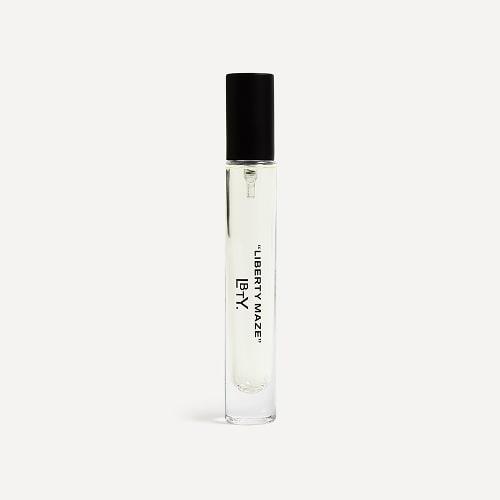

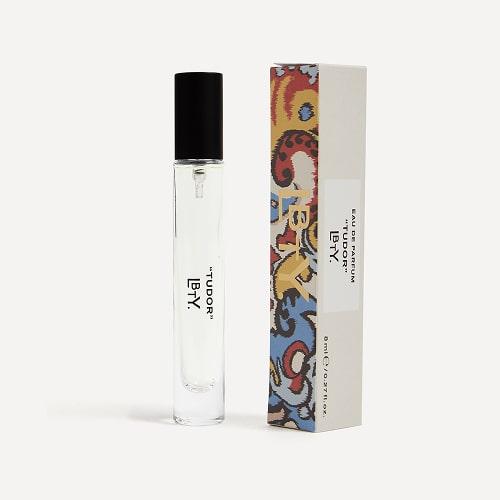
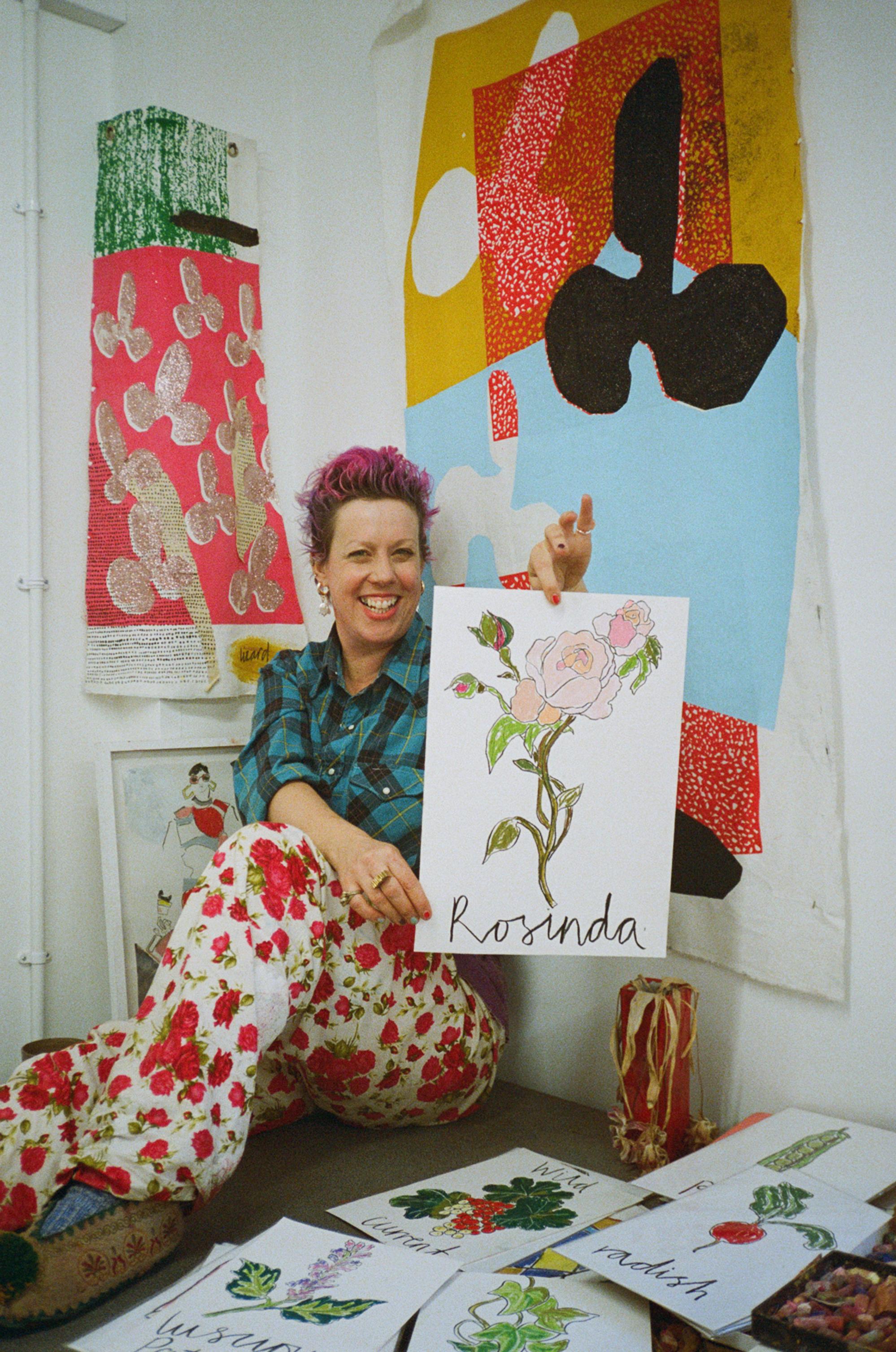
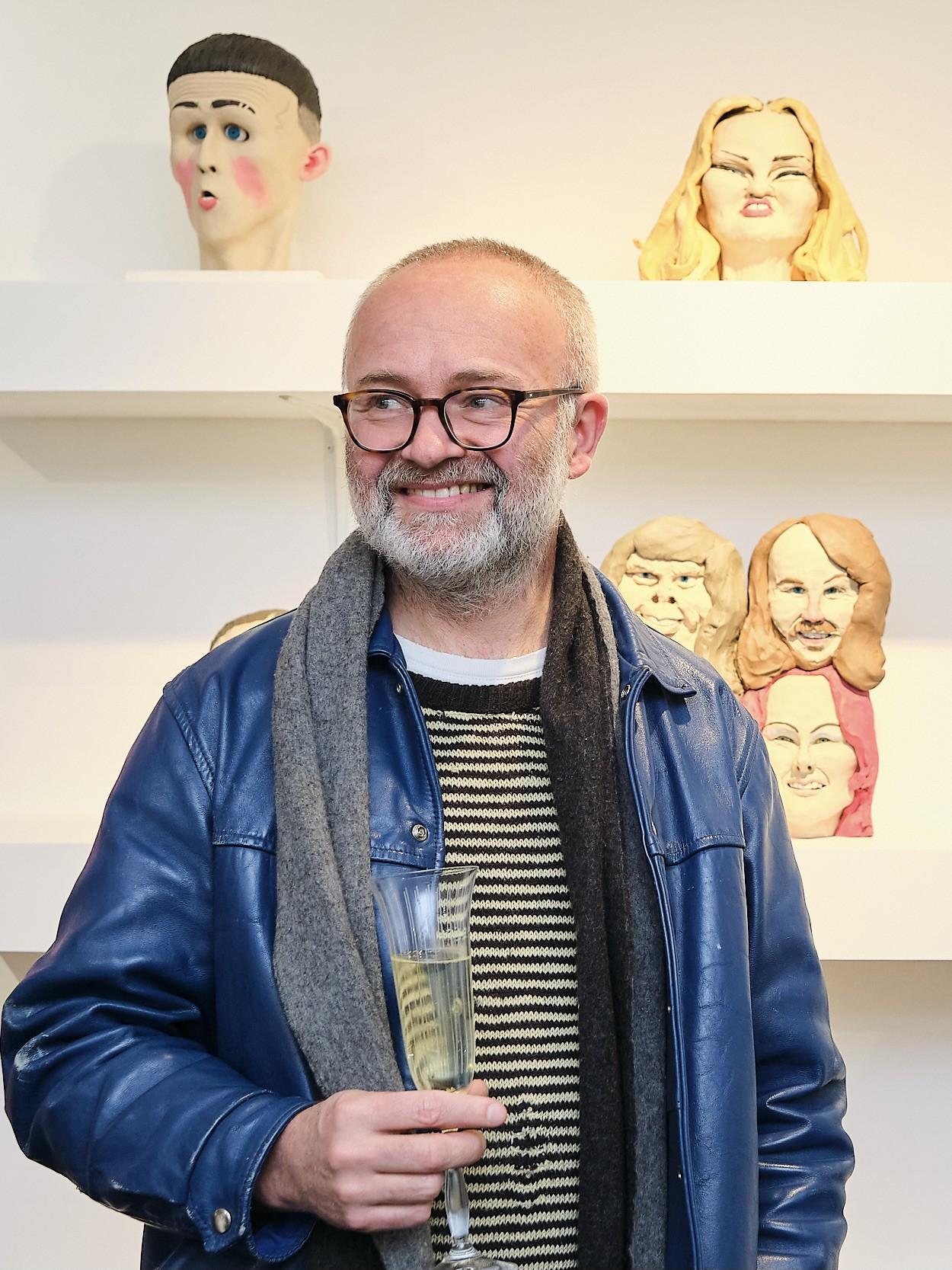
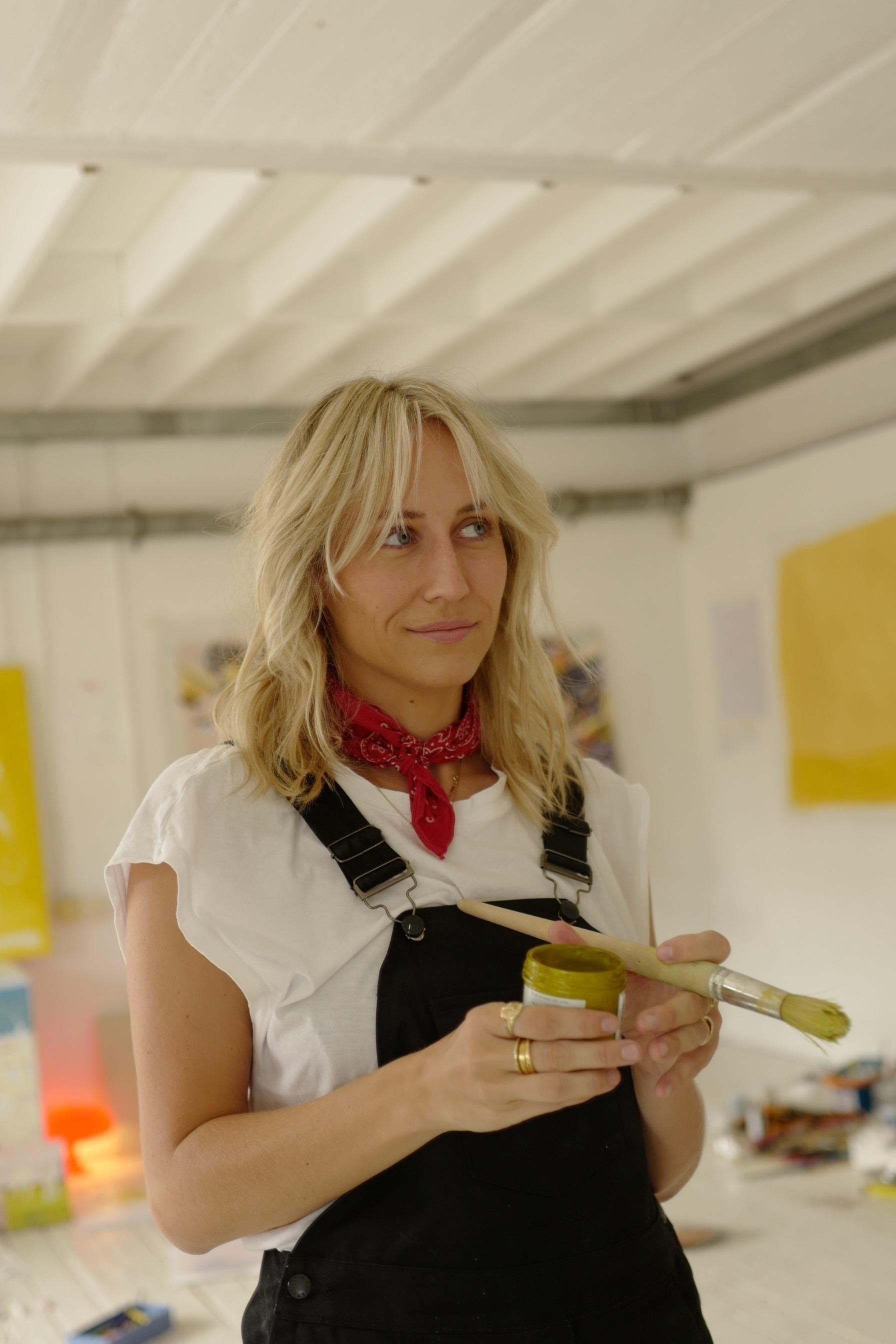
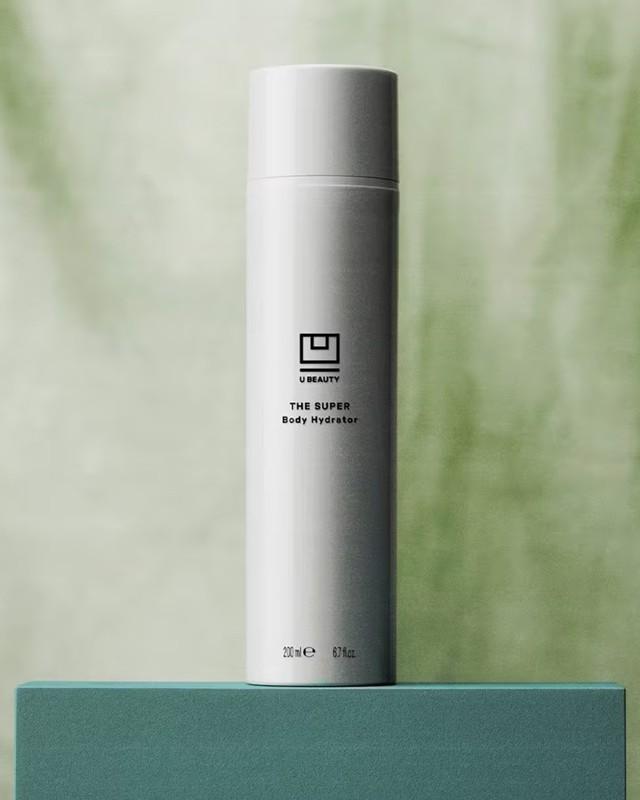
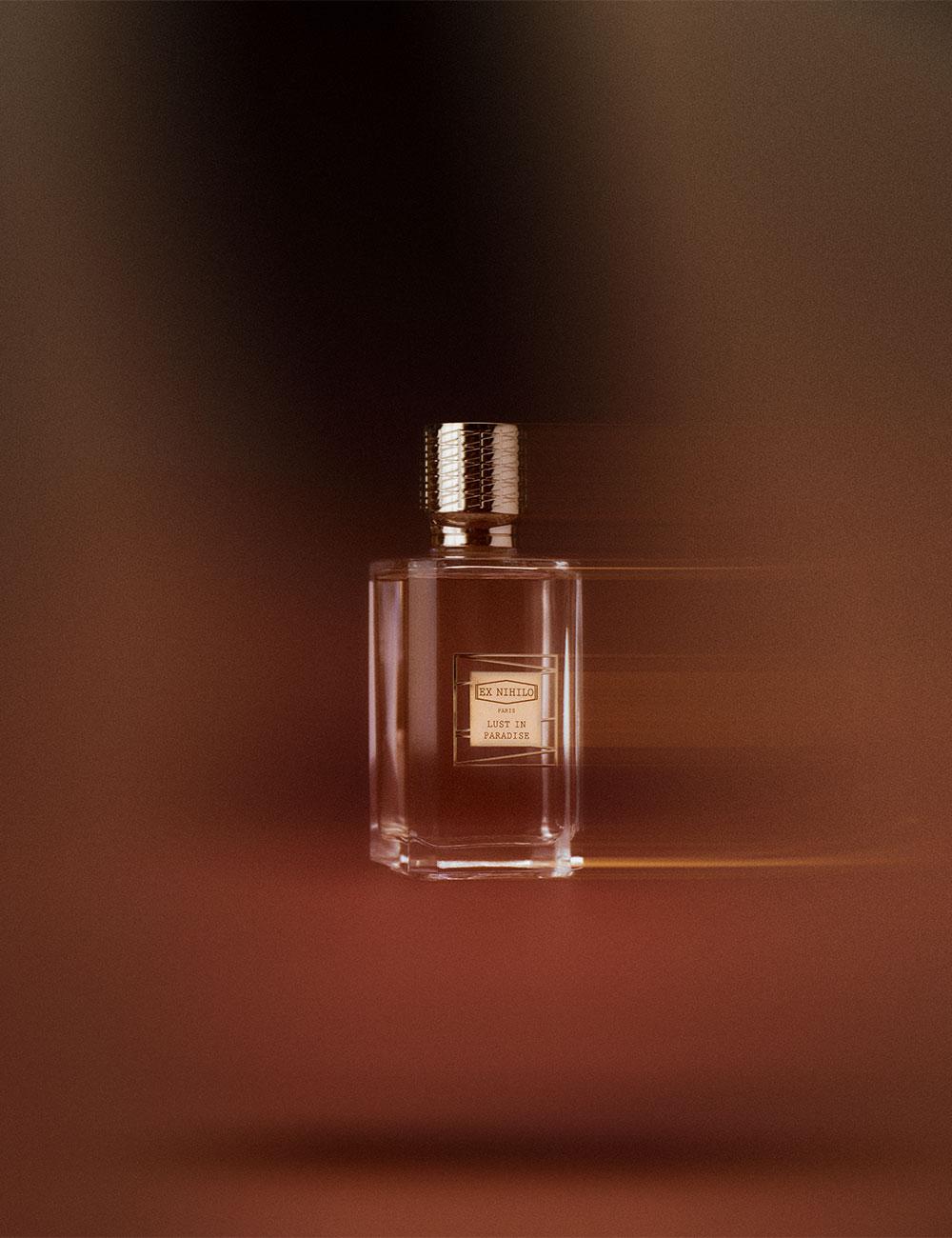
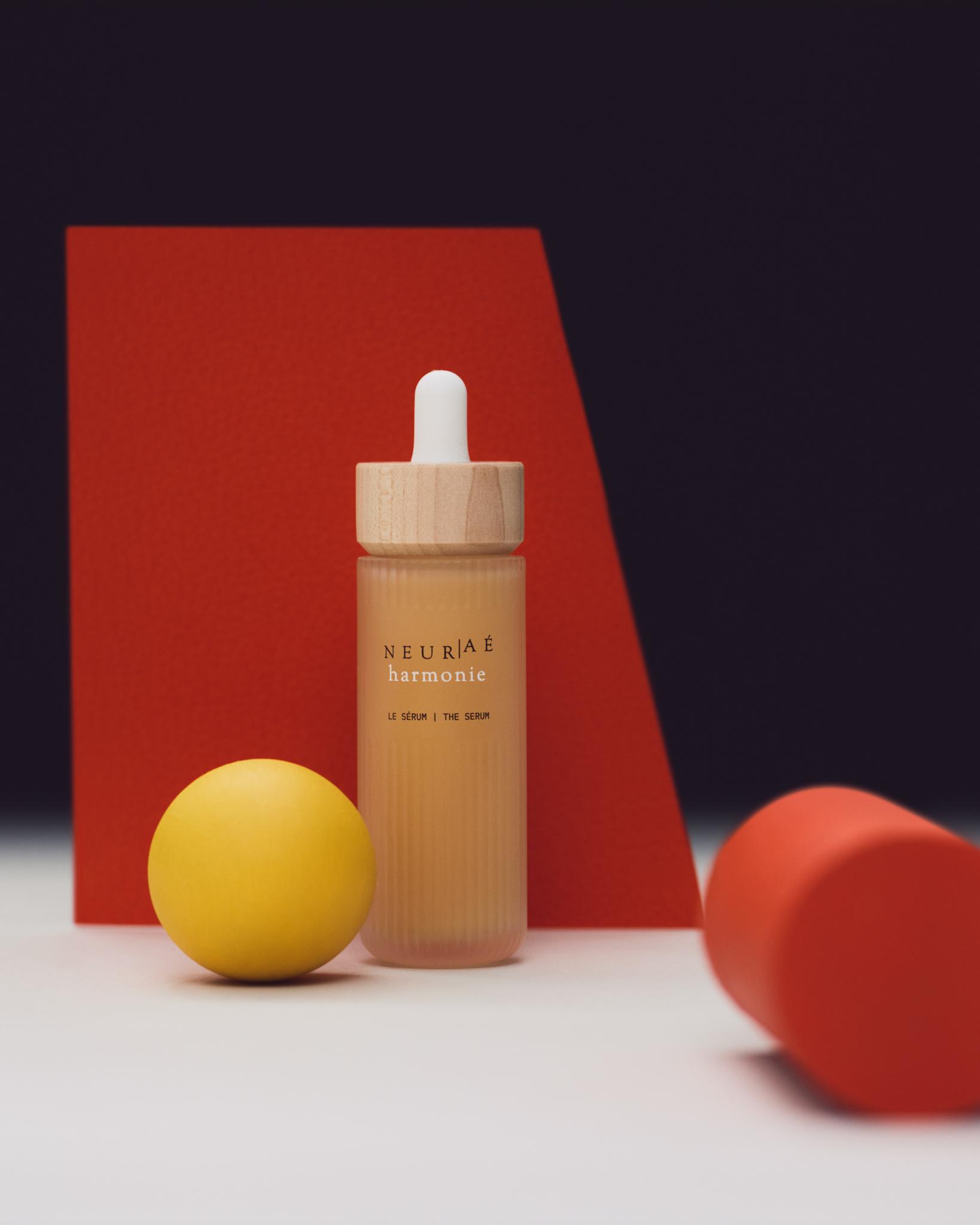
?fmt=auto&qlt=default)
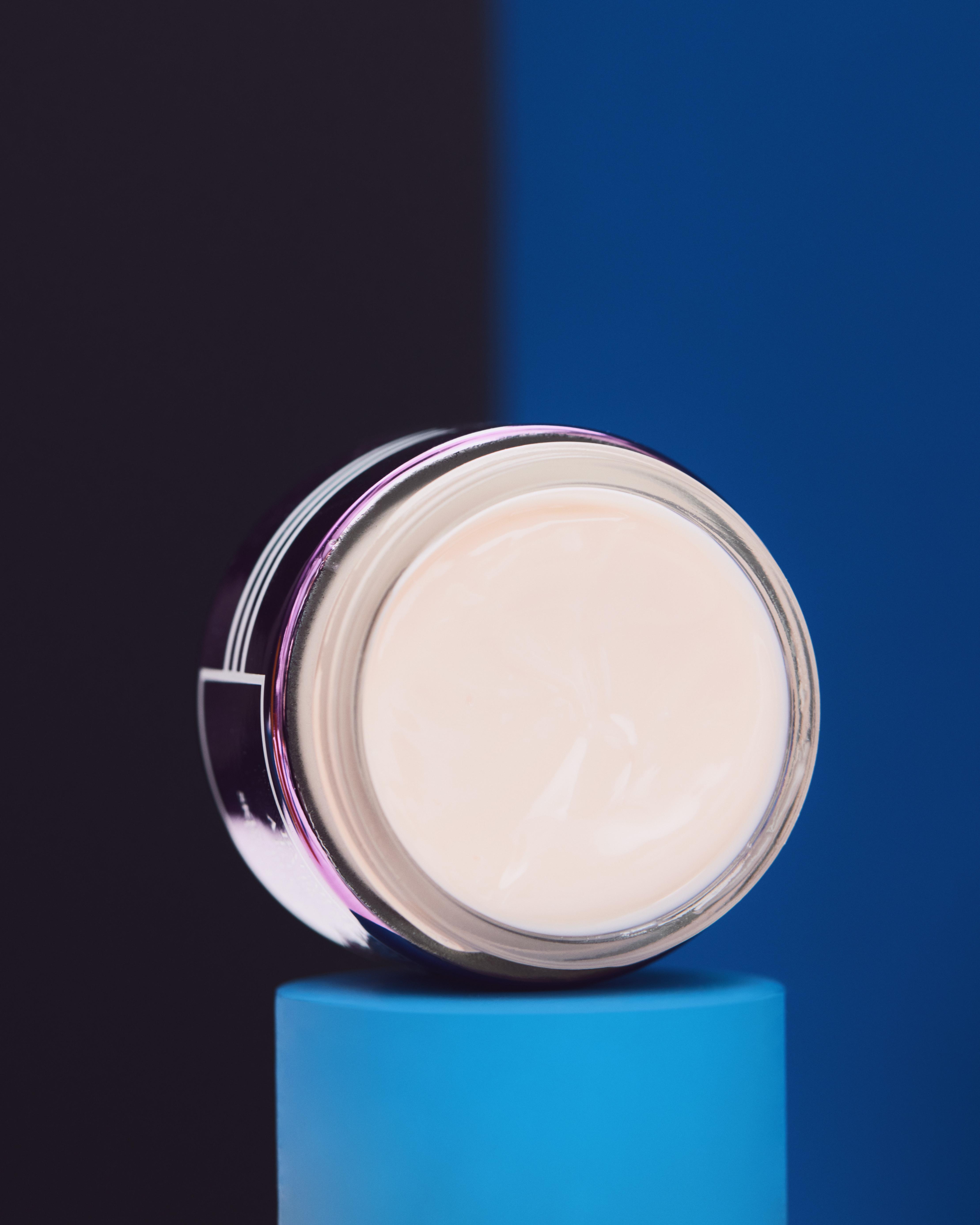
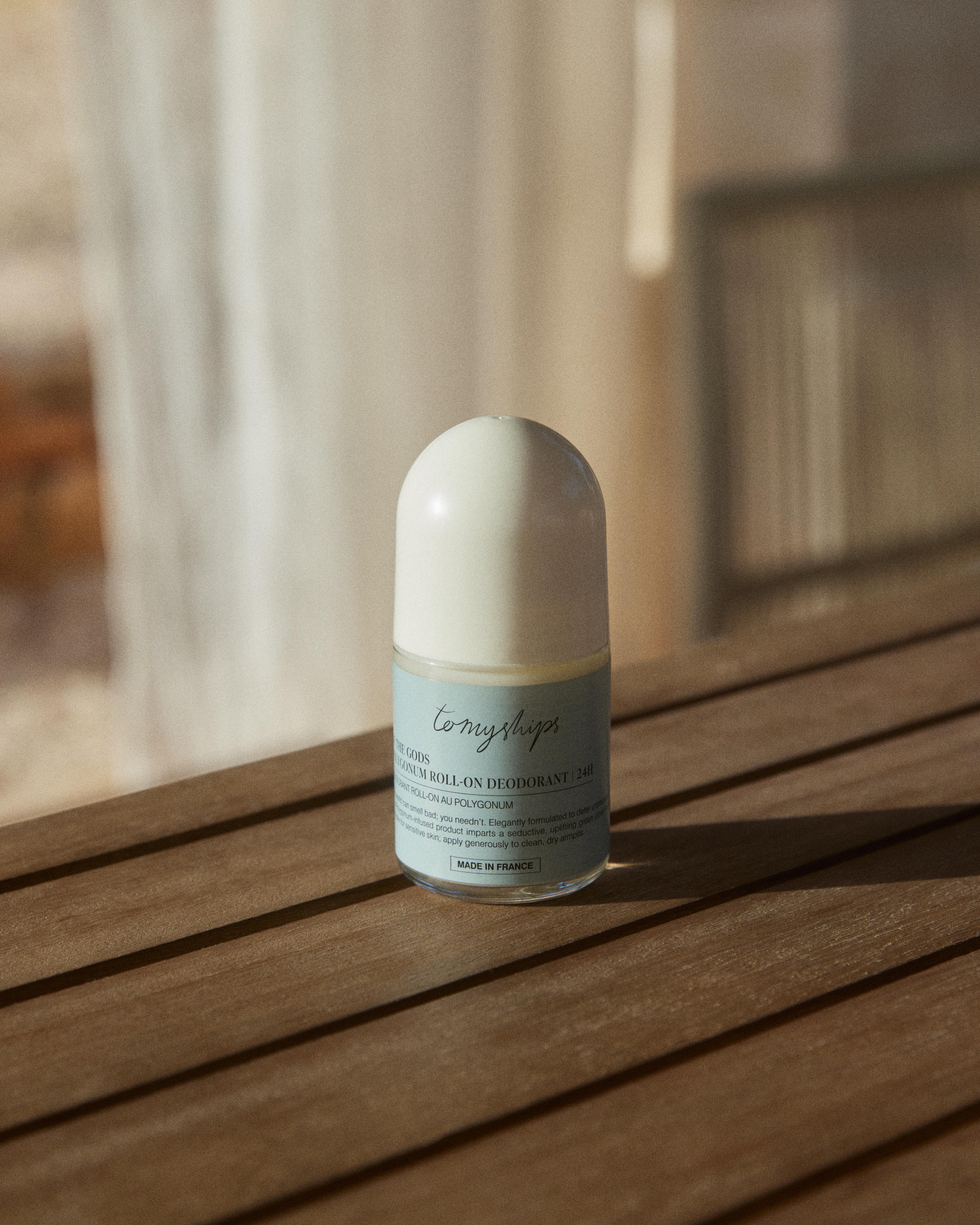
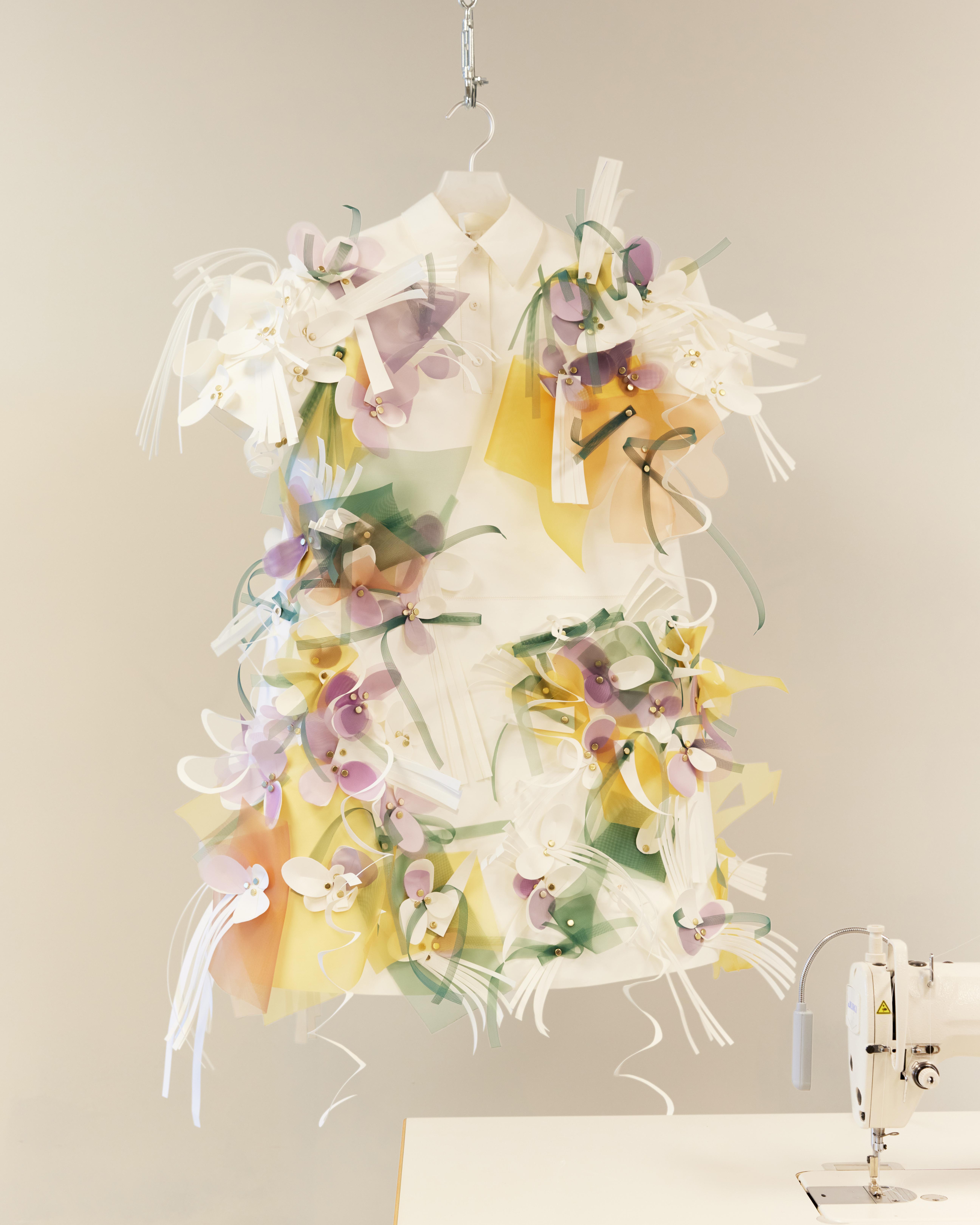
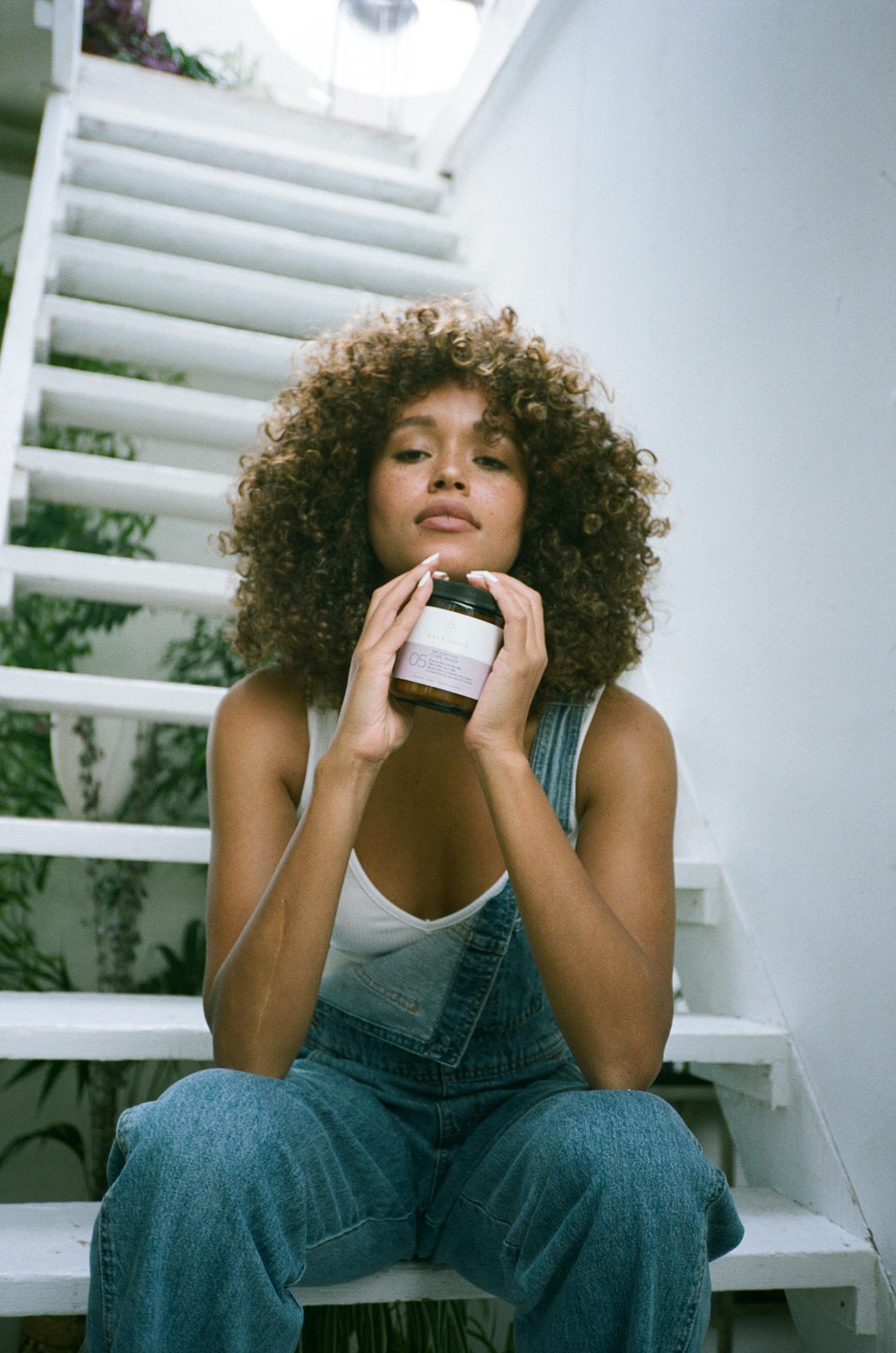
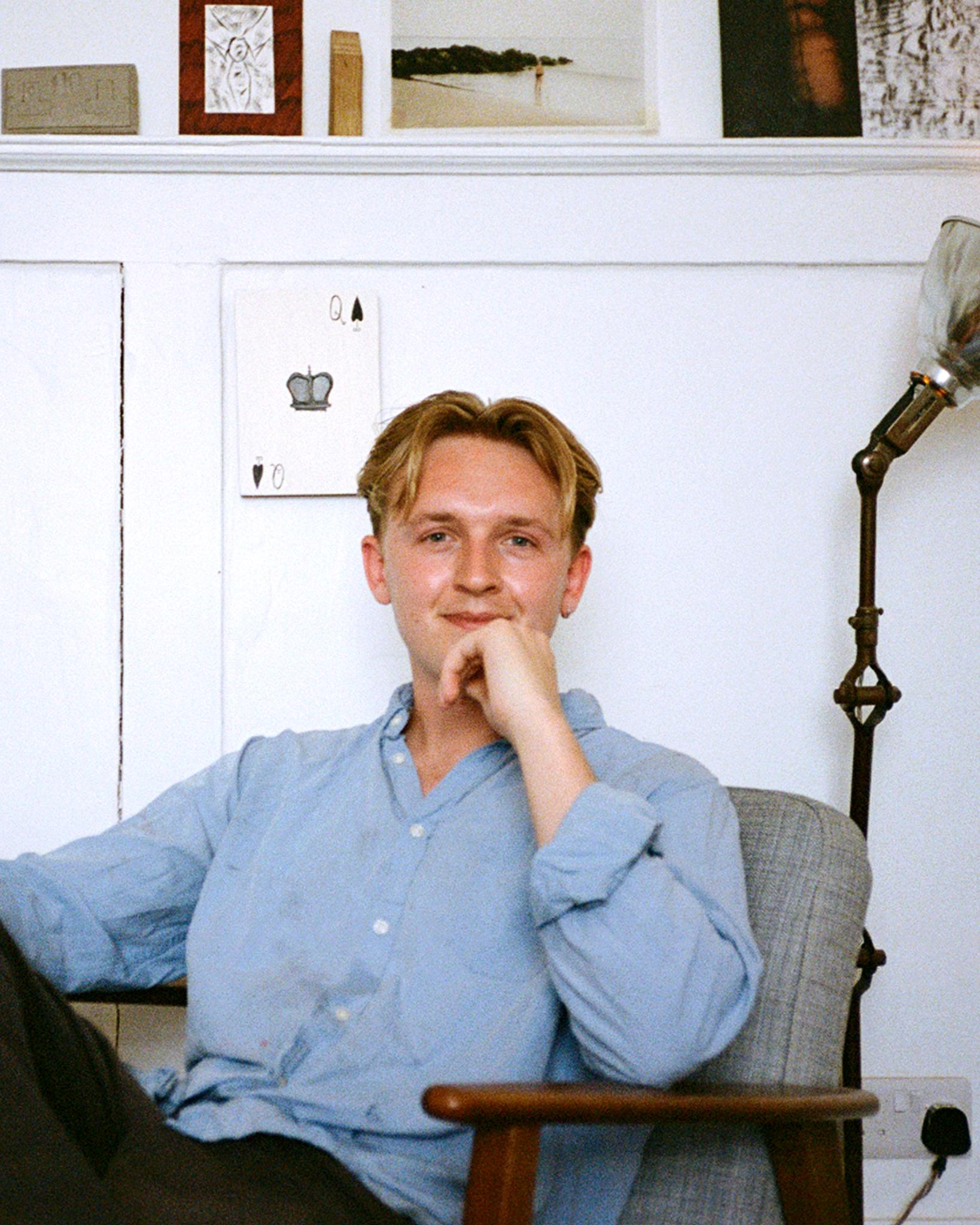
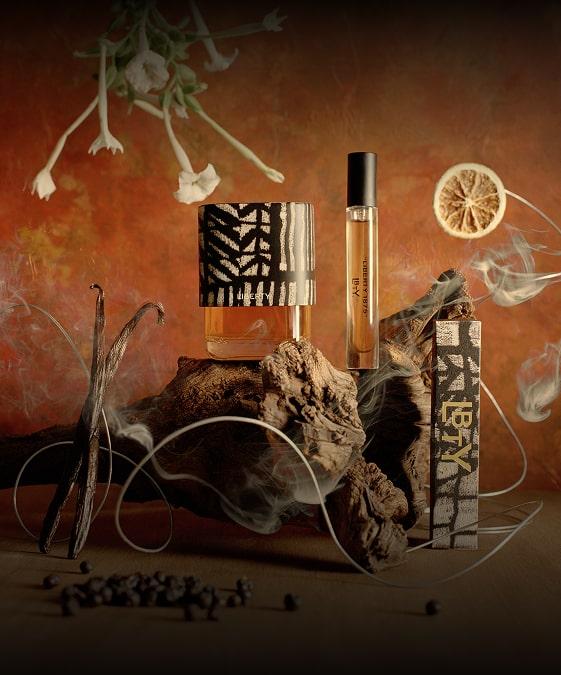
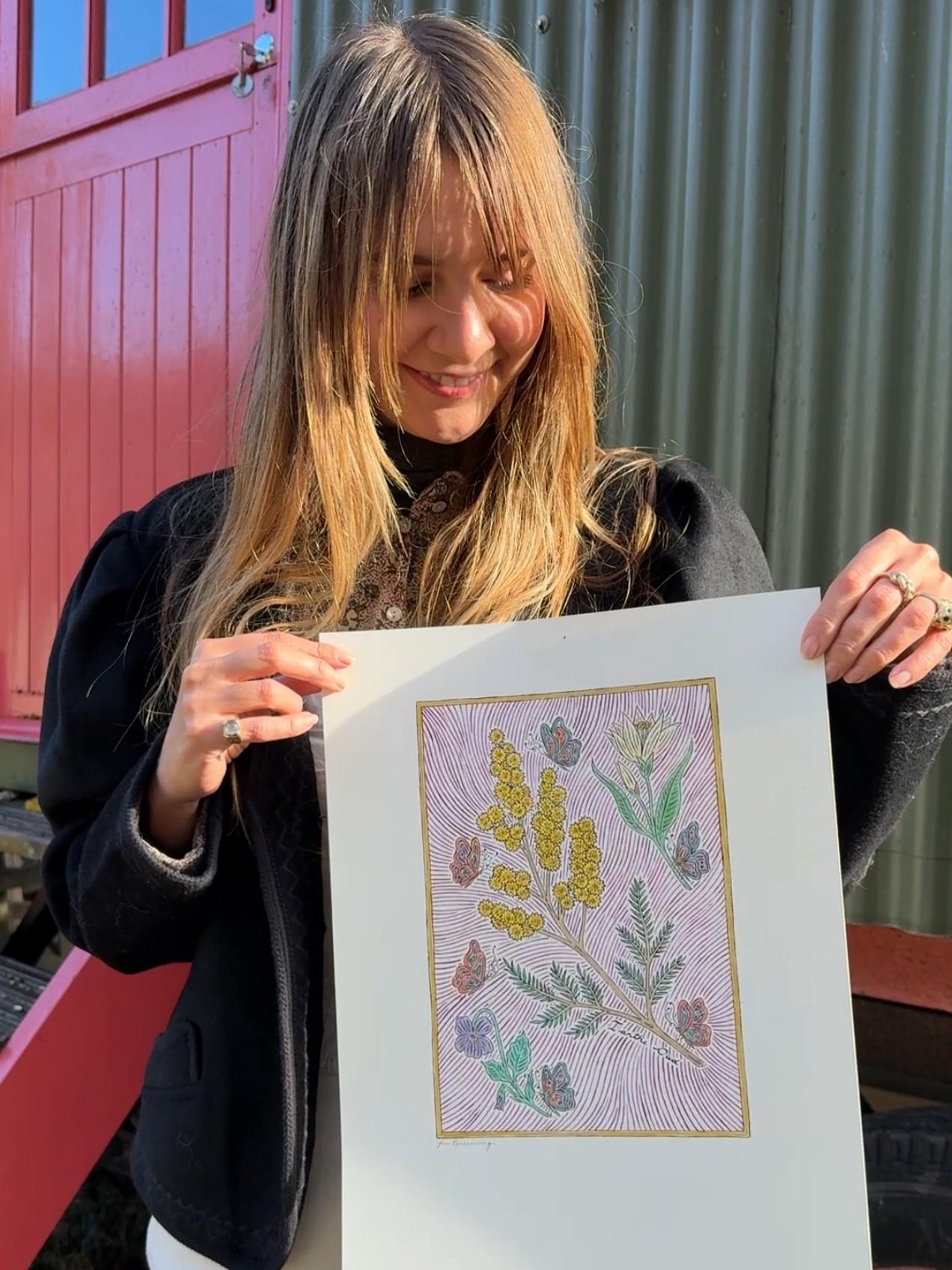
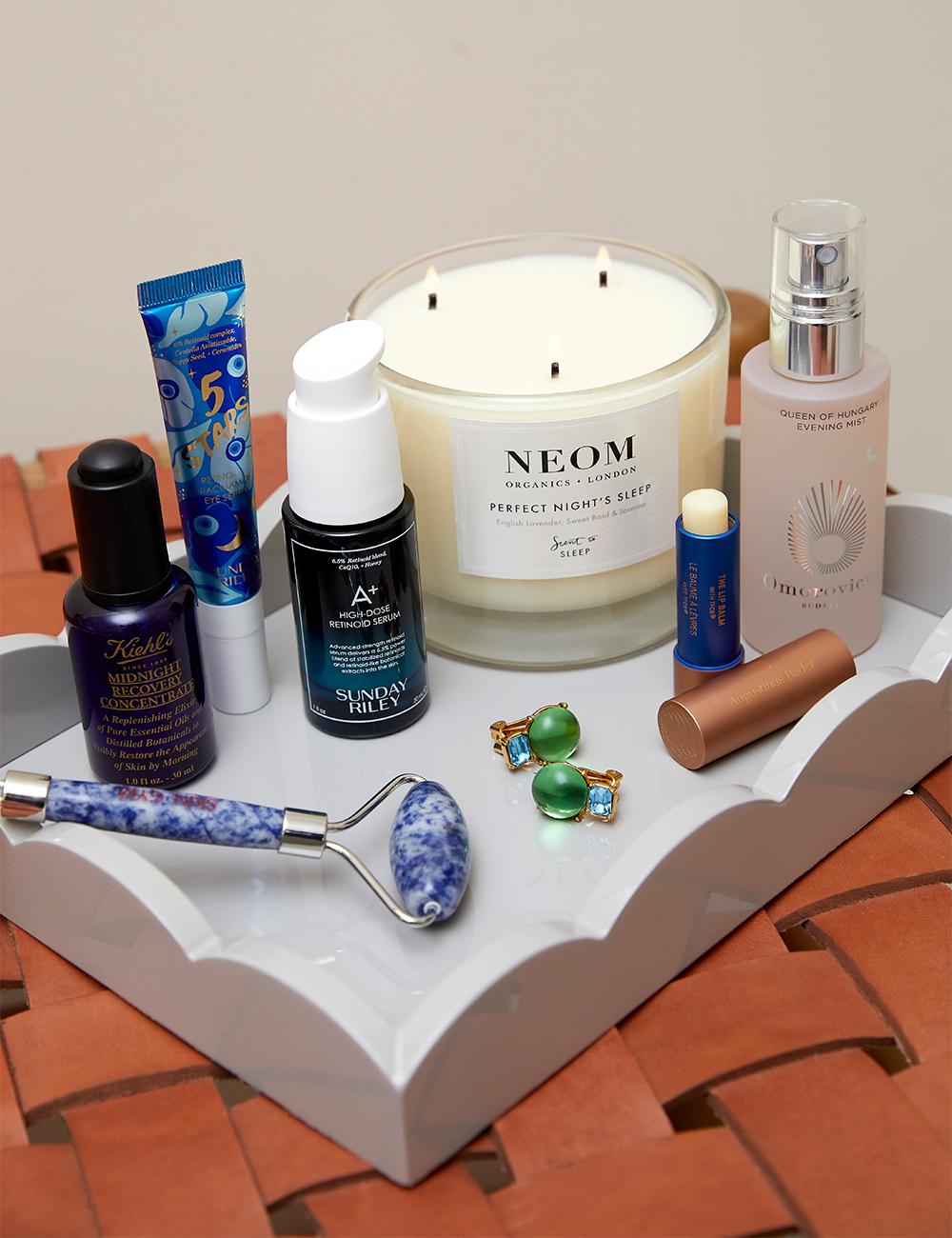
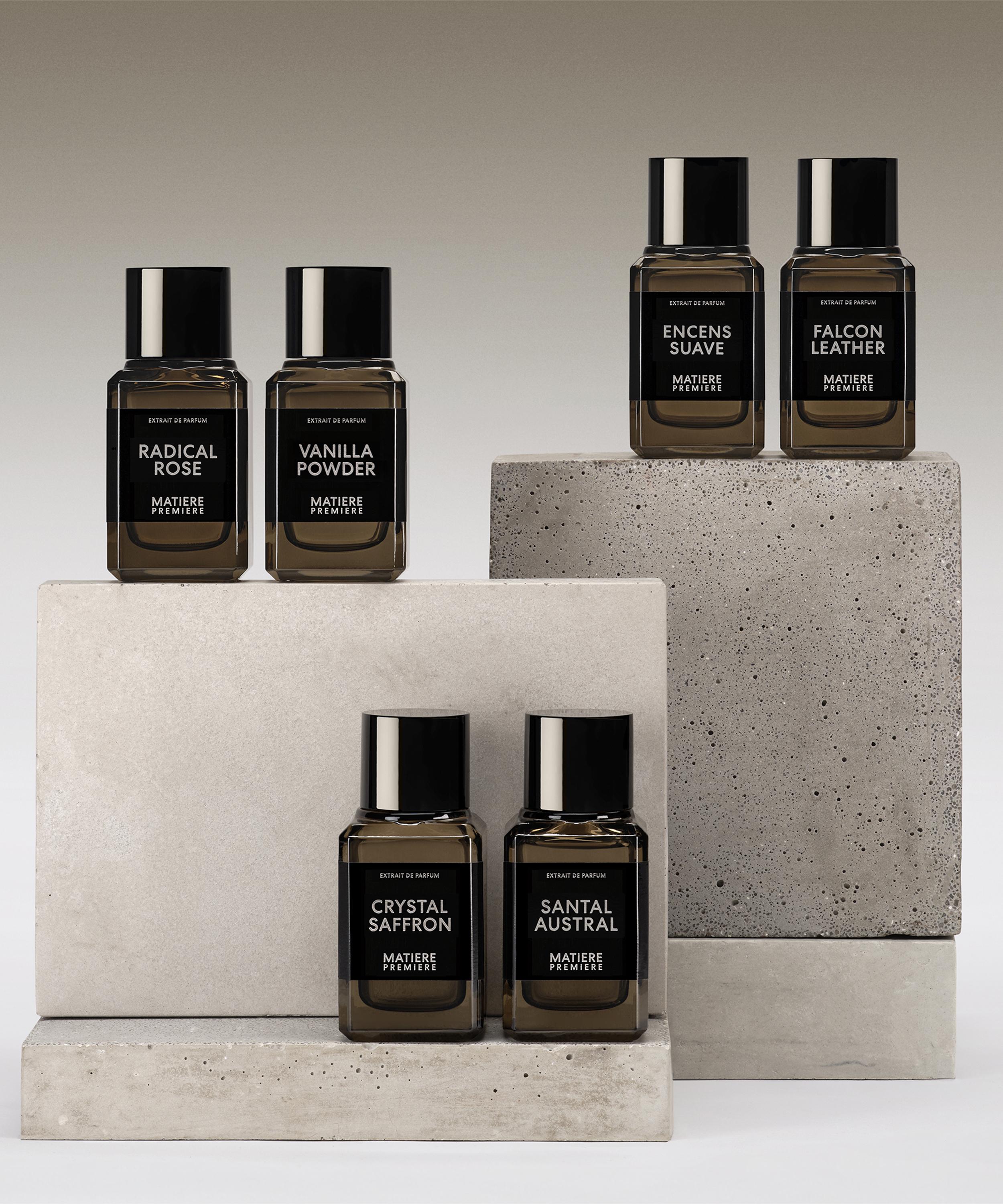
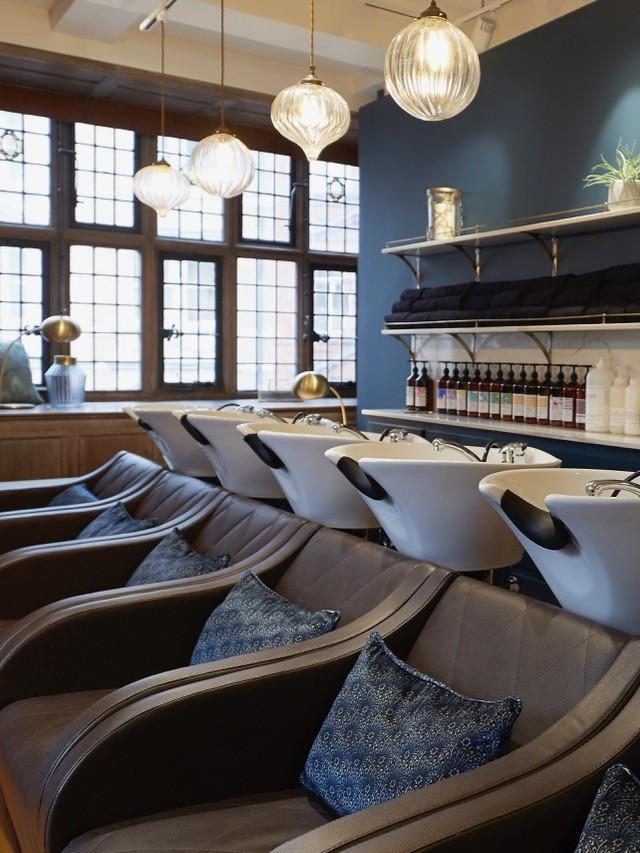
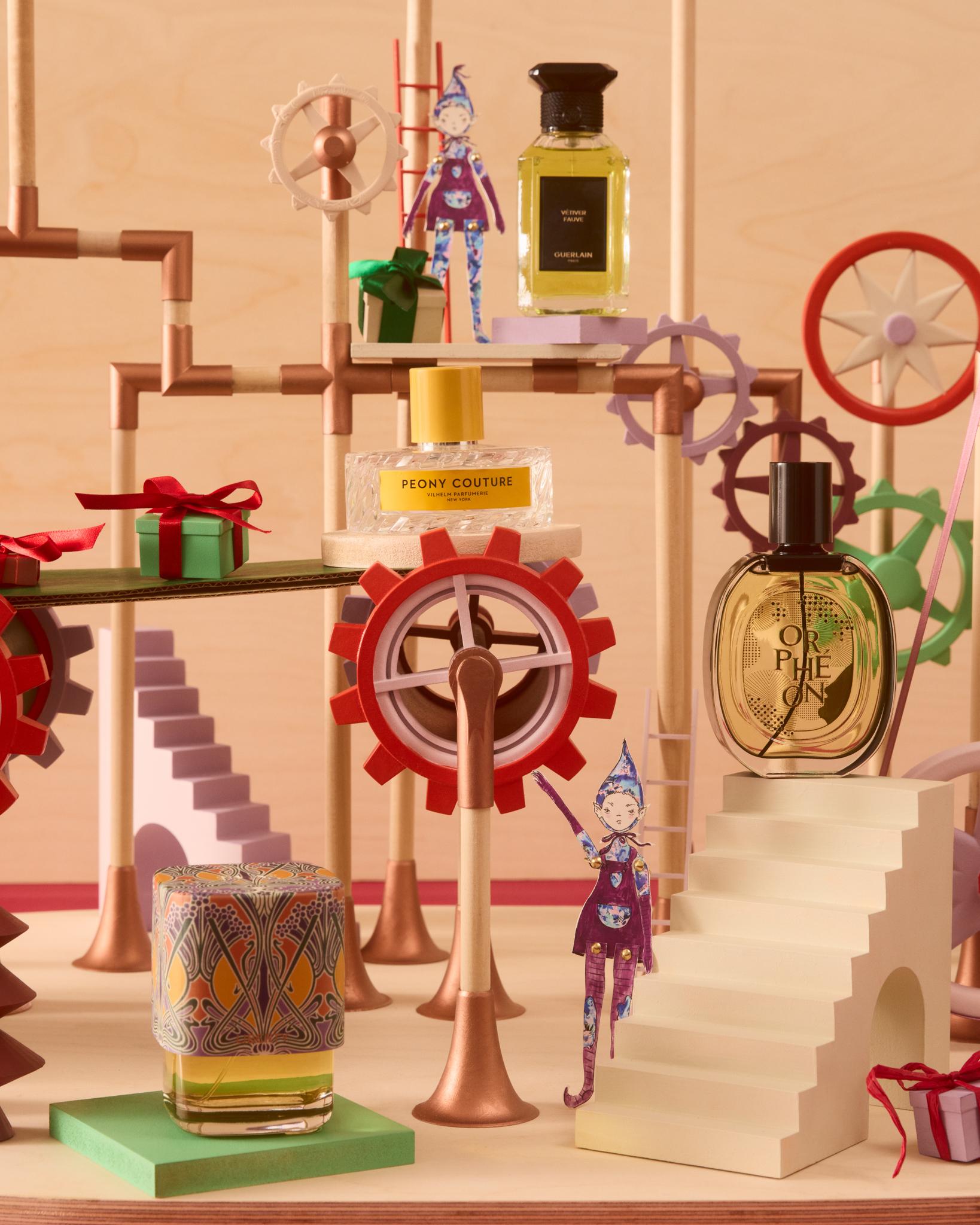
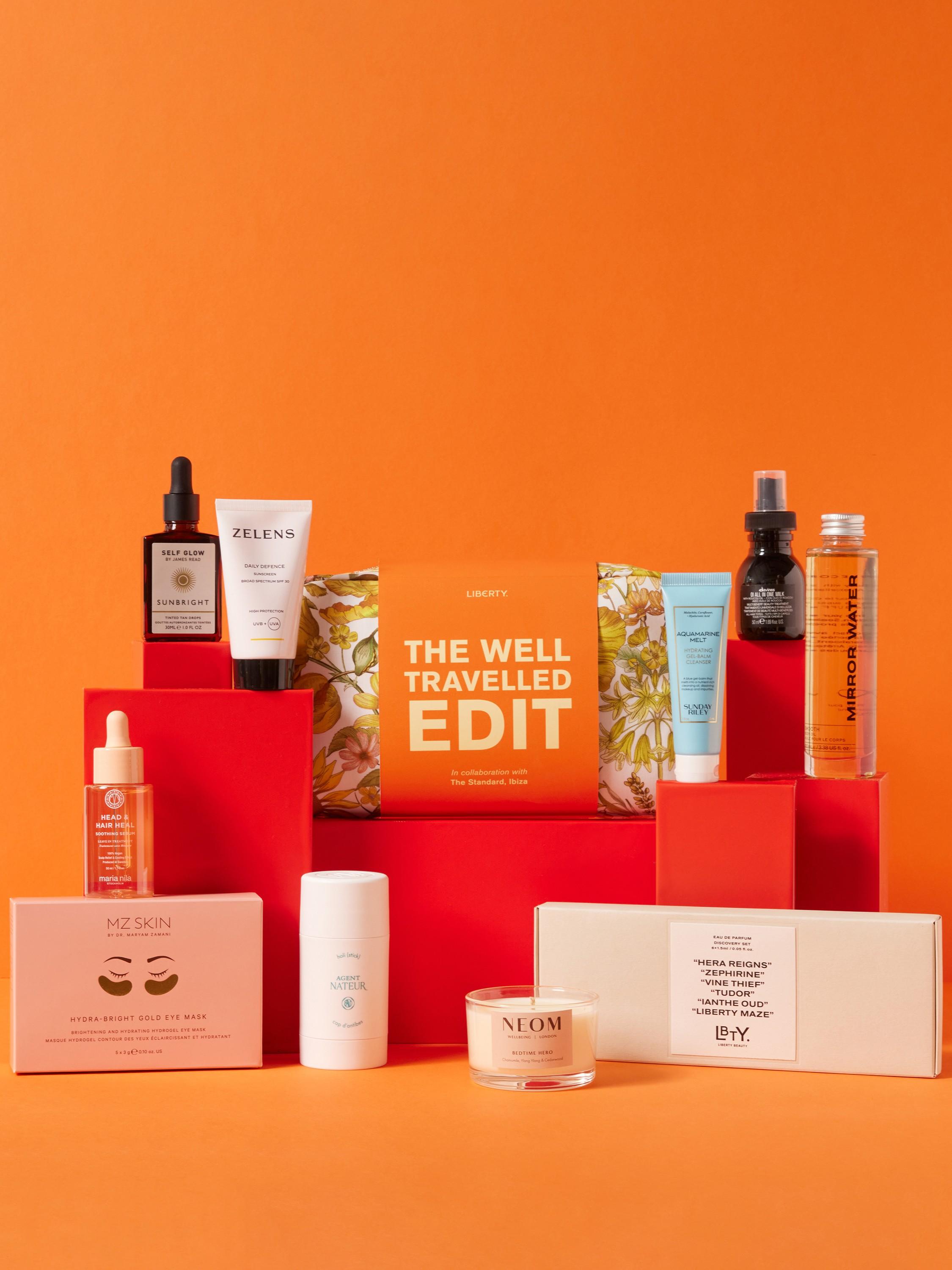

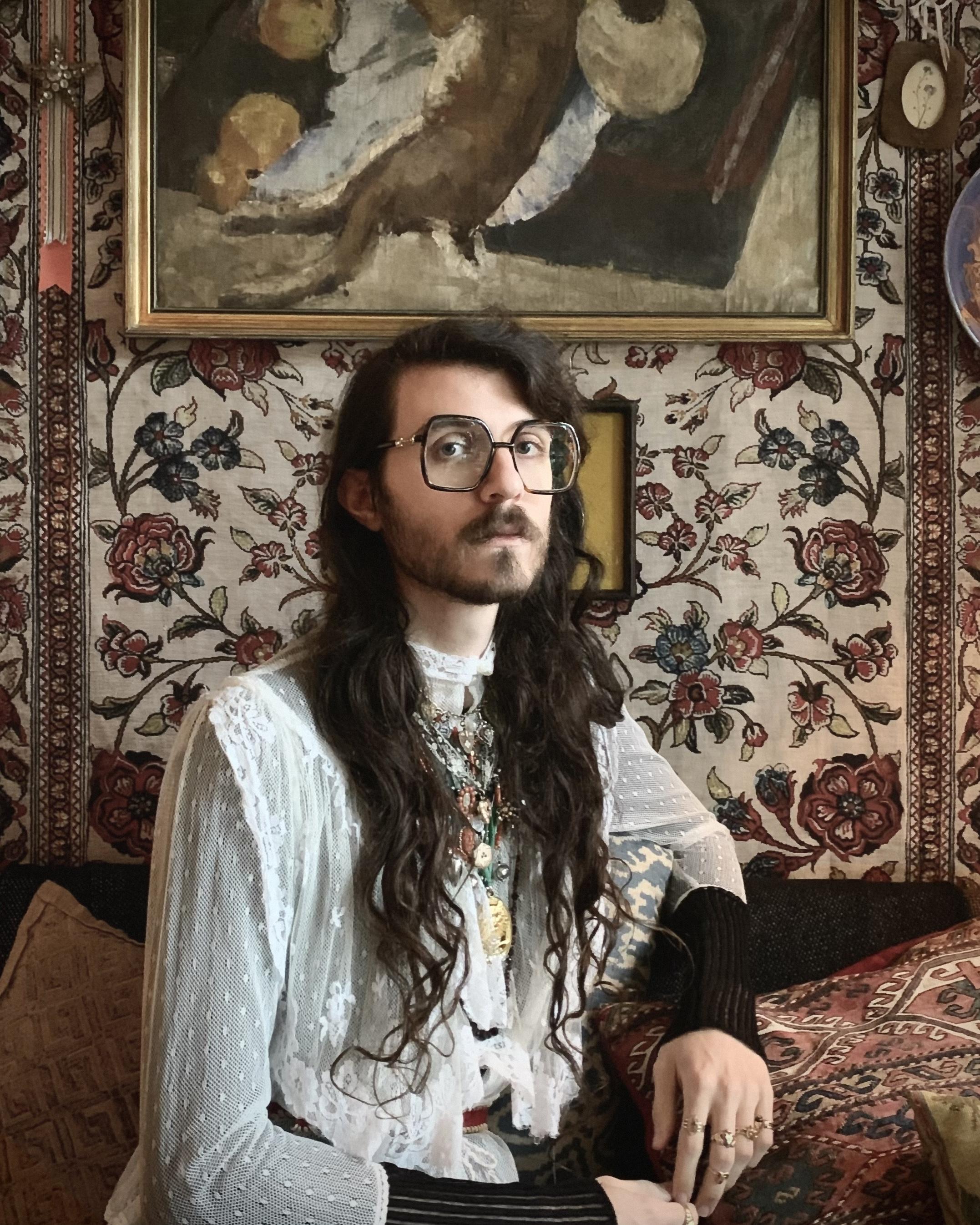
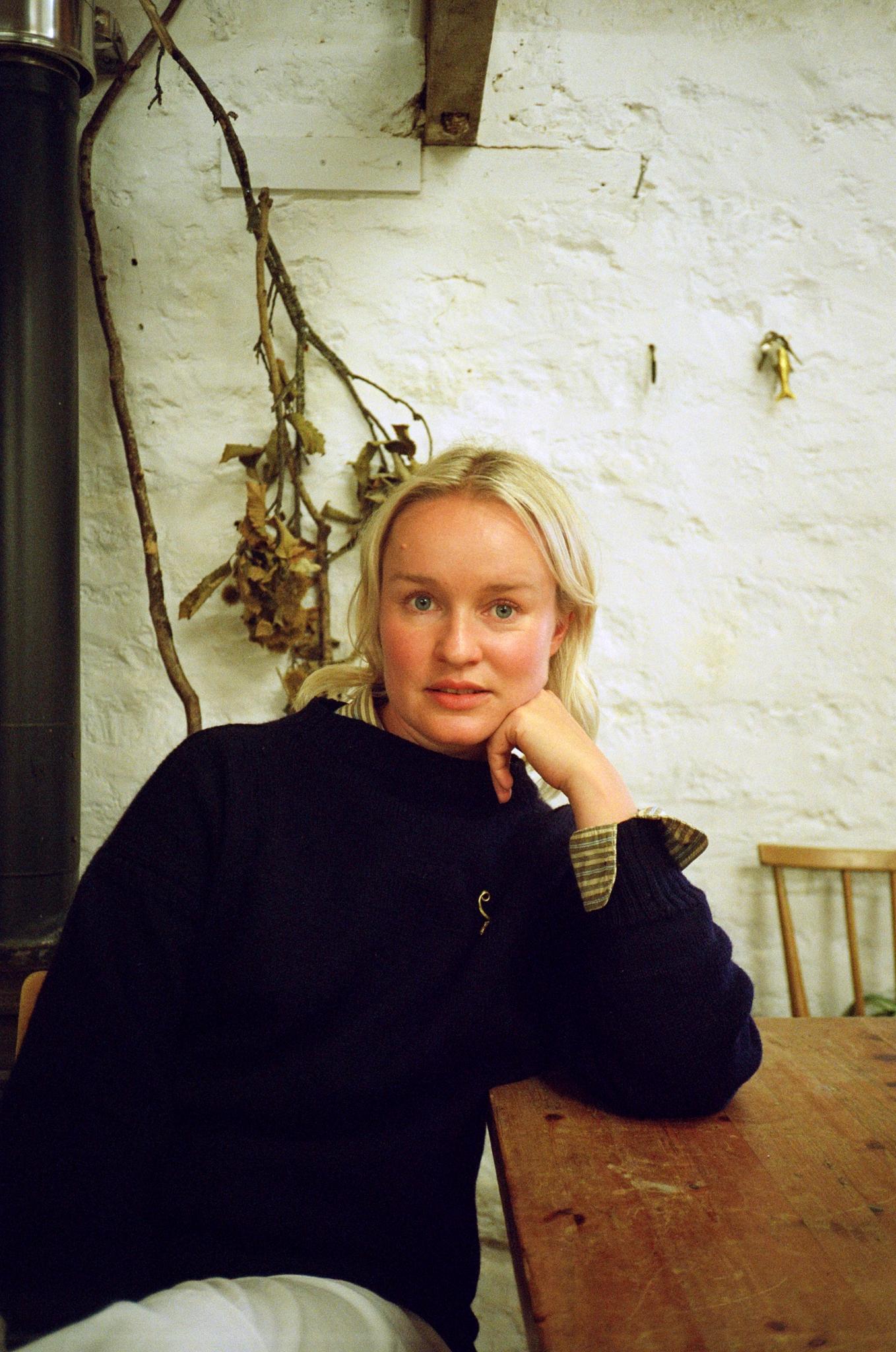
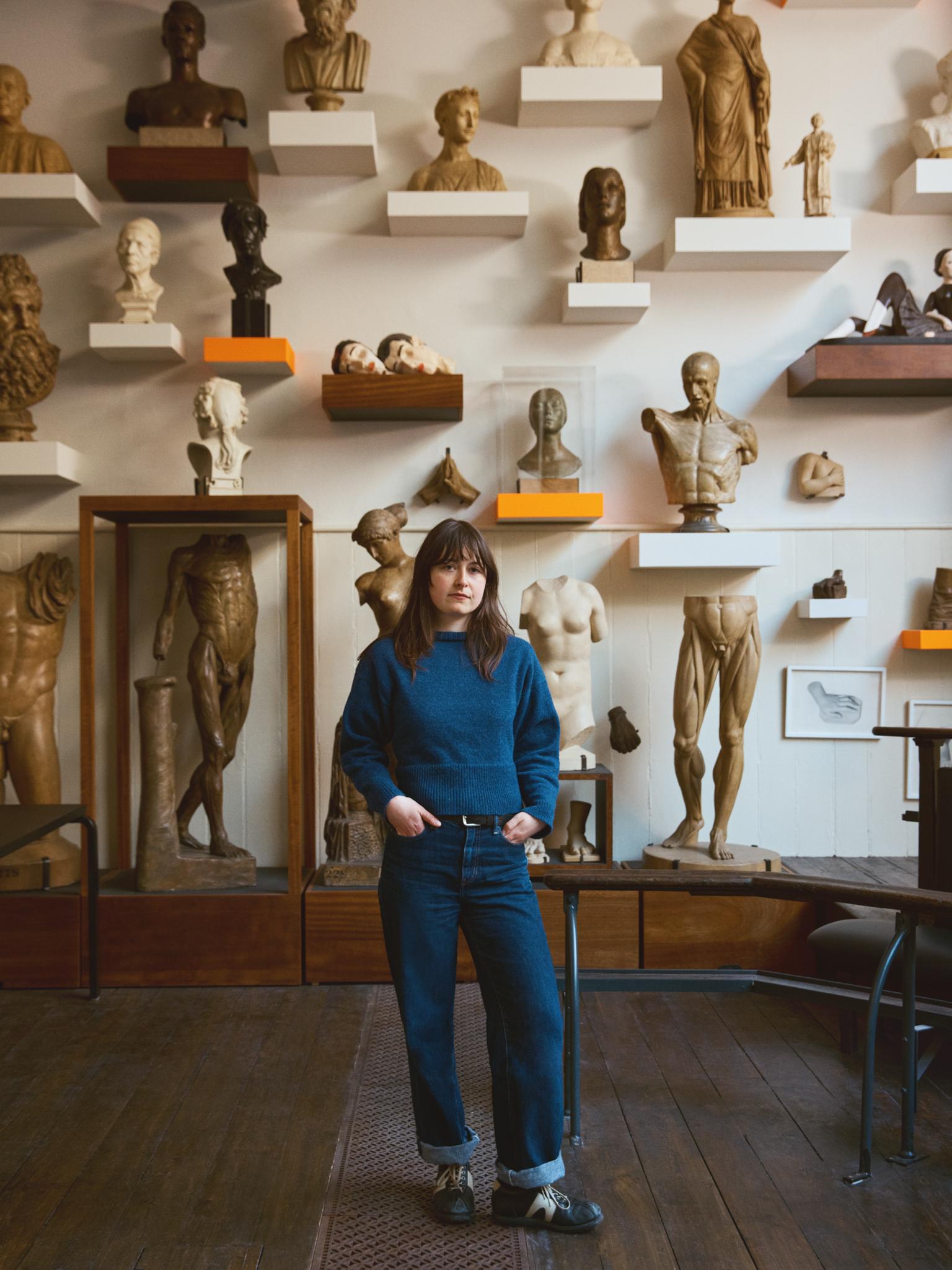
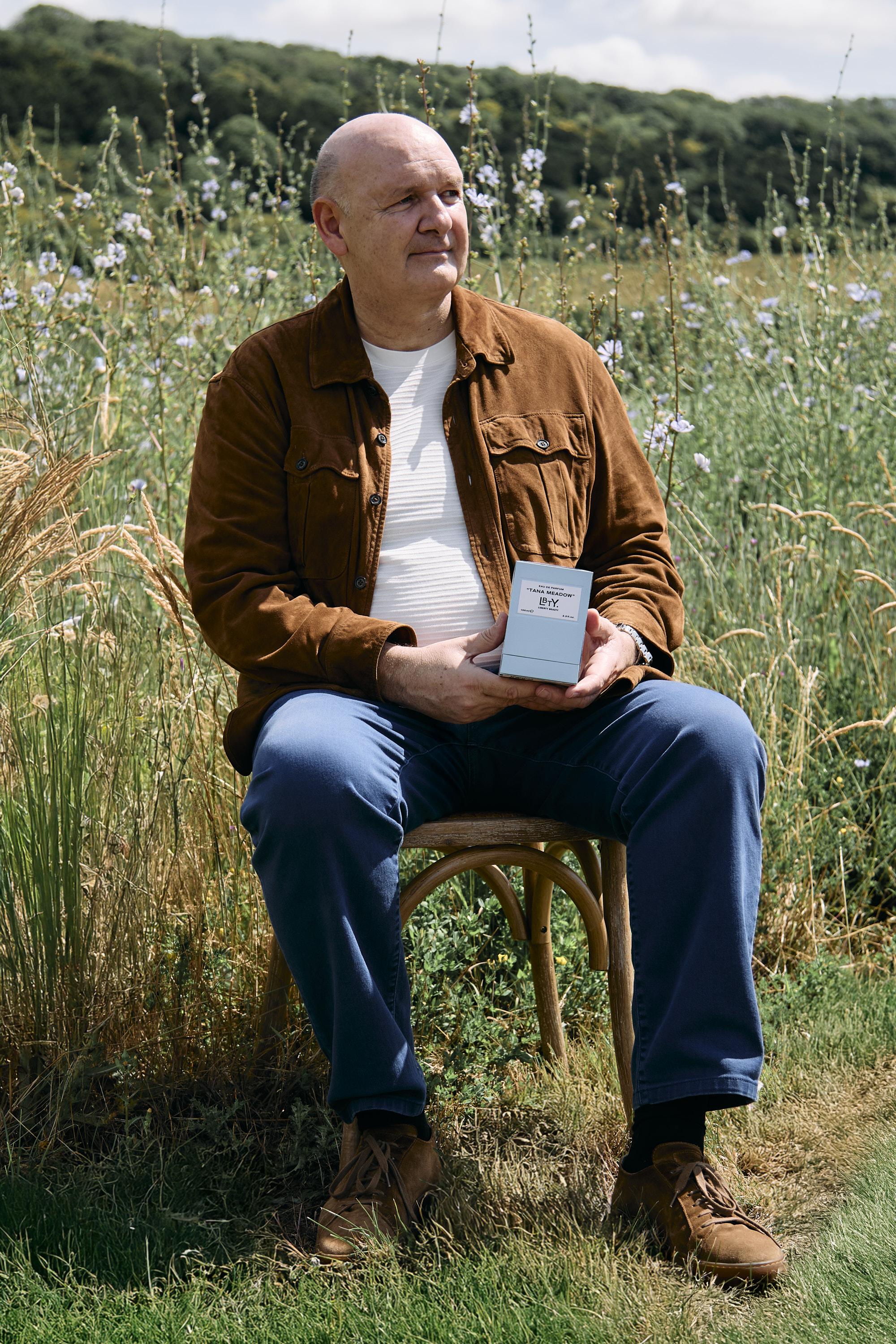
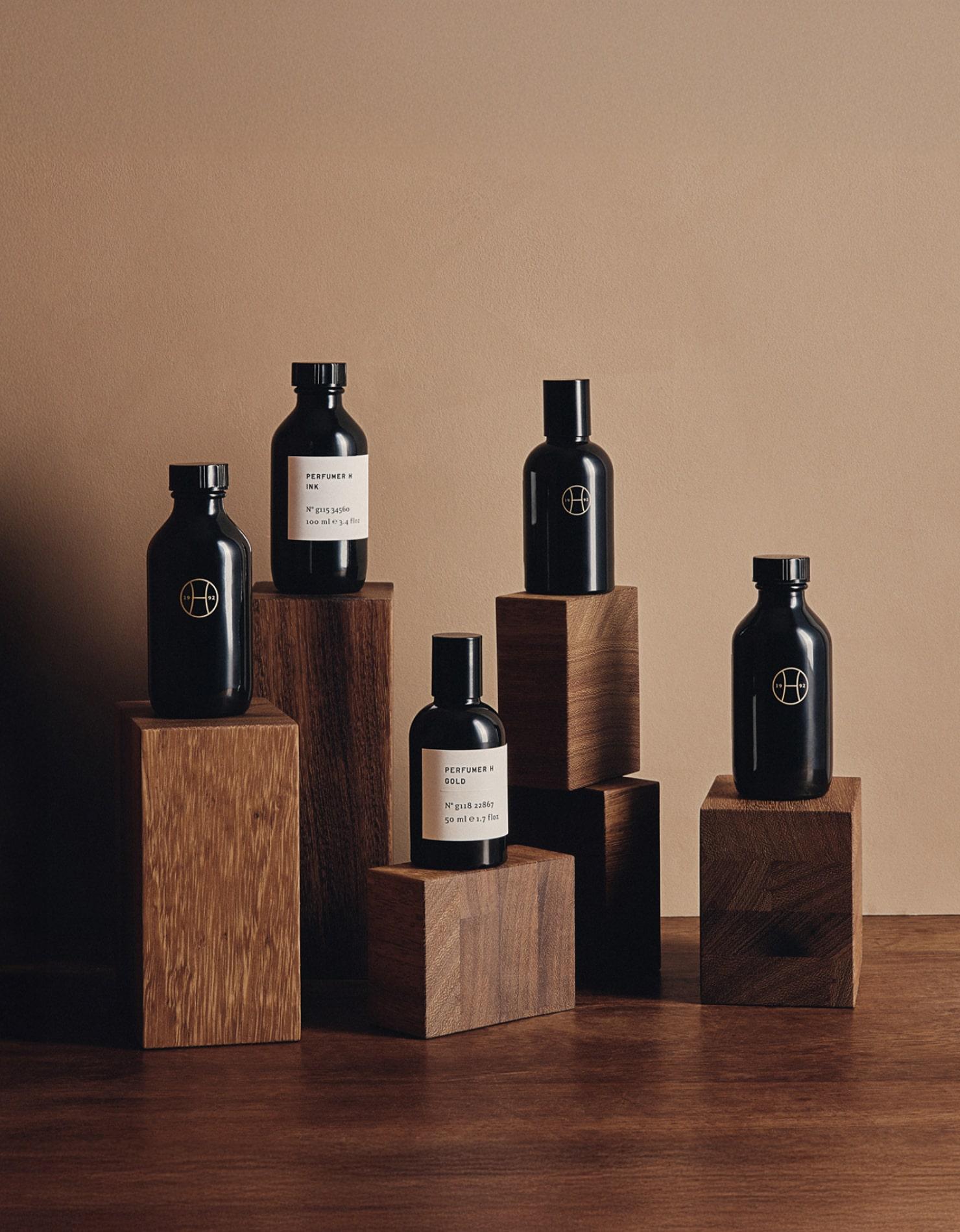


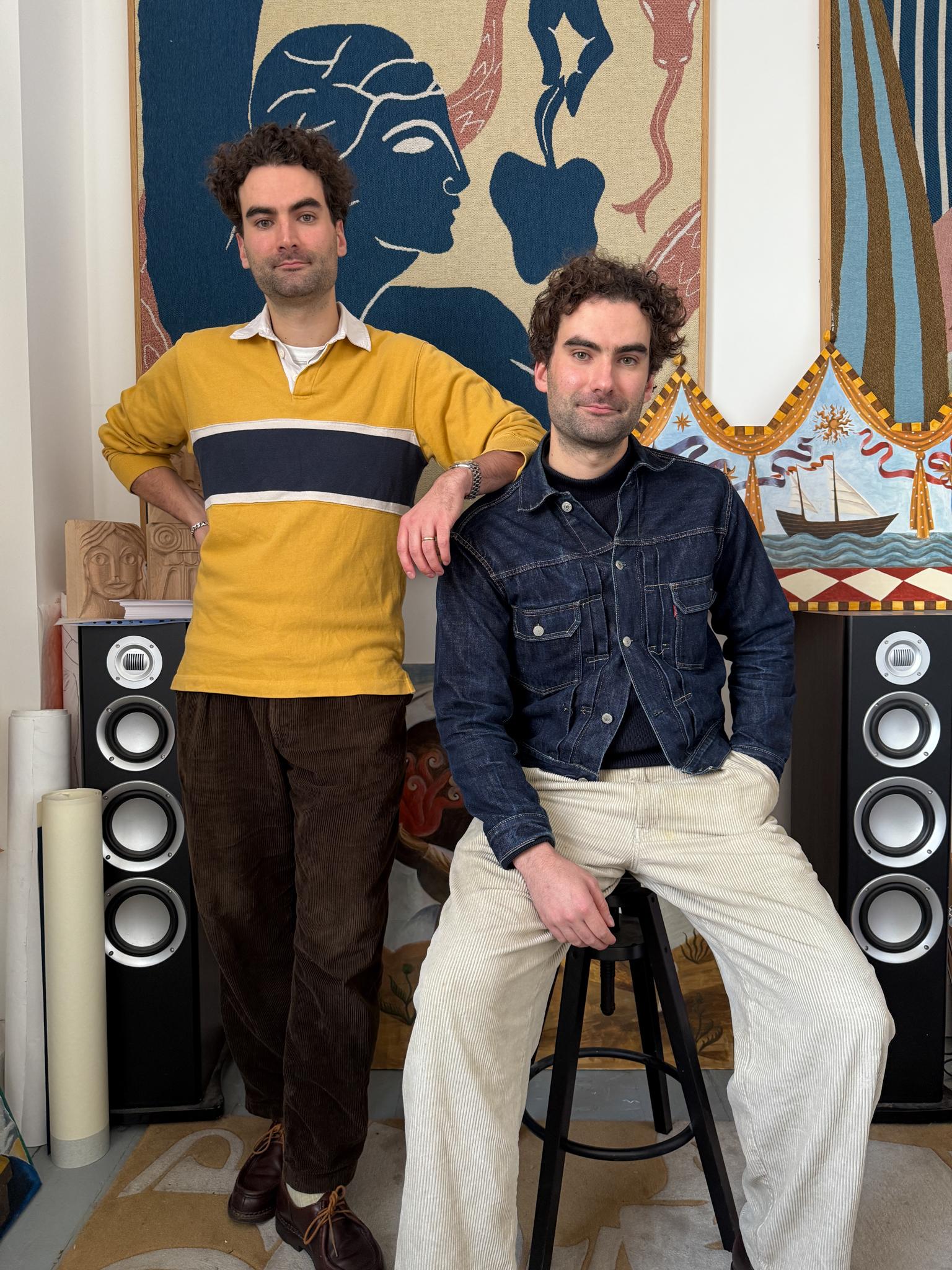
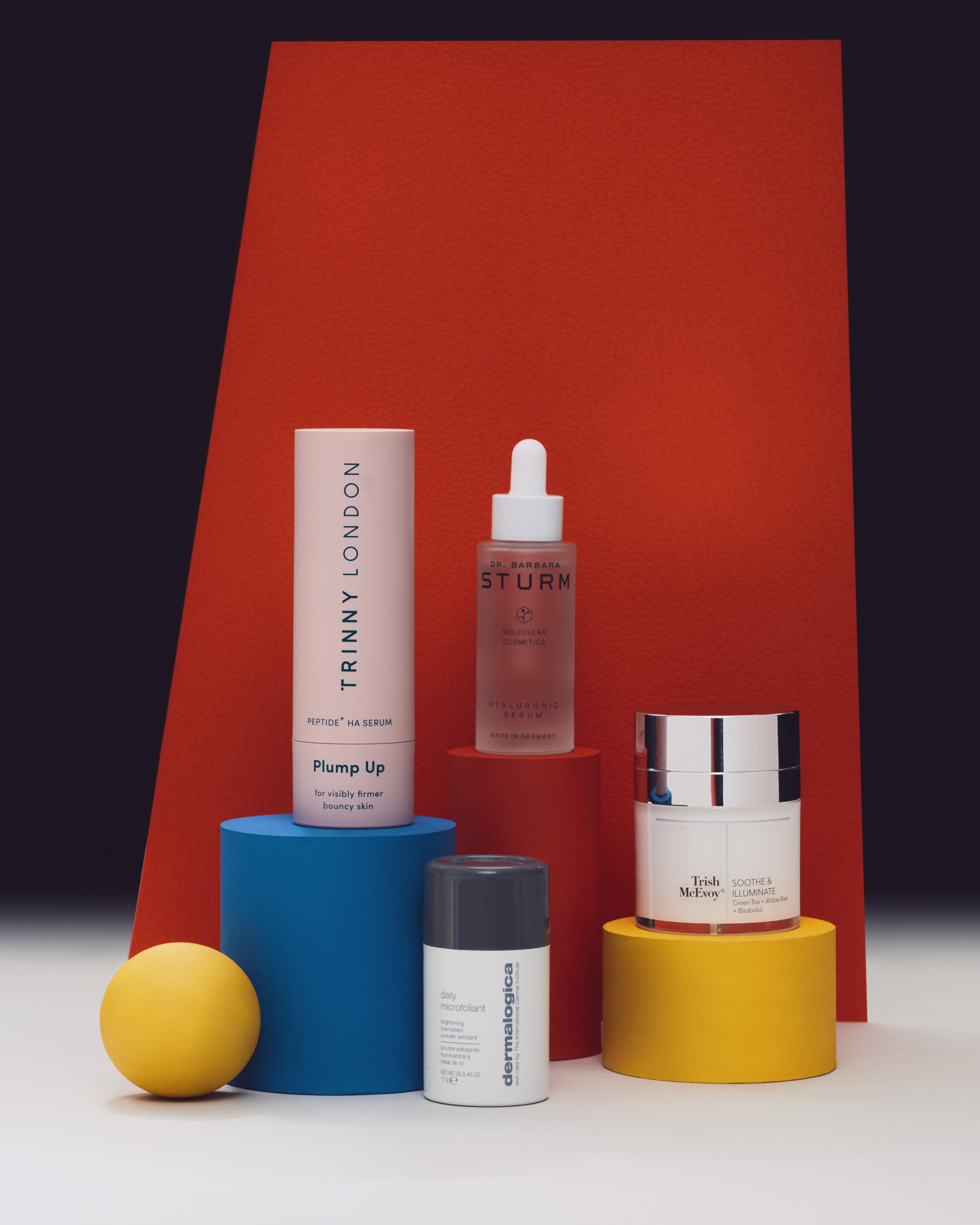
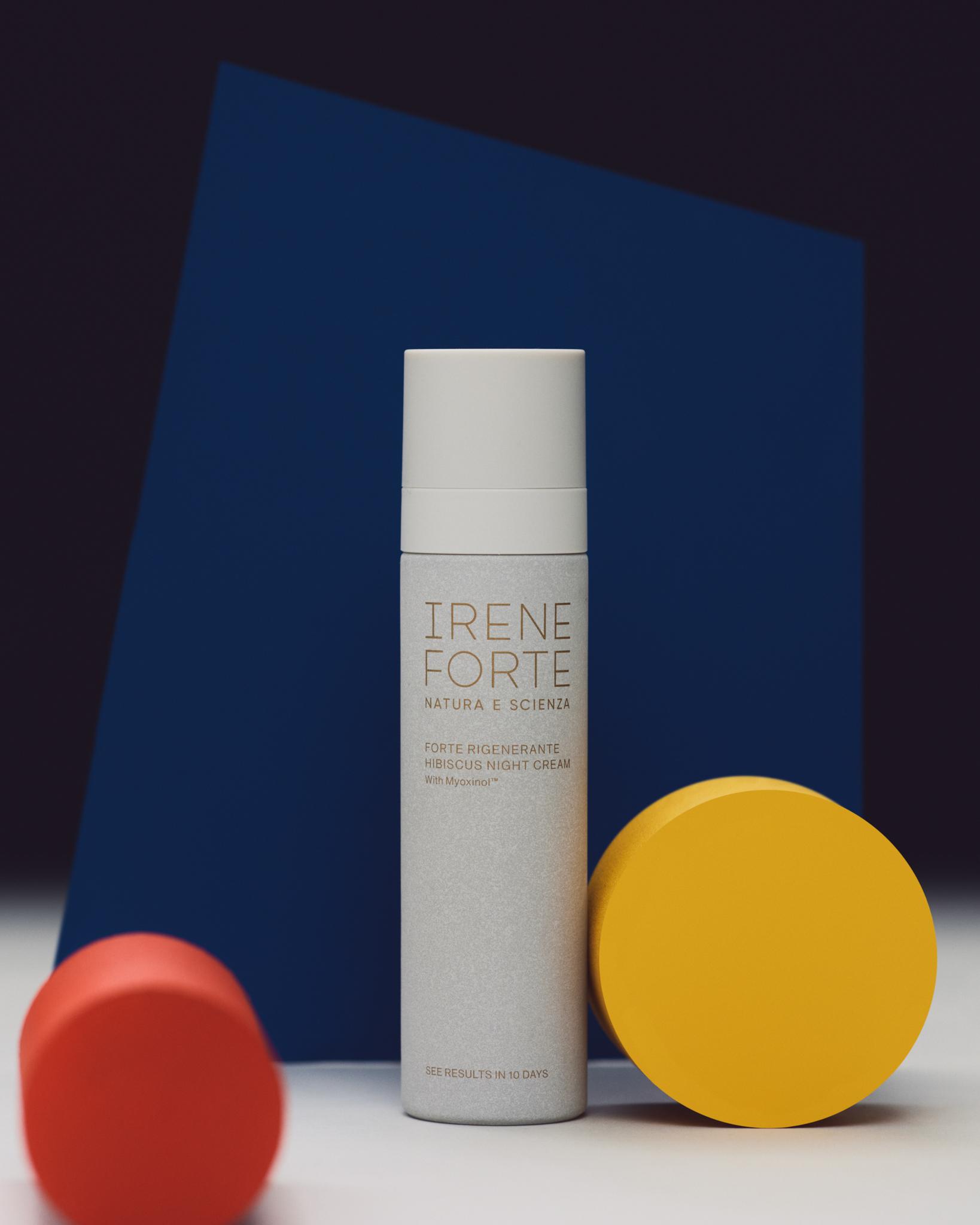
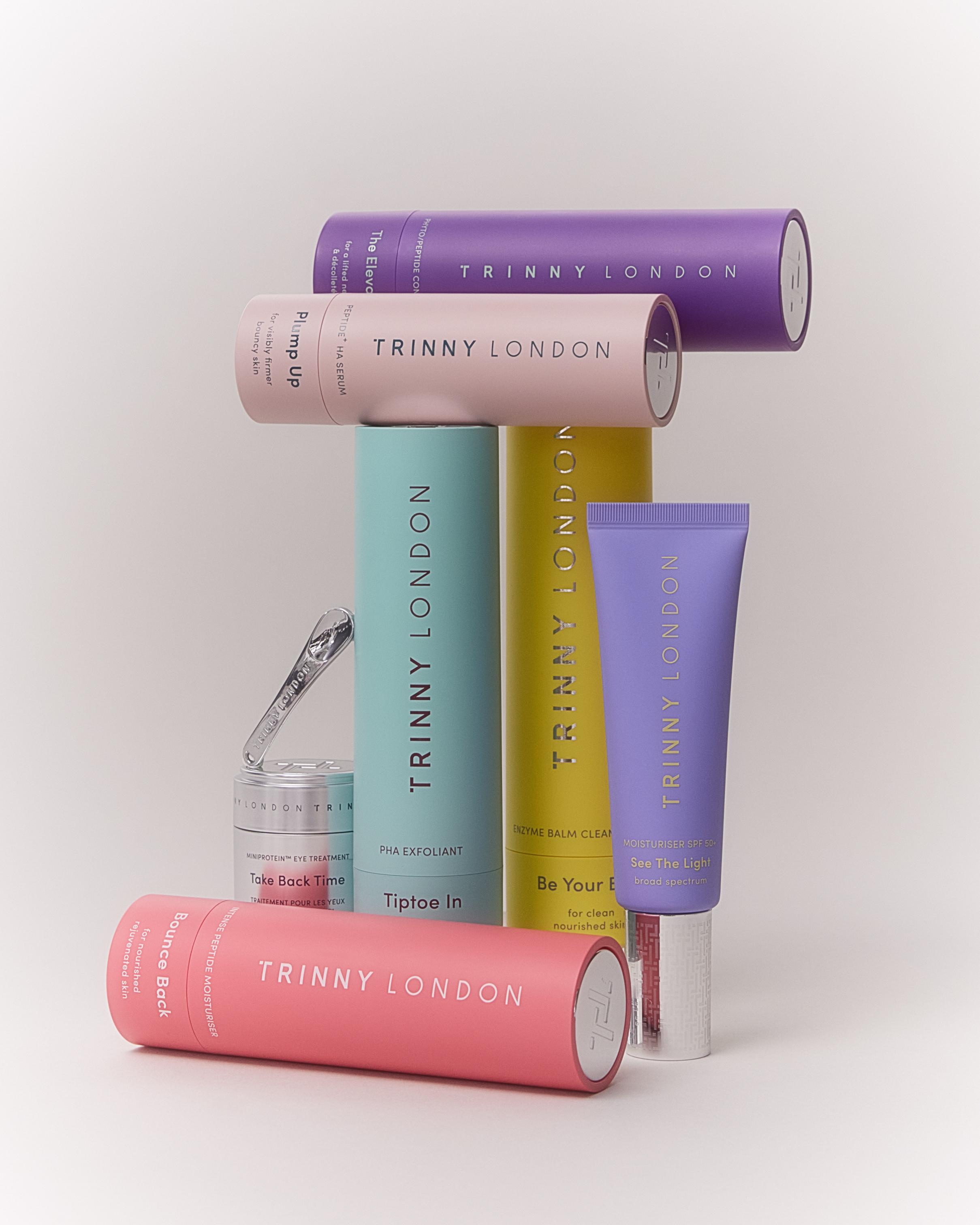
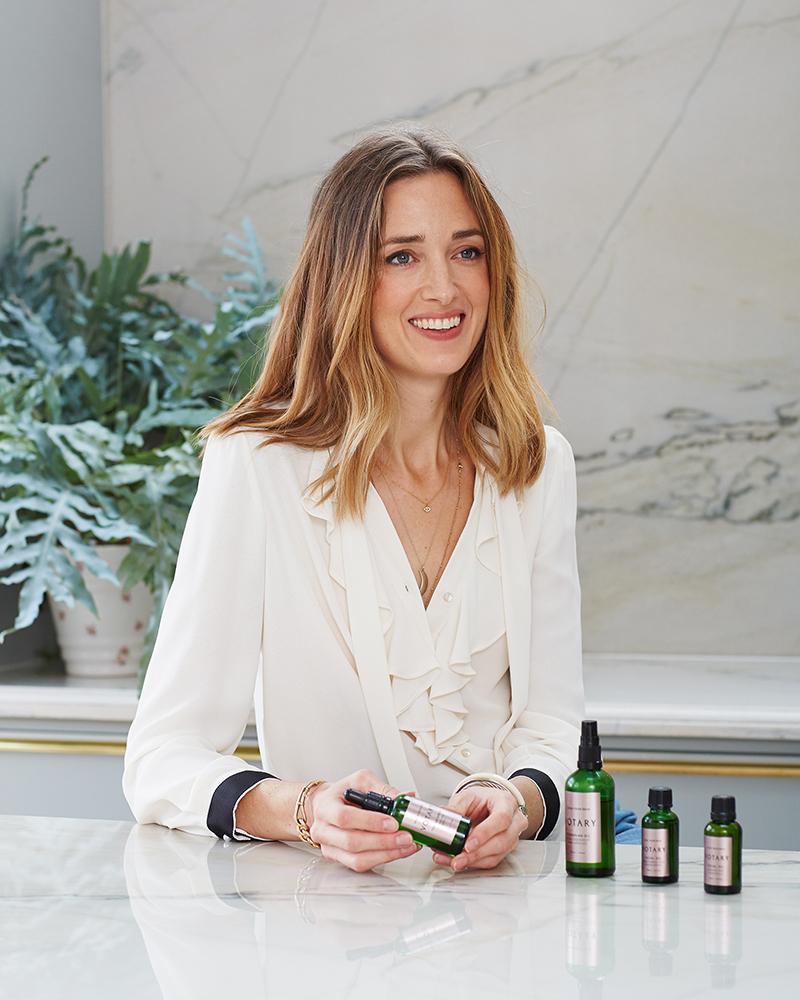
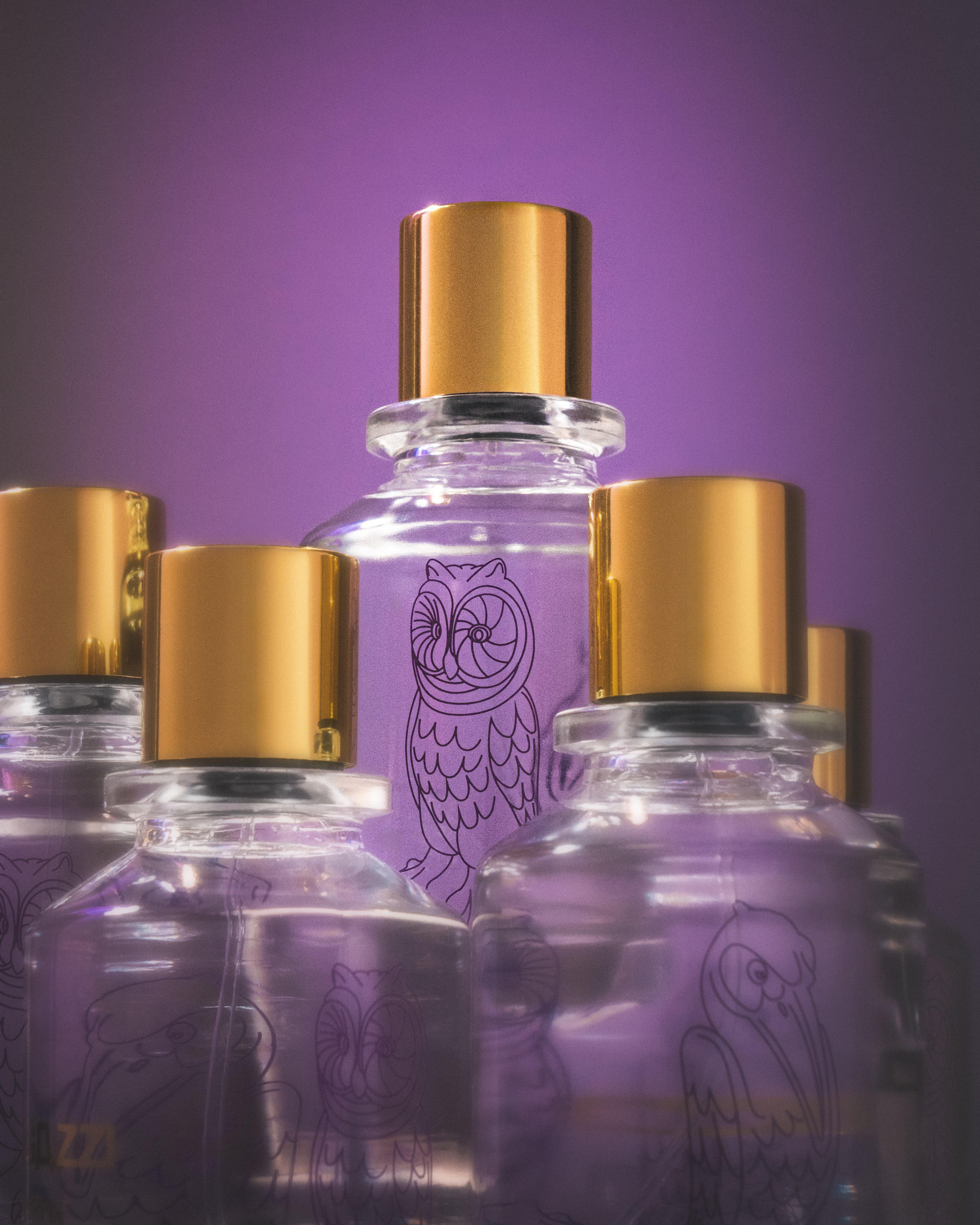
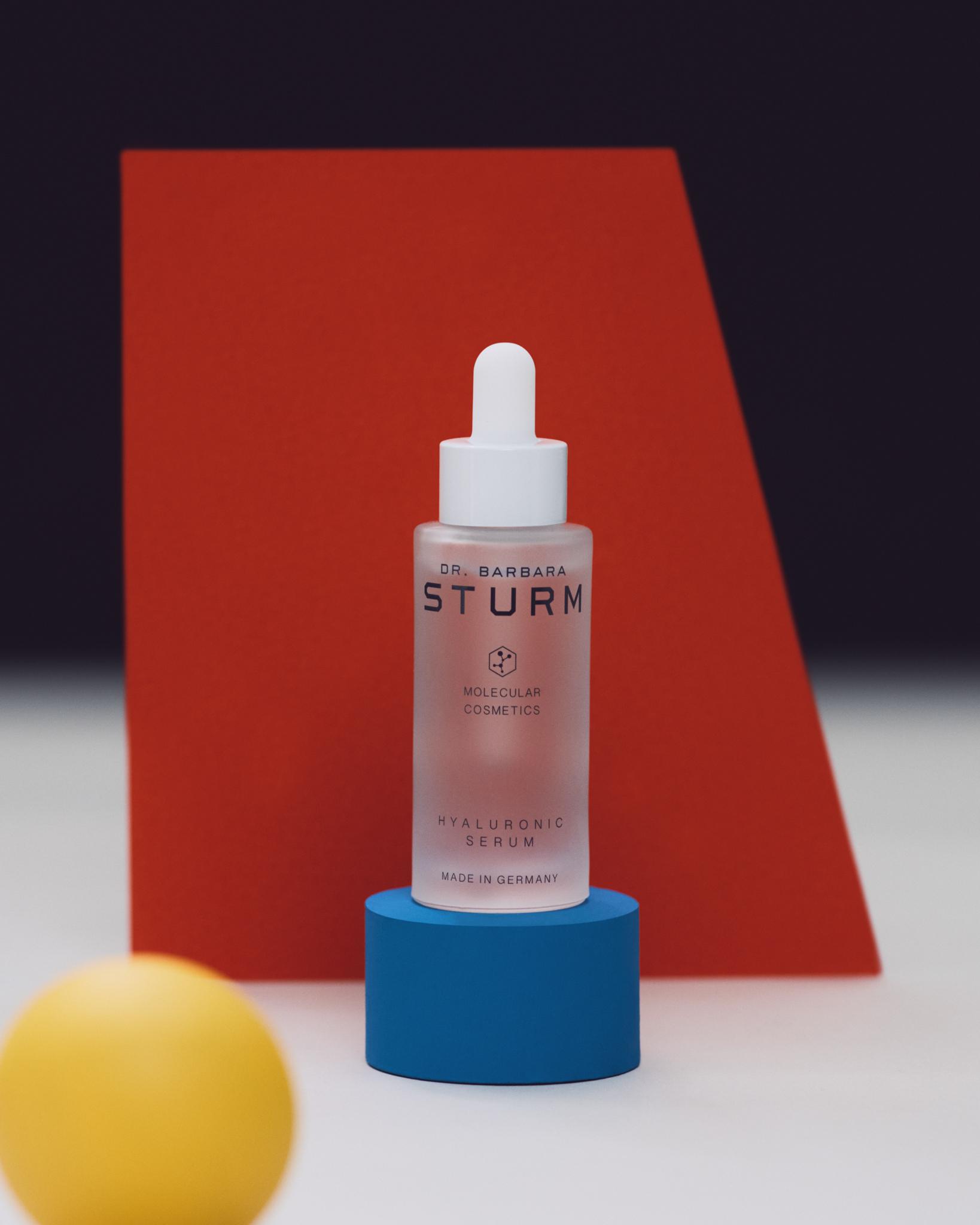
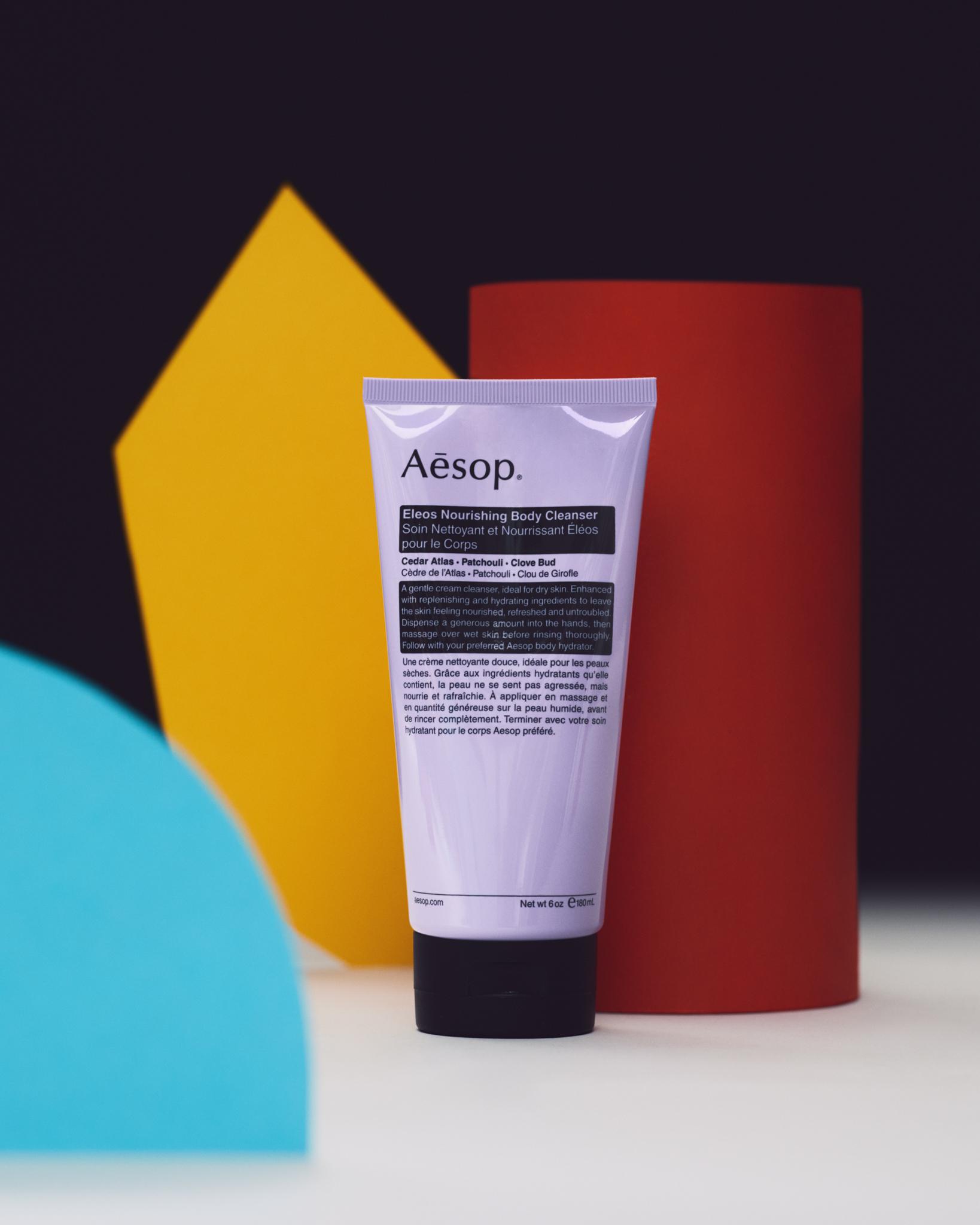
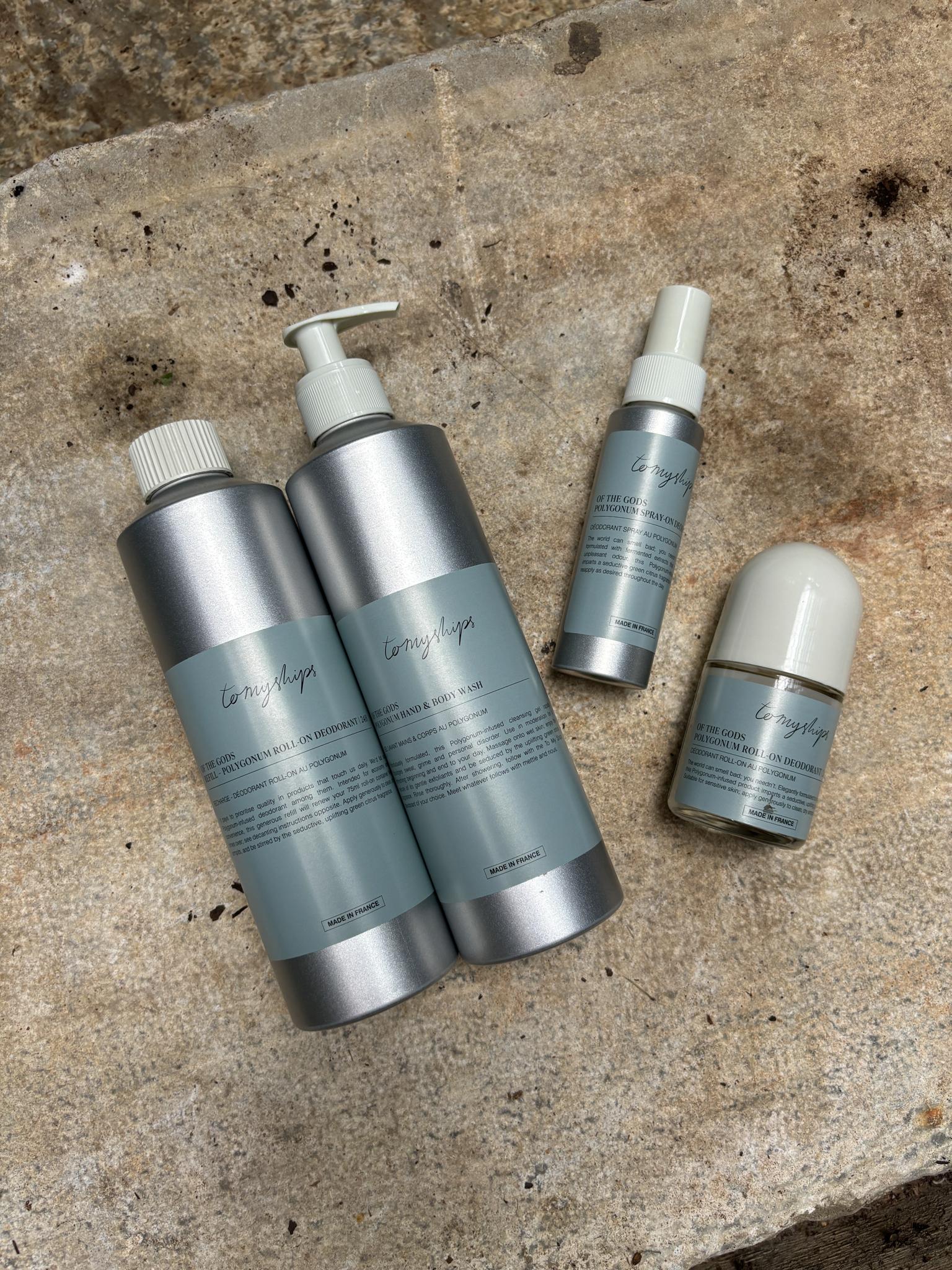
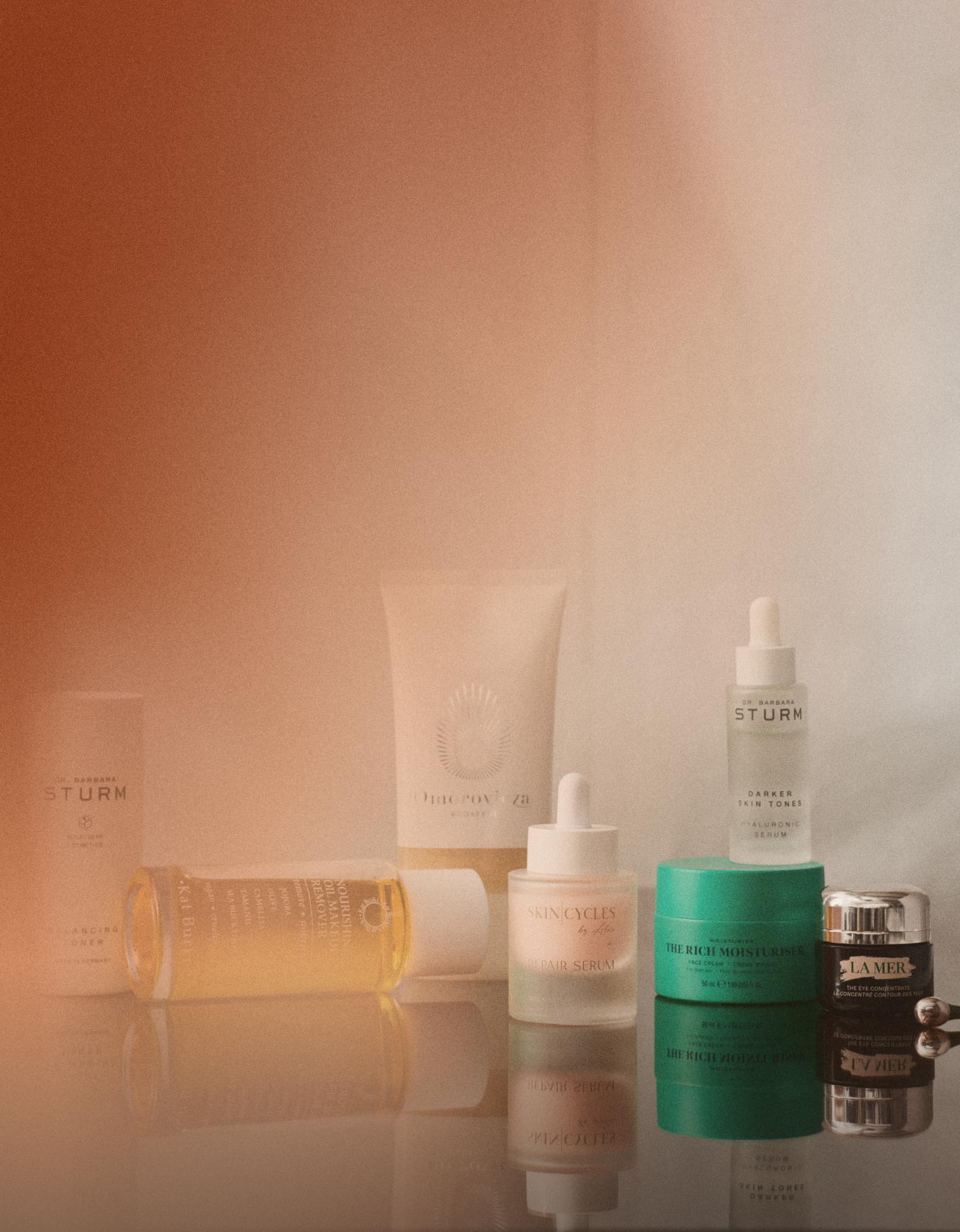
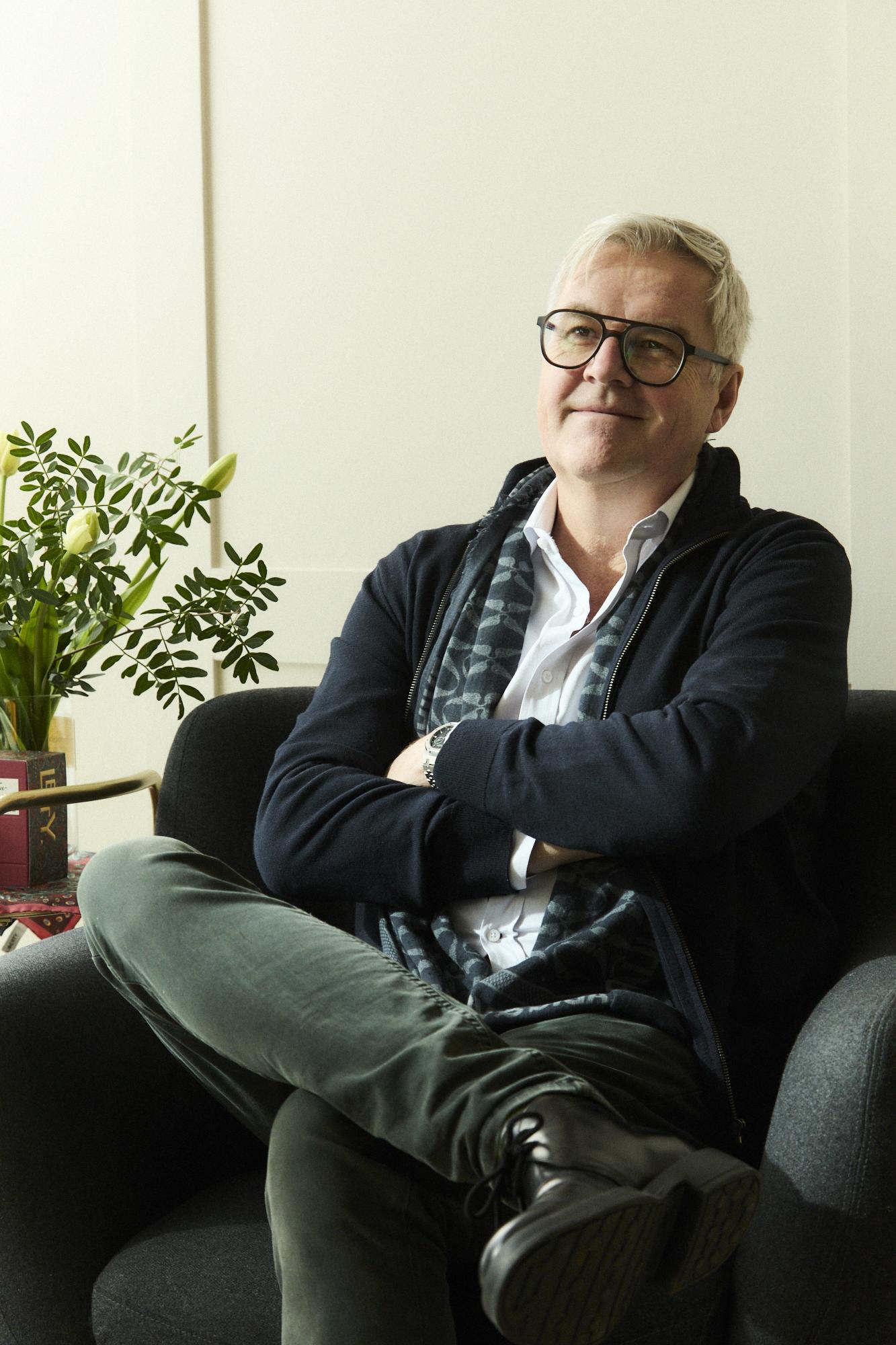
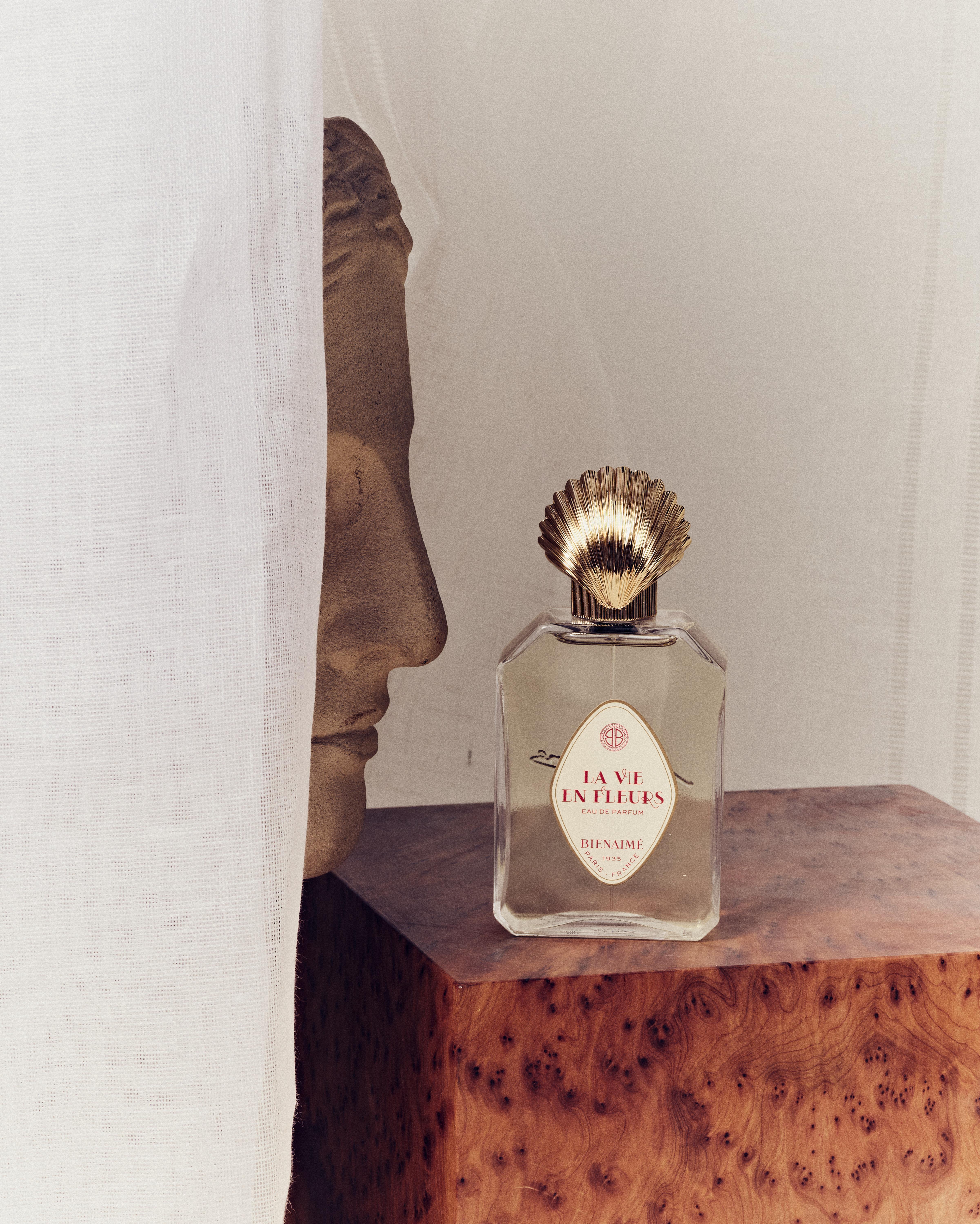
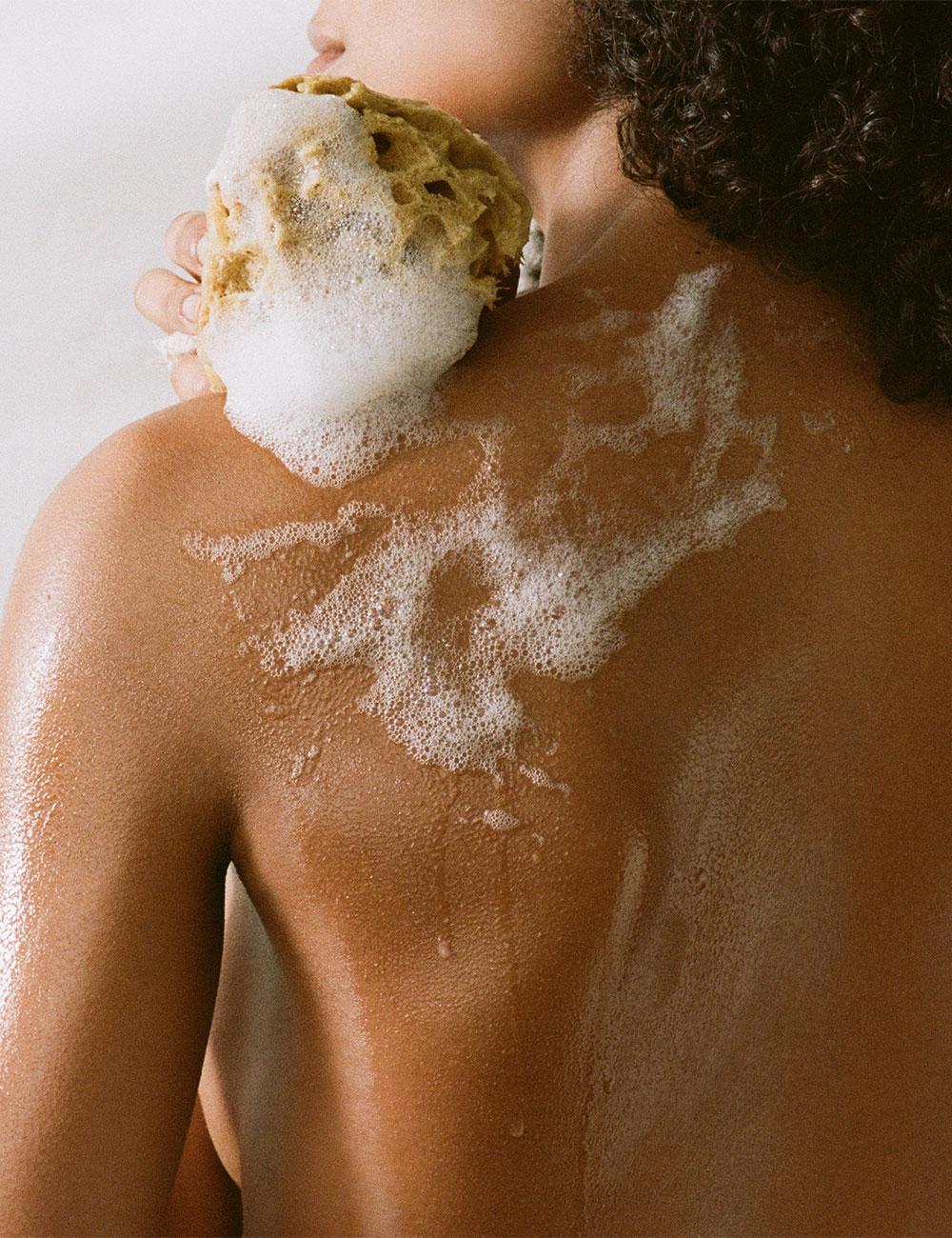
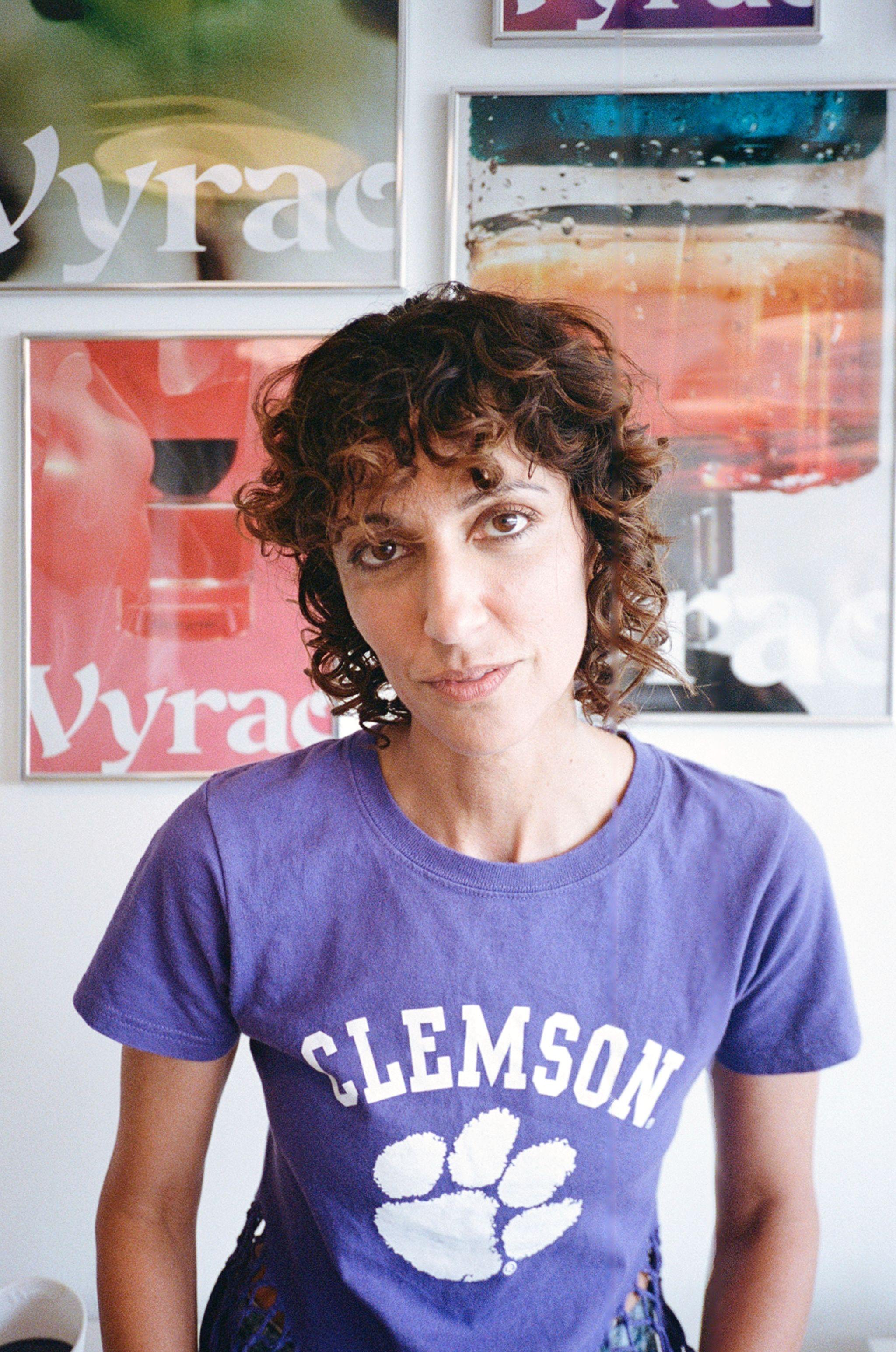
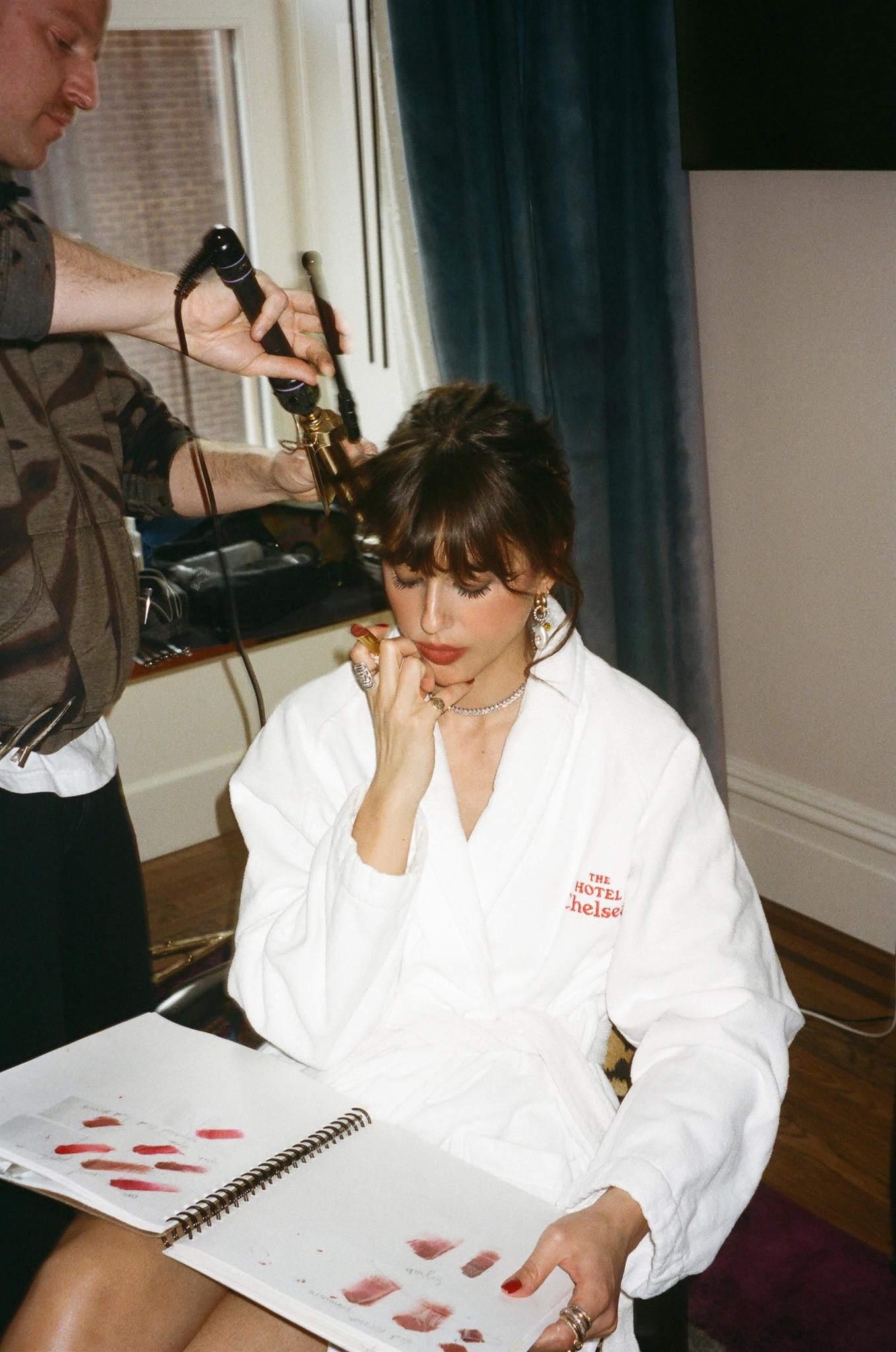
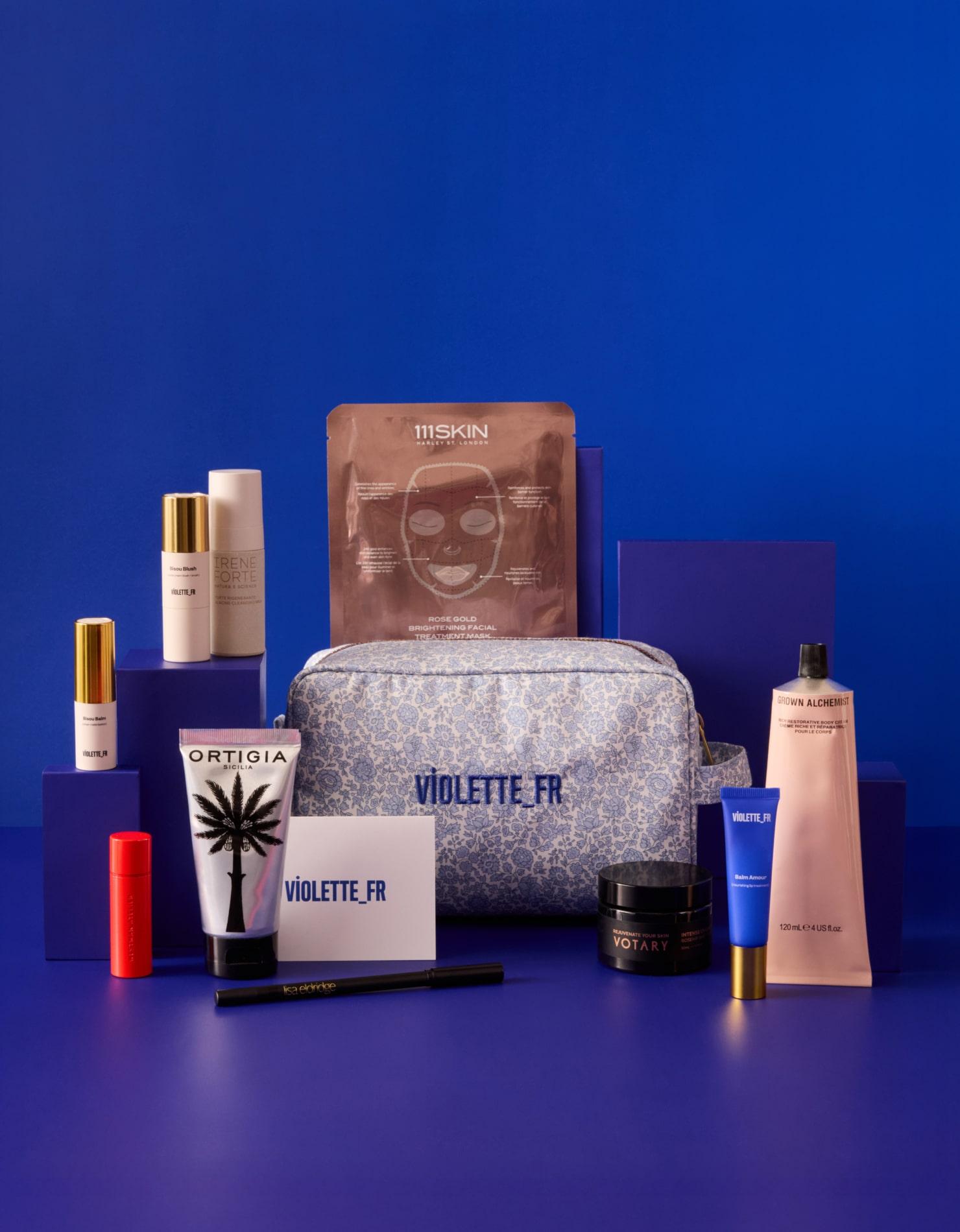
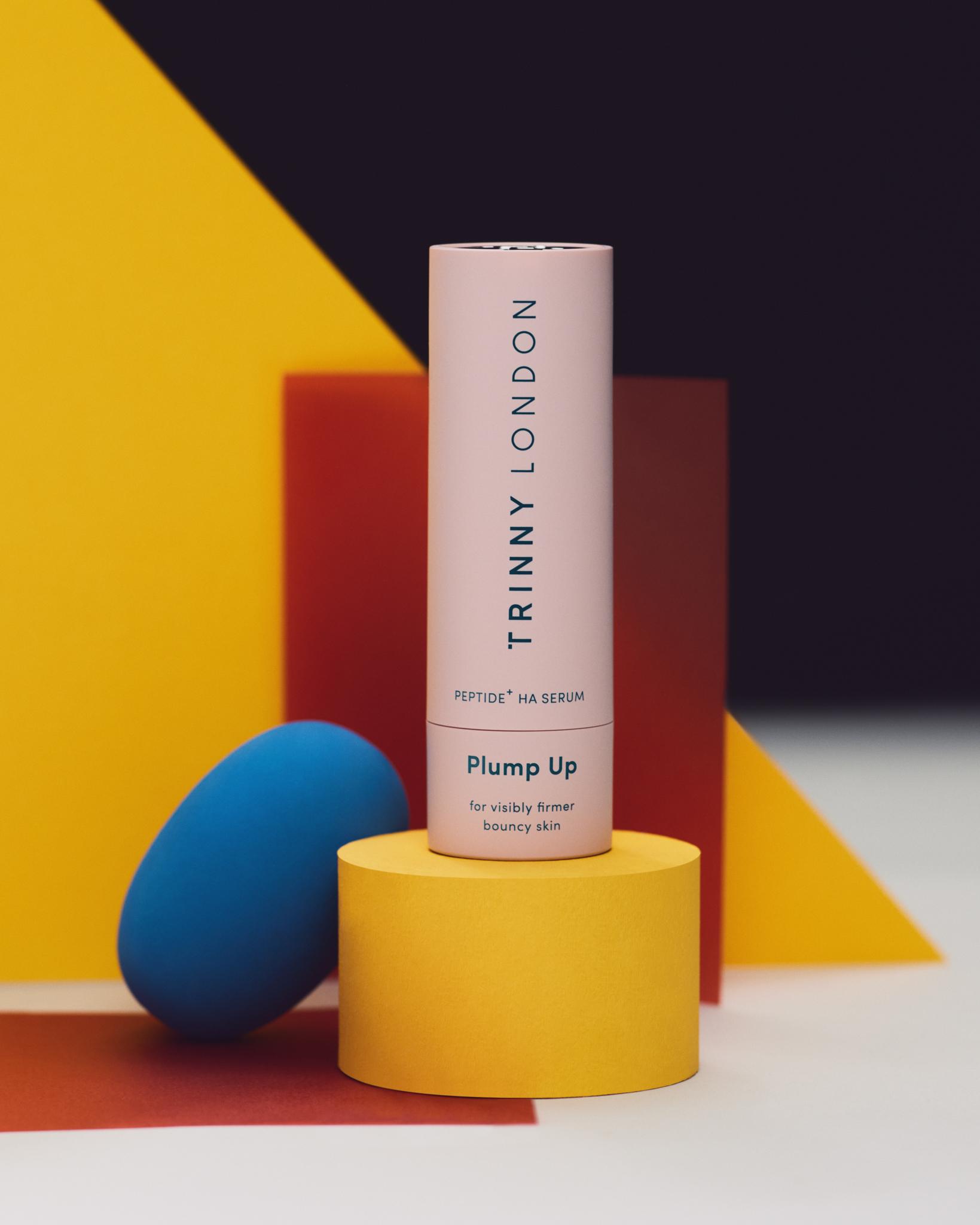
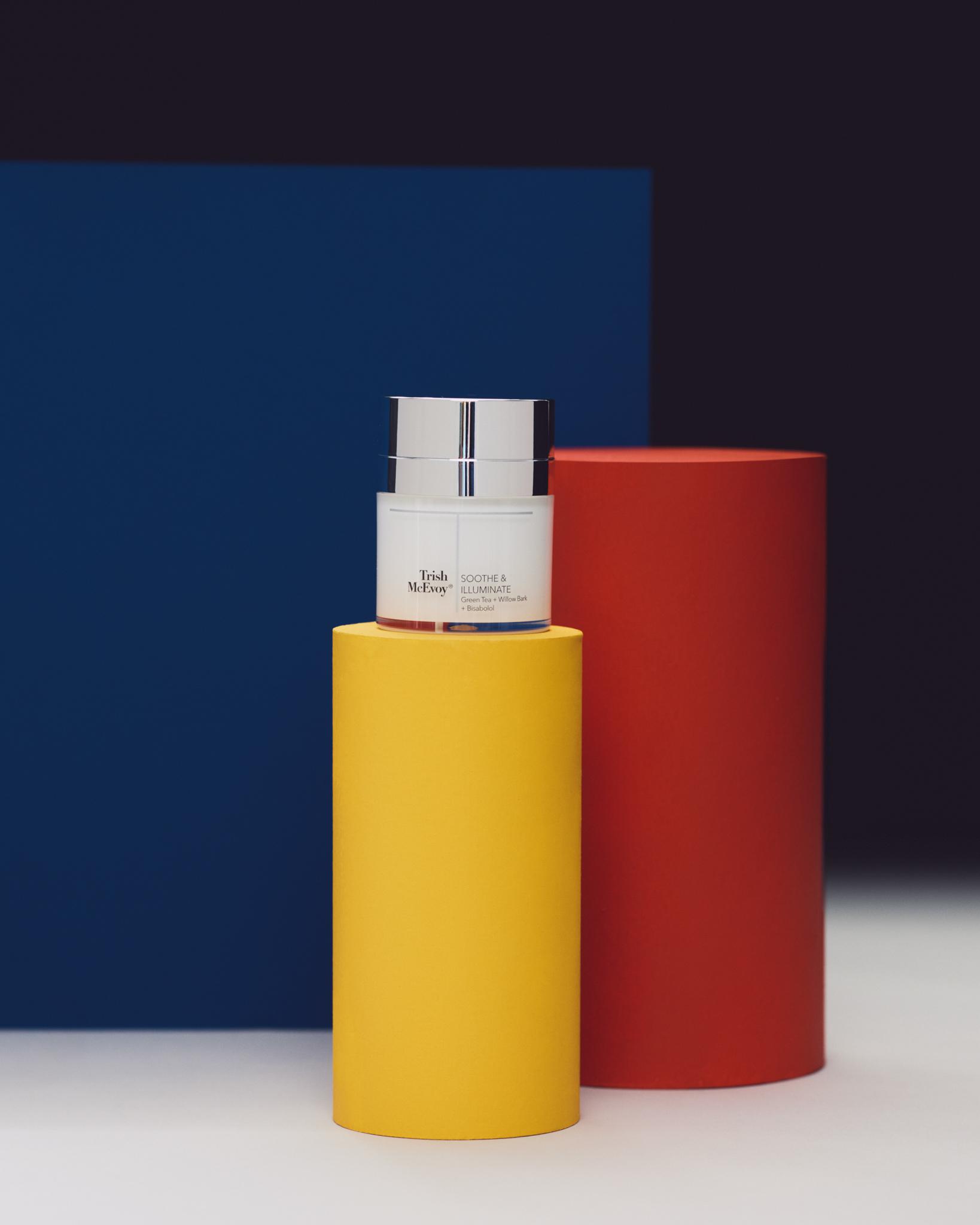
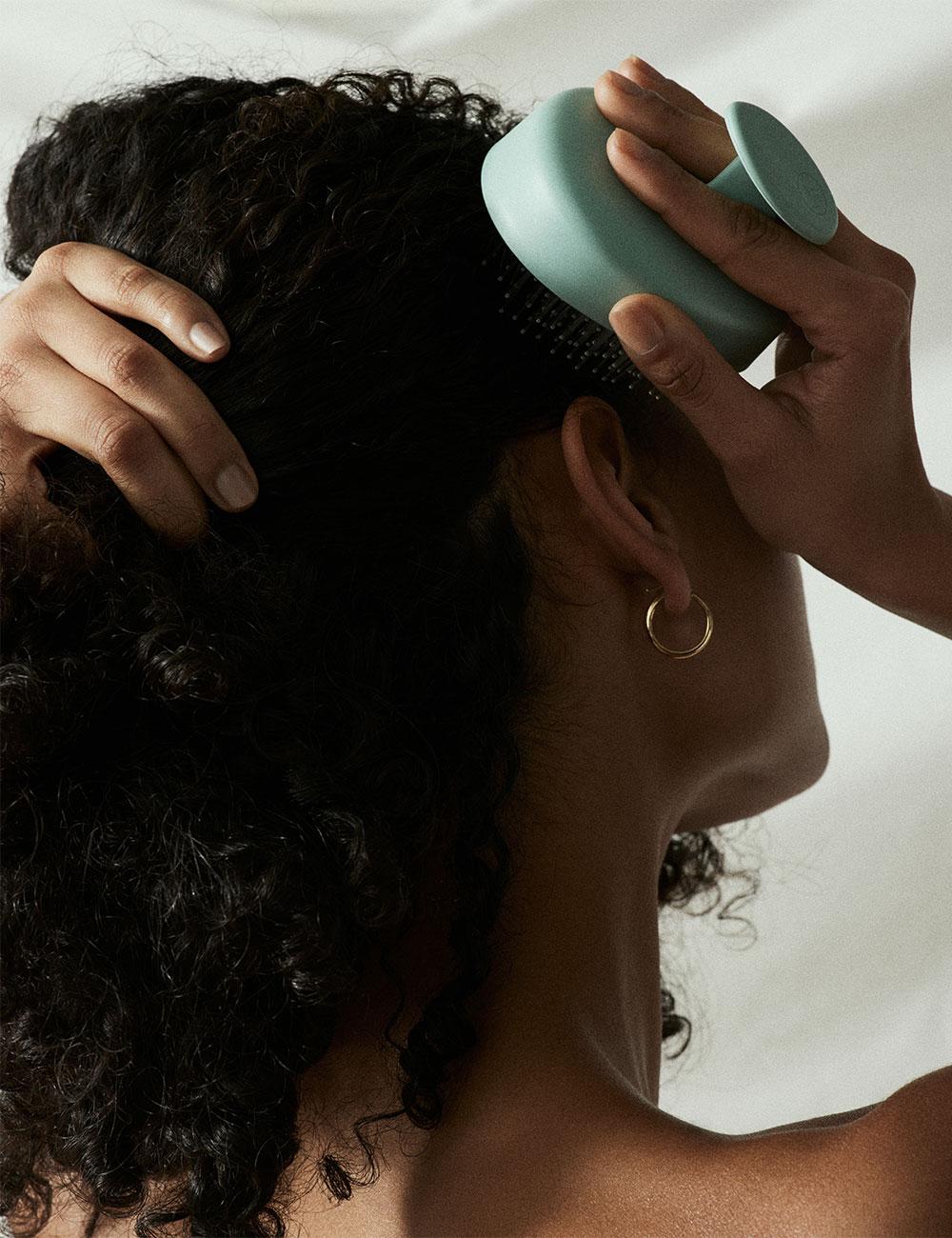
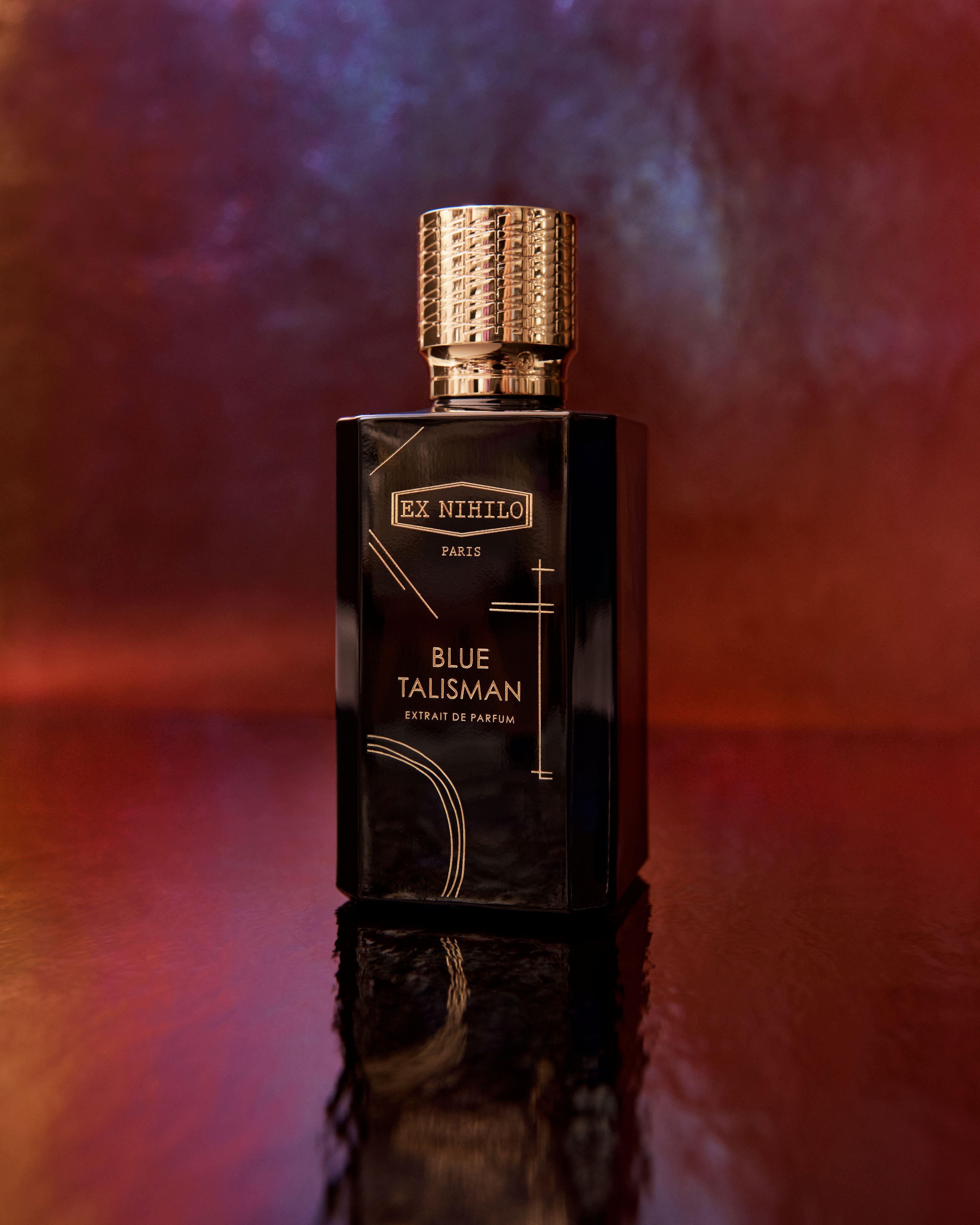
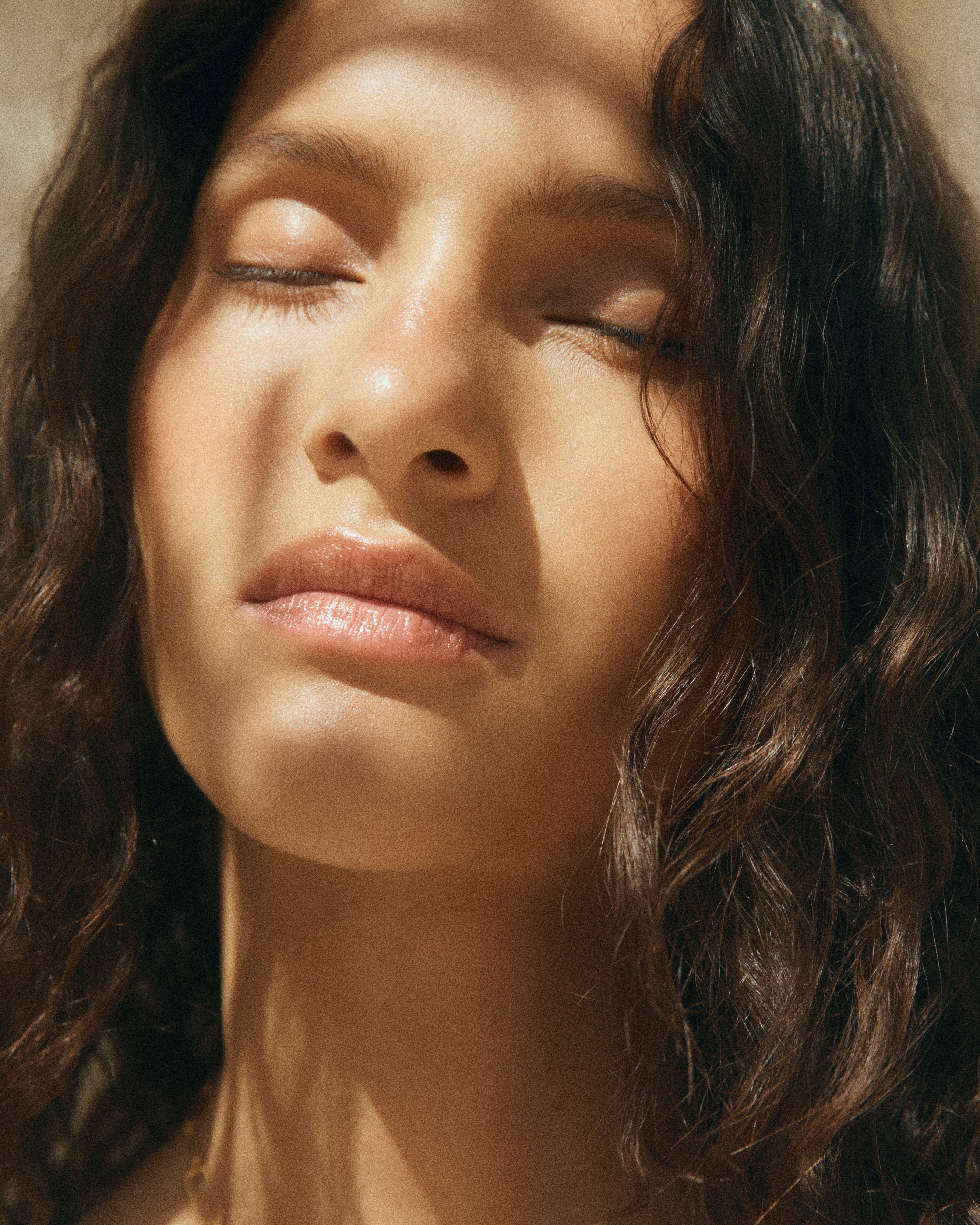
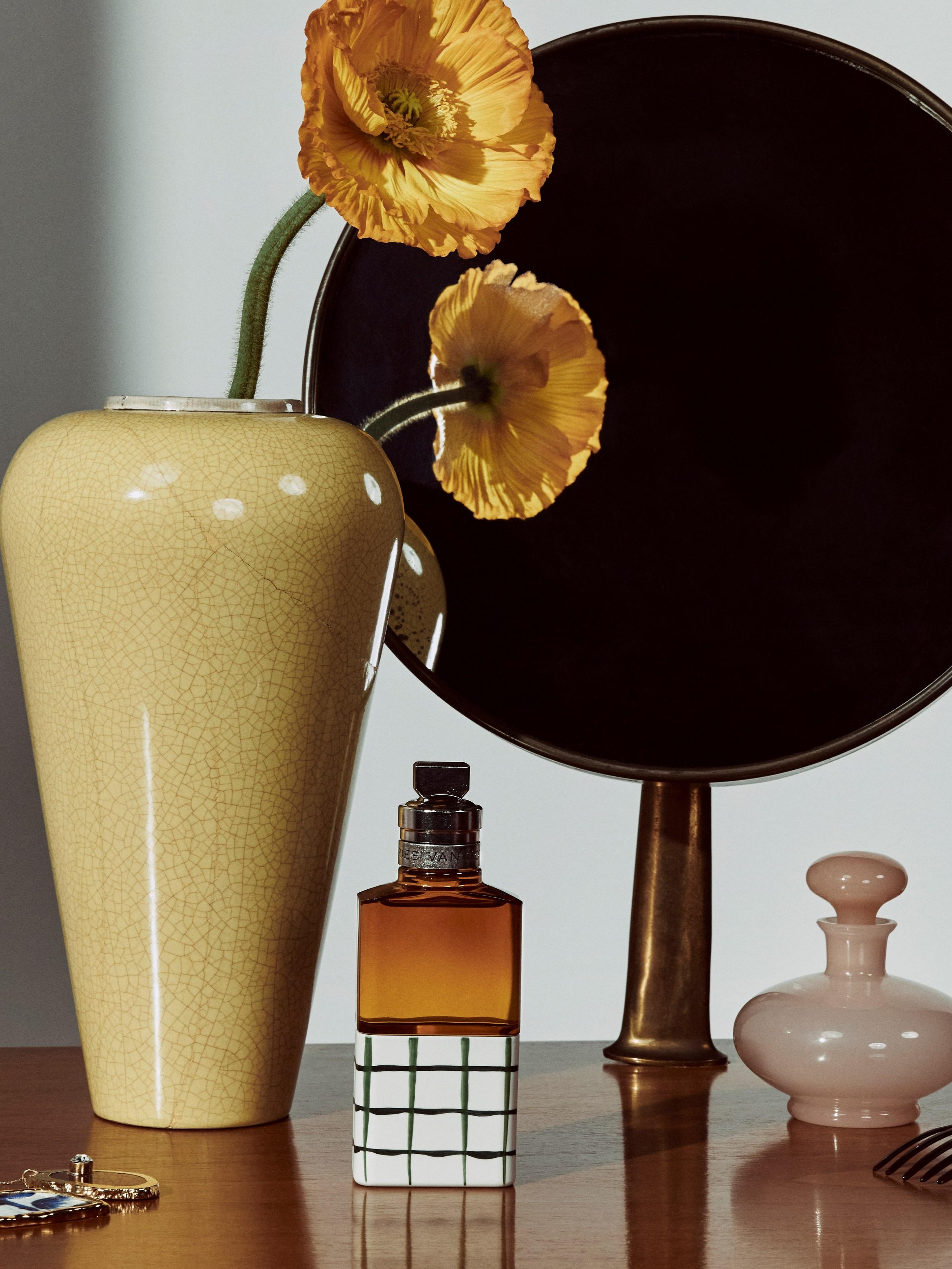
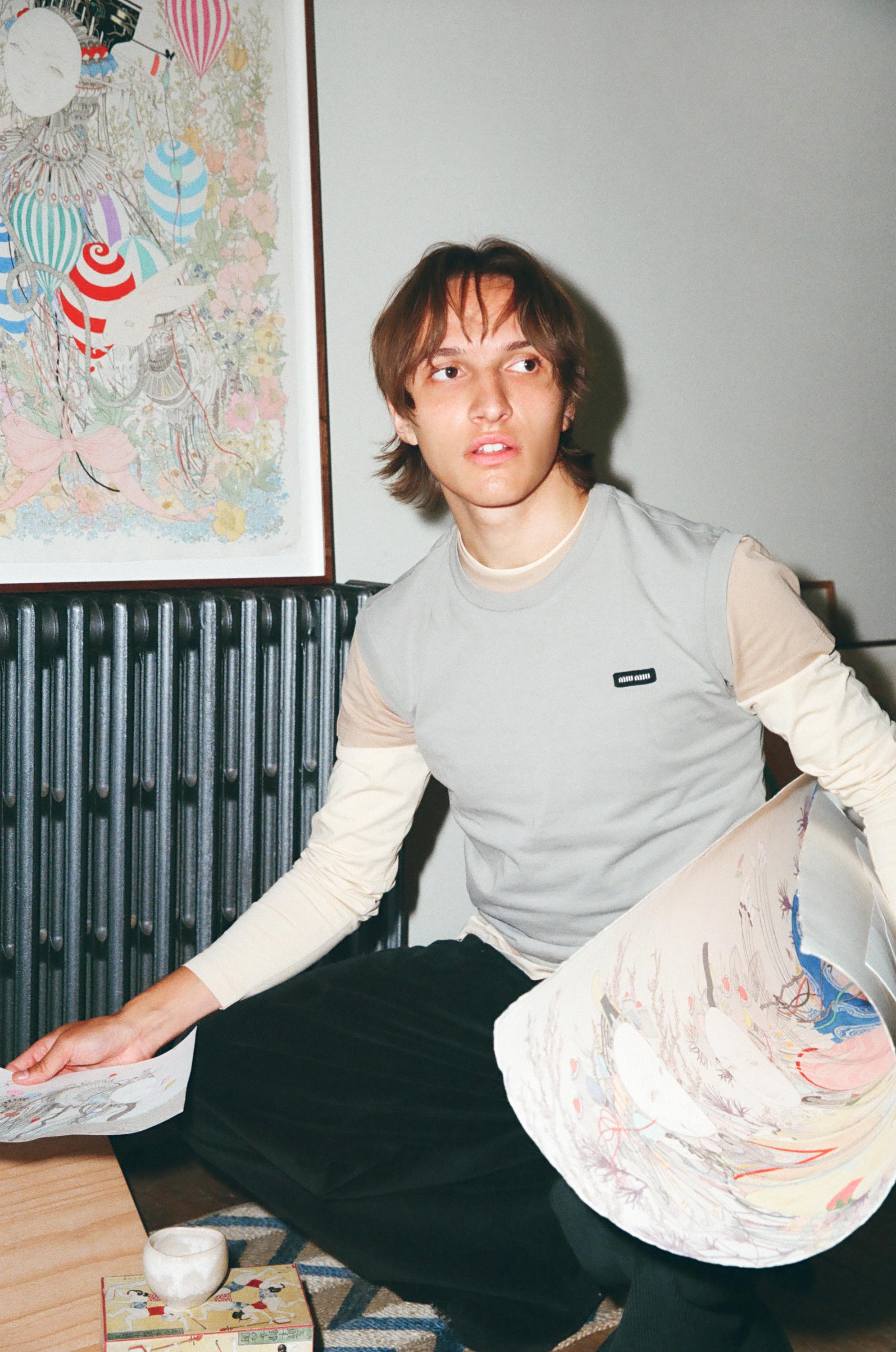
?fmt=auto&qlt=default)
